


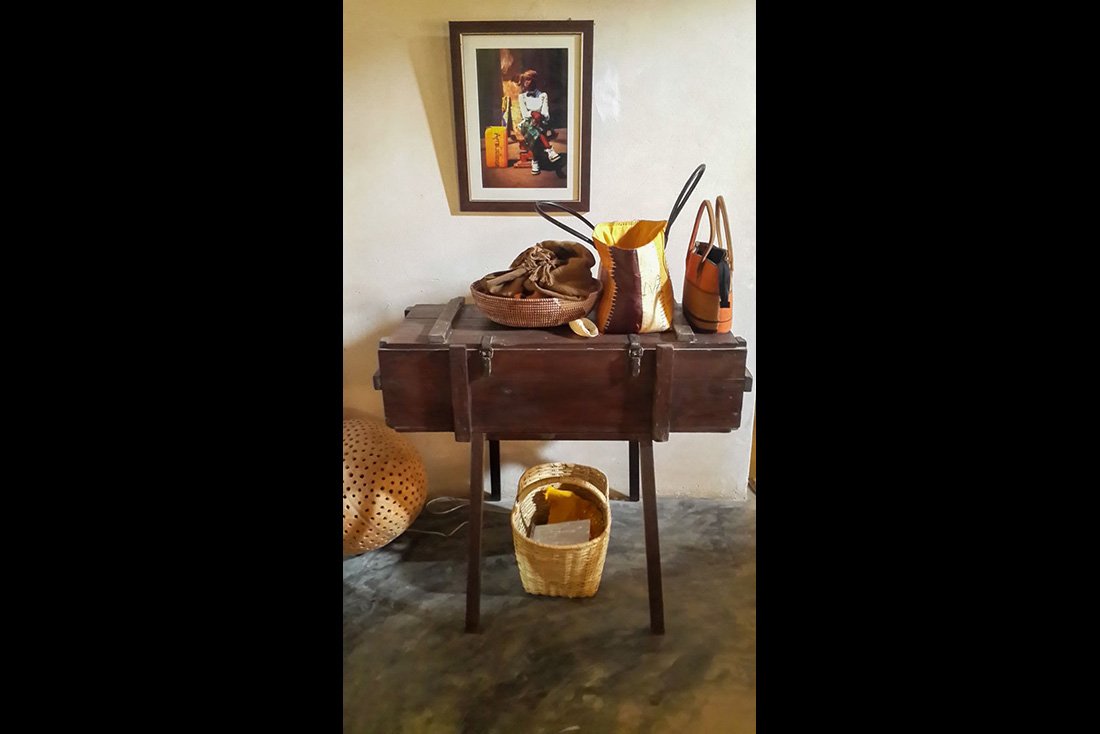
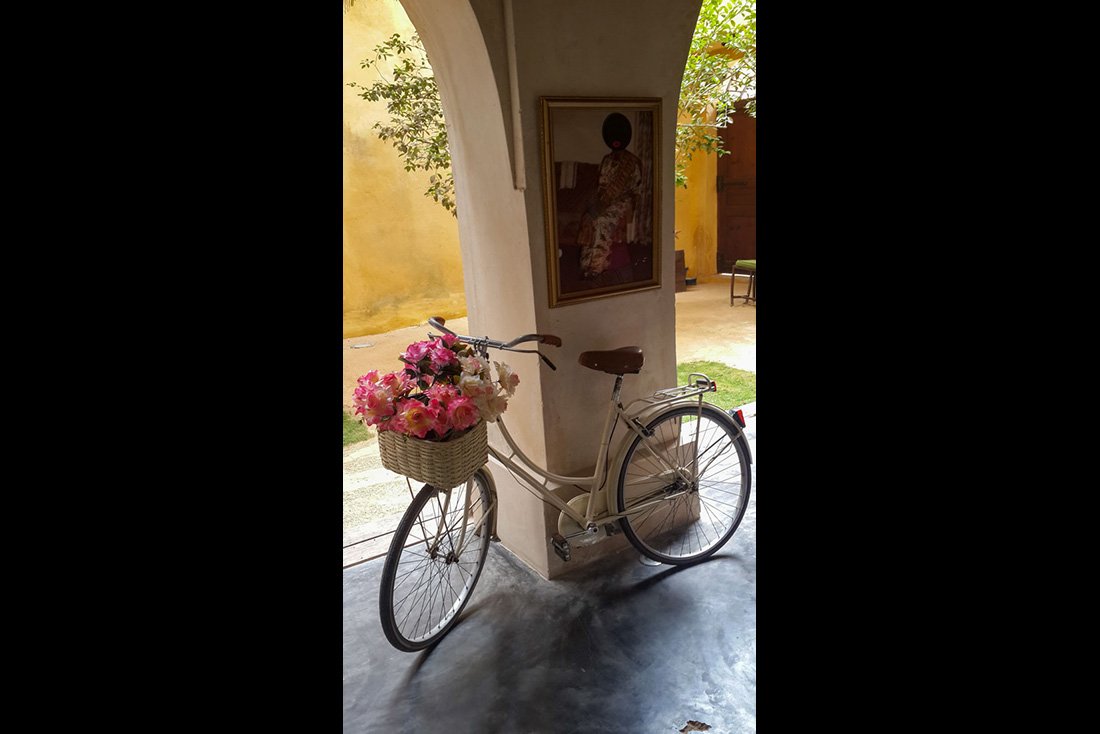
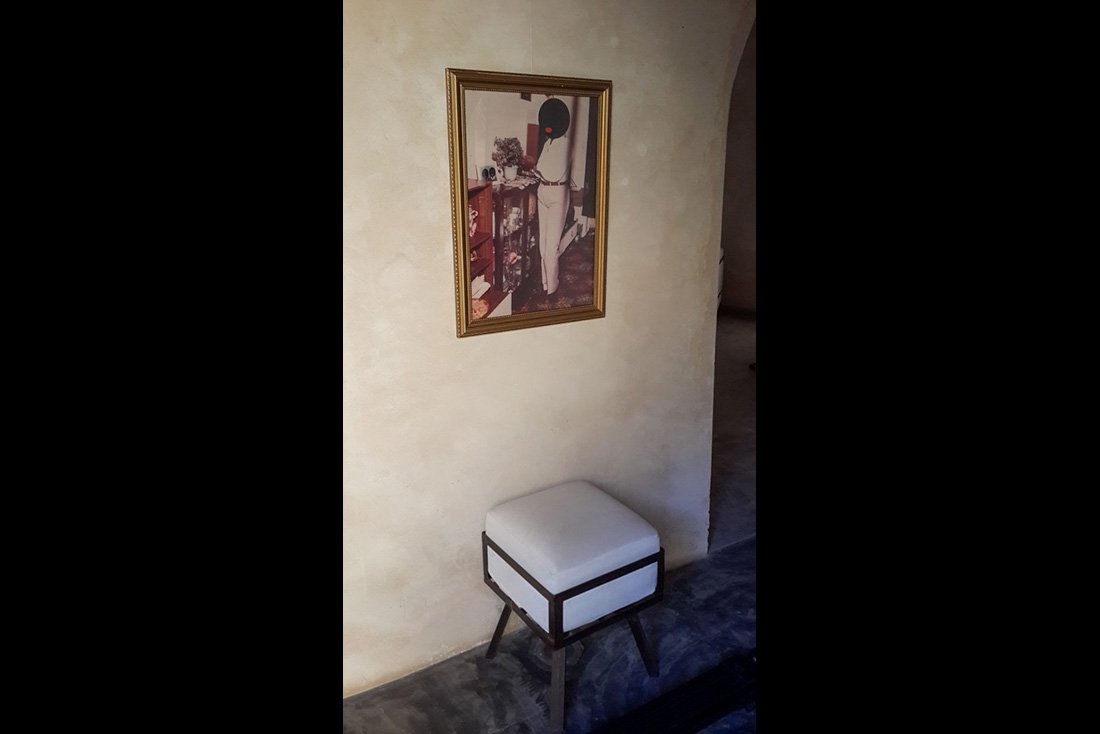
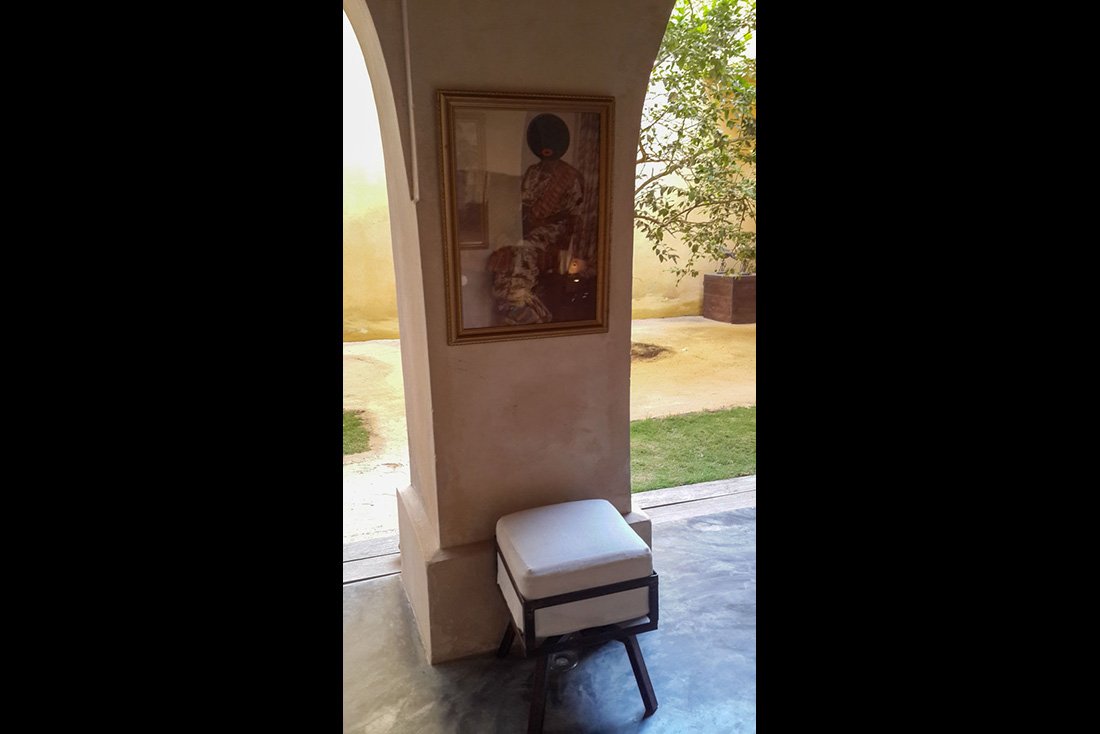
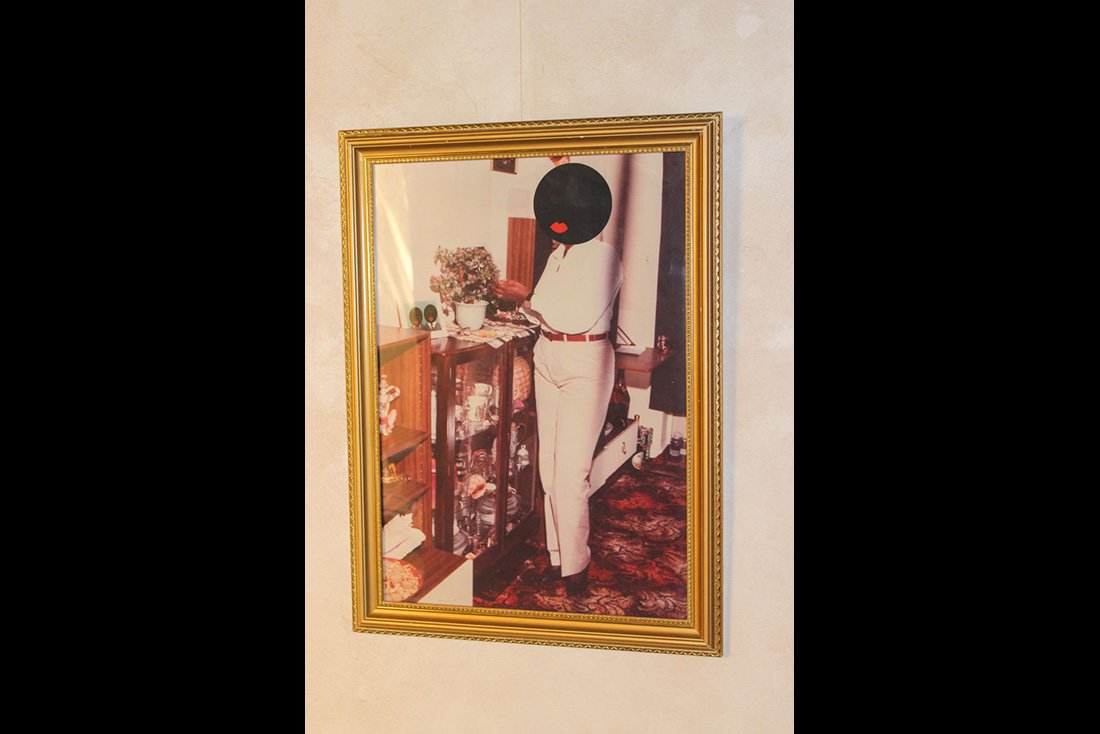




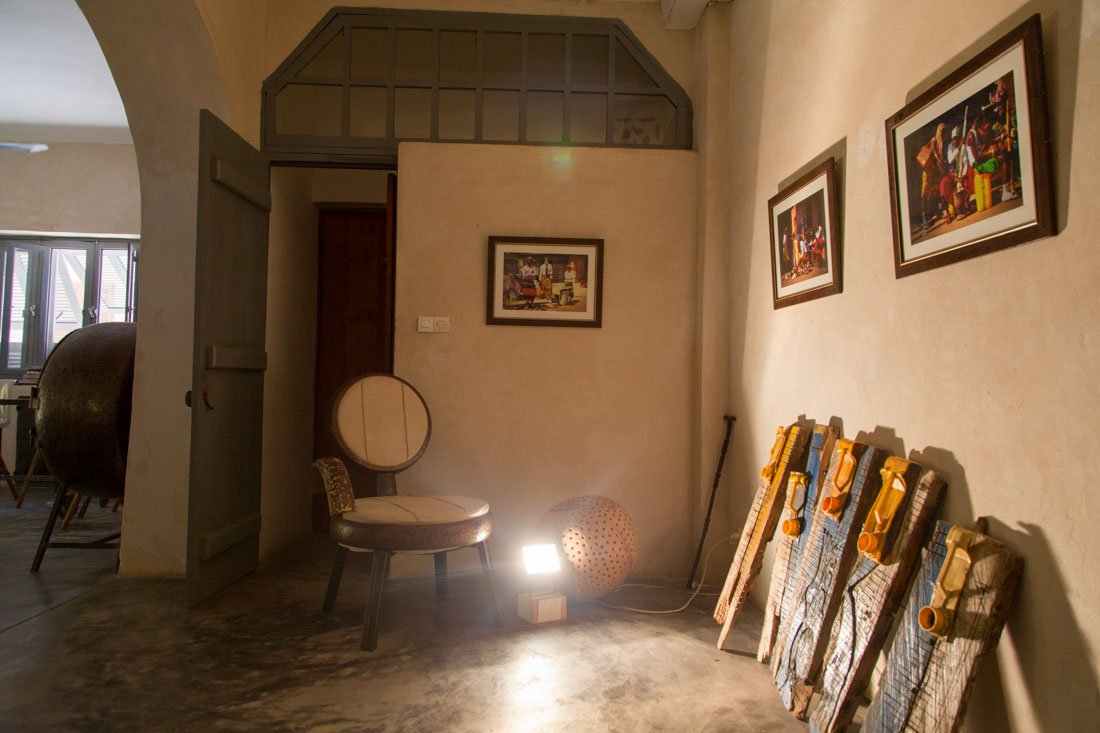
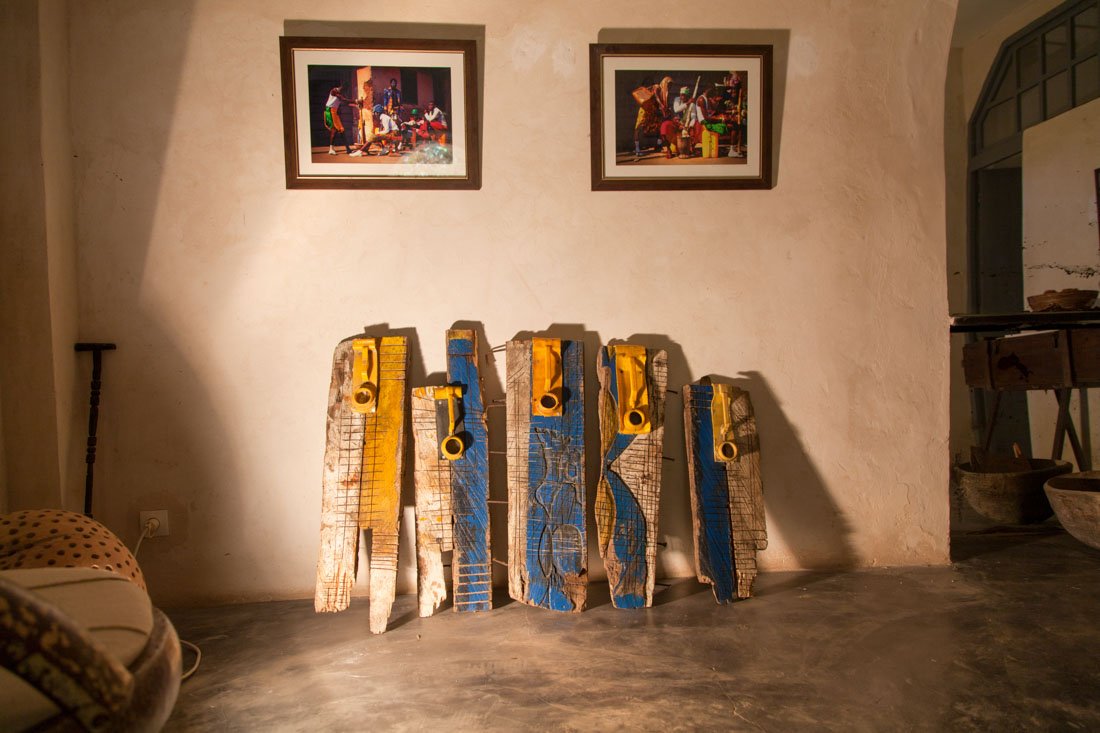
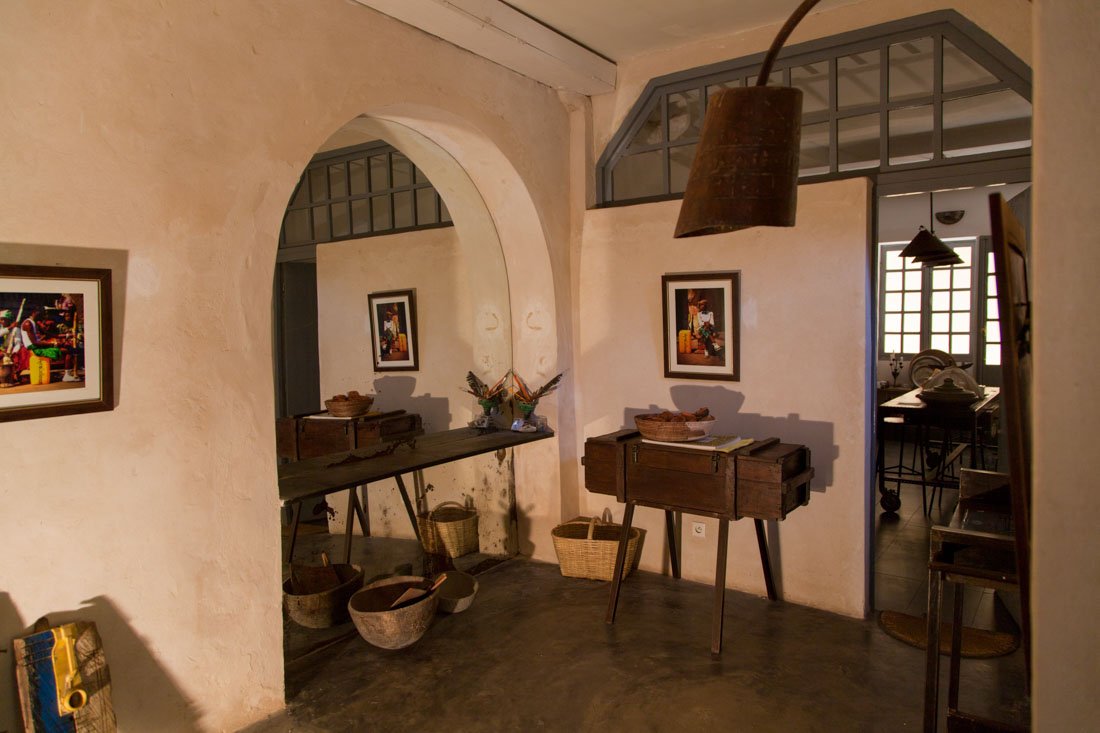
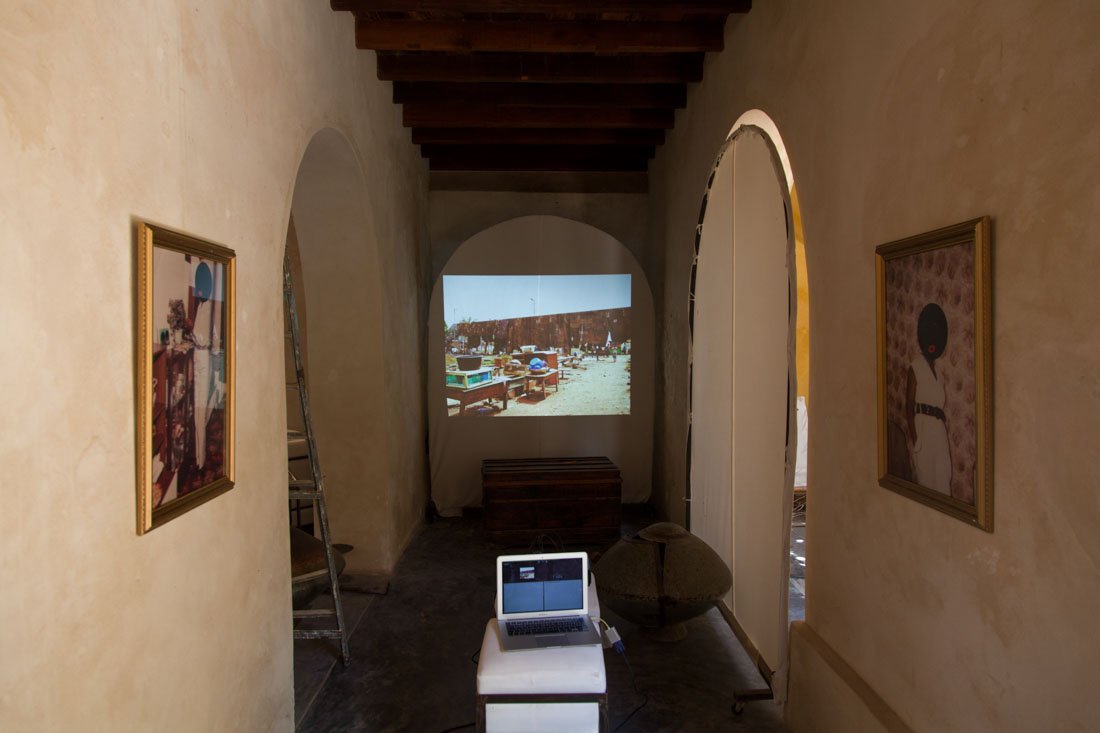
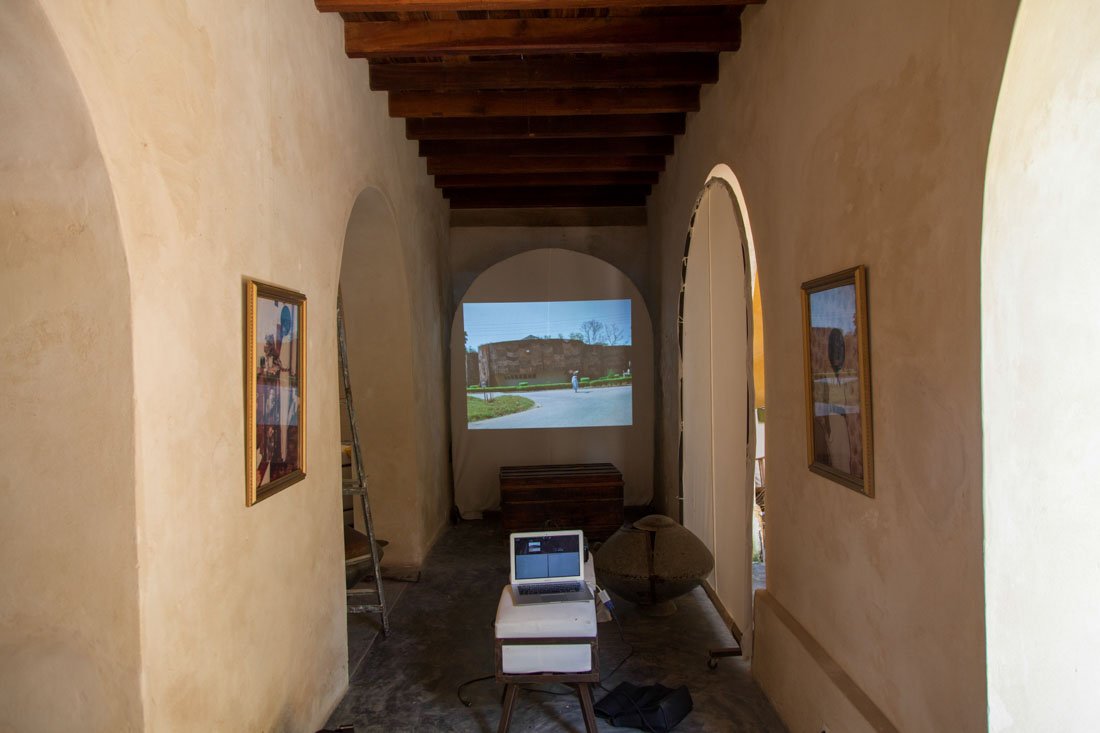




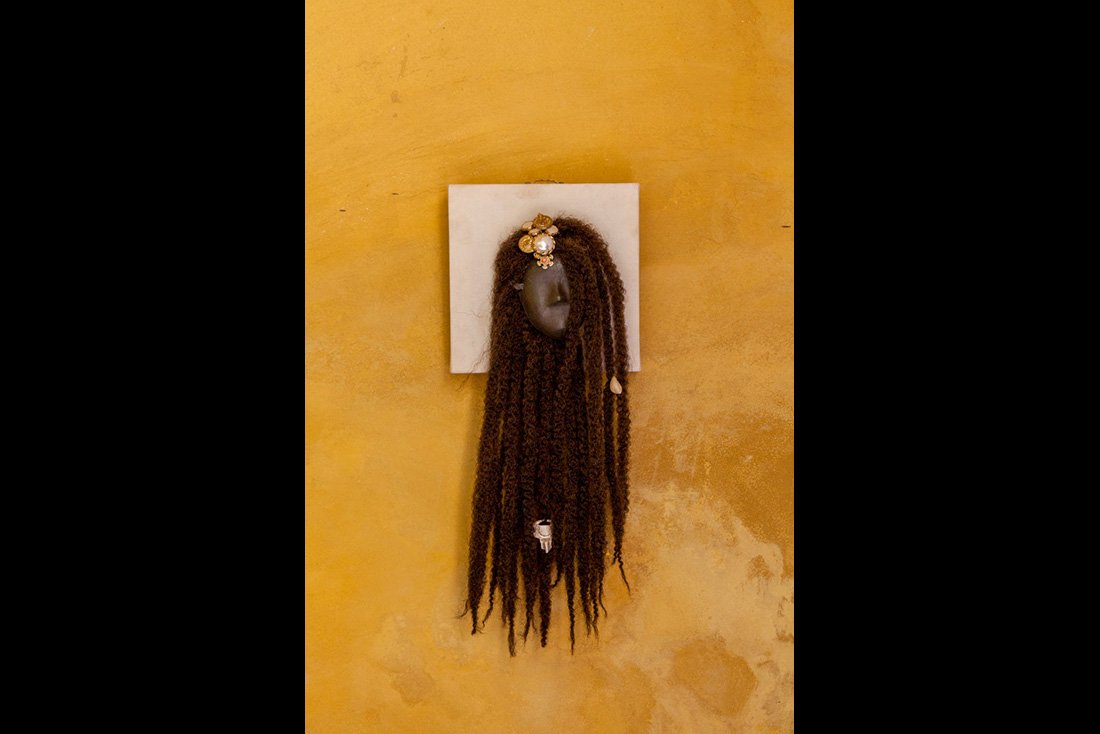


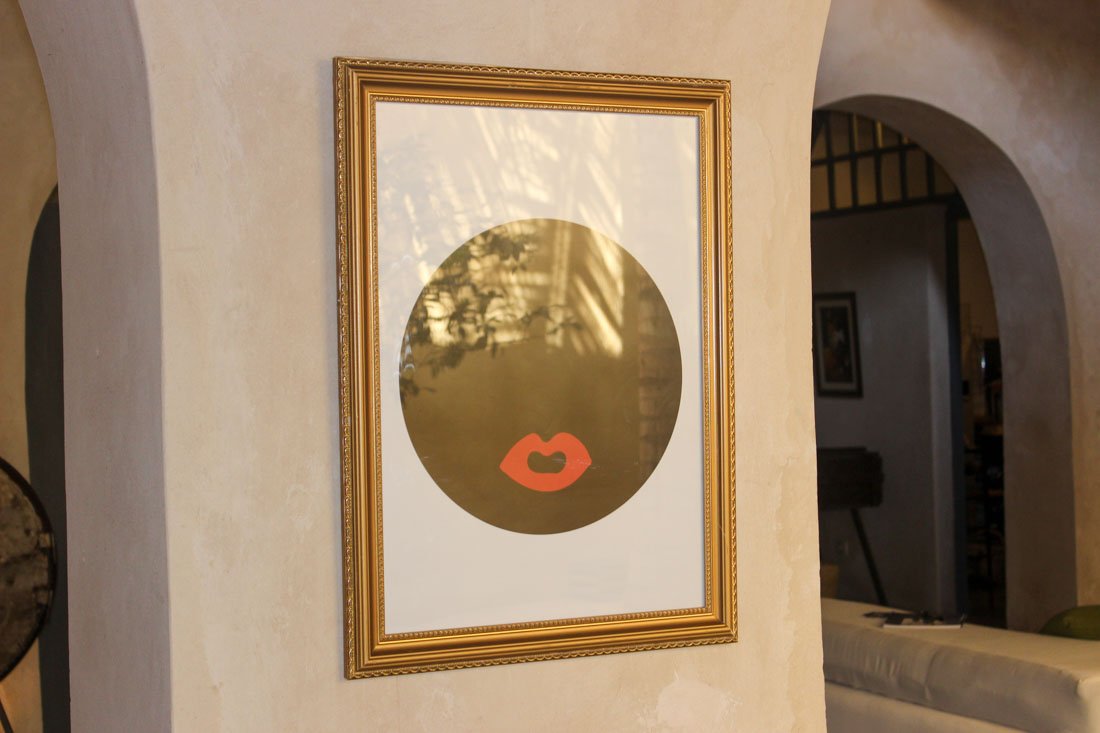

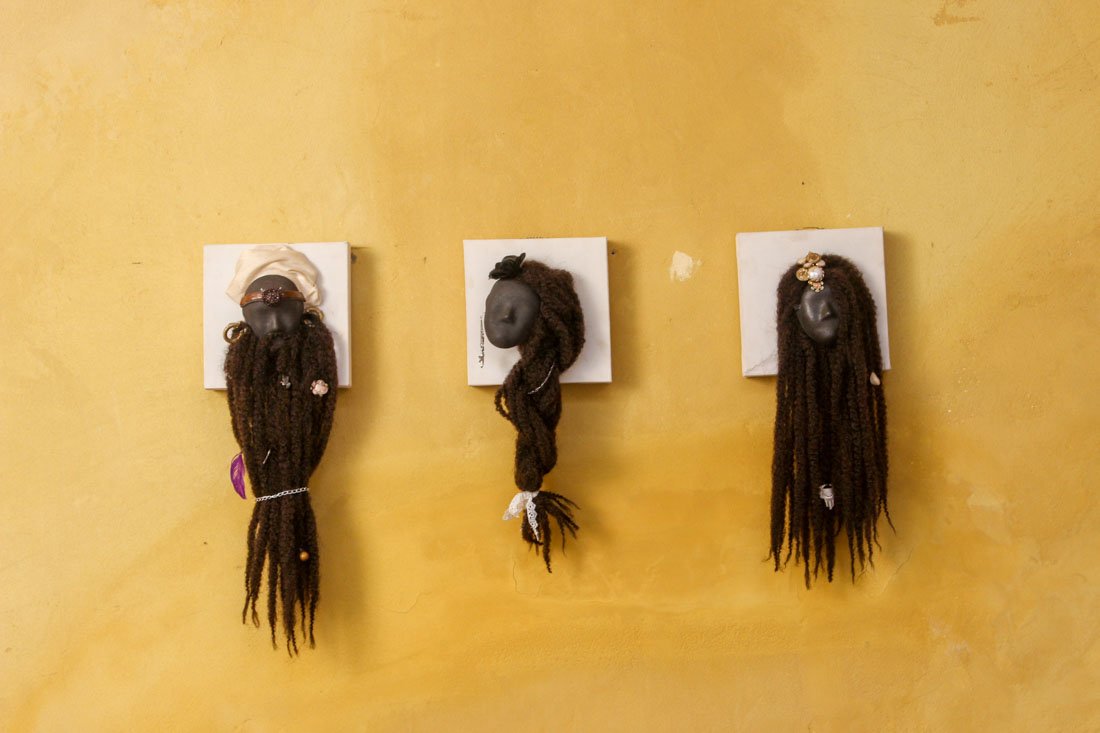

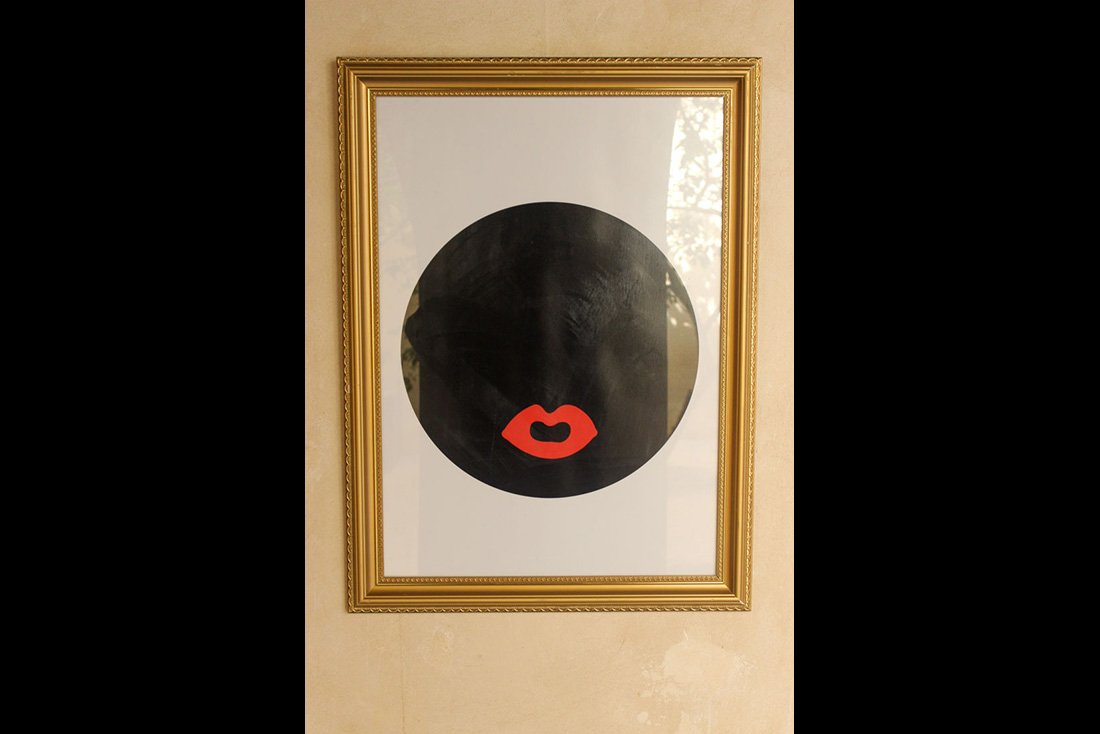
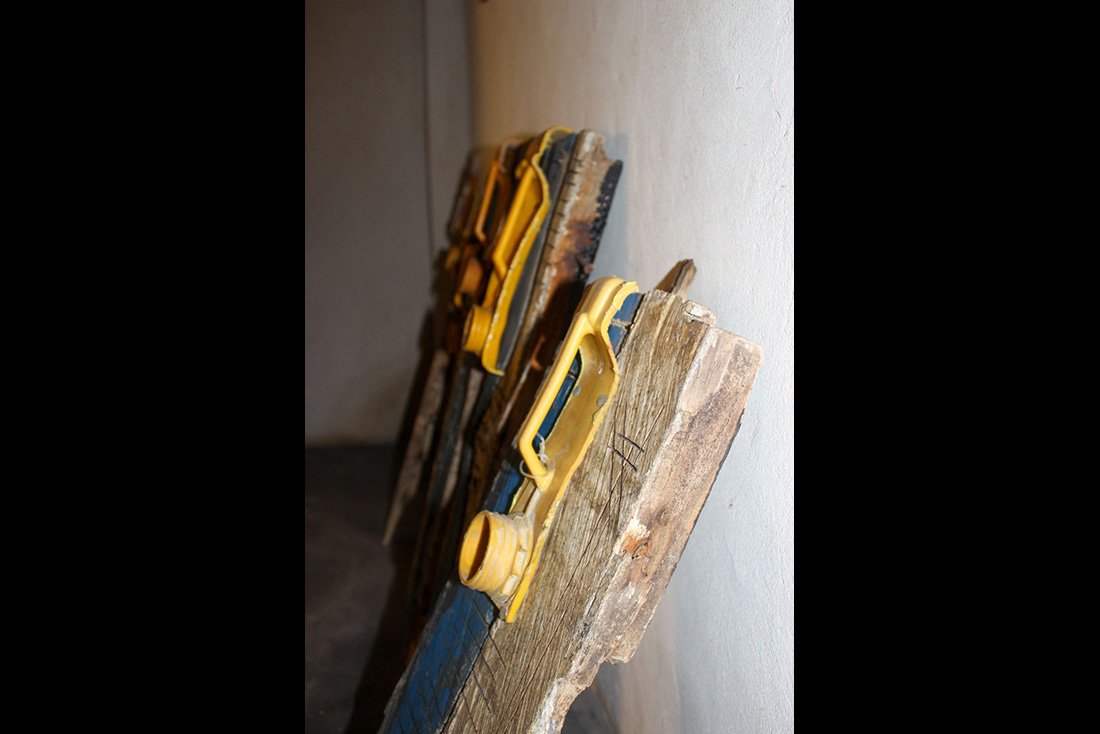
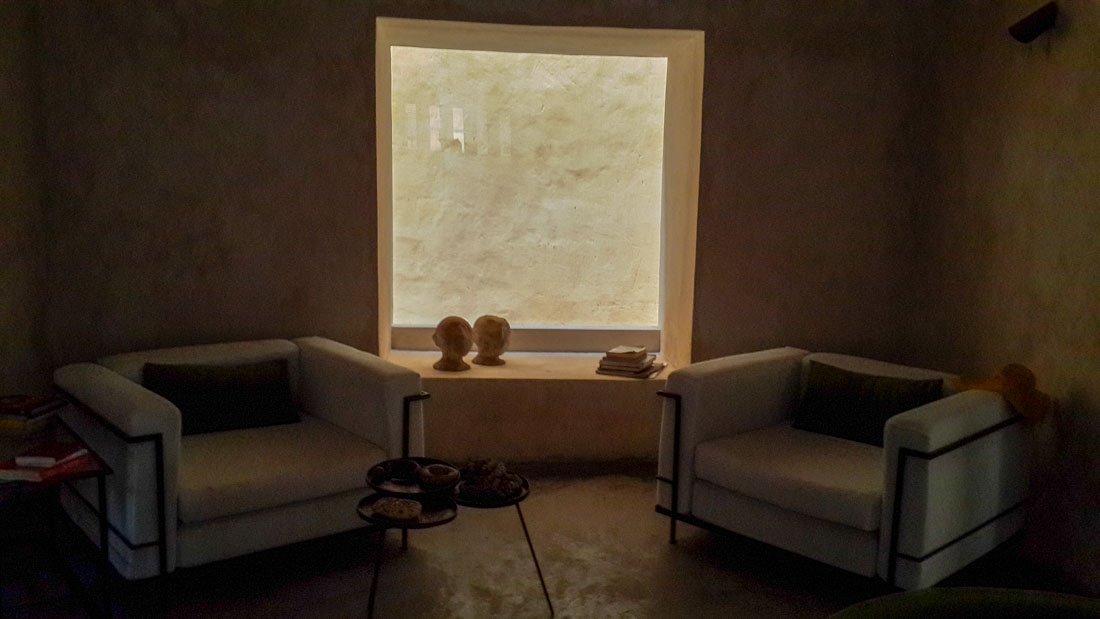
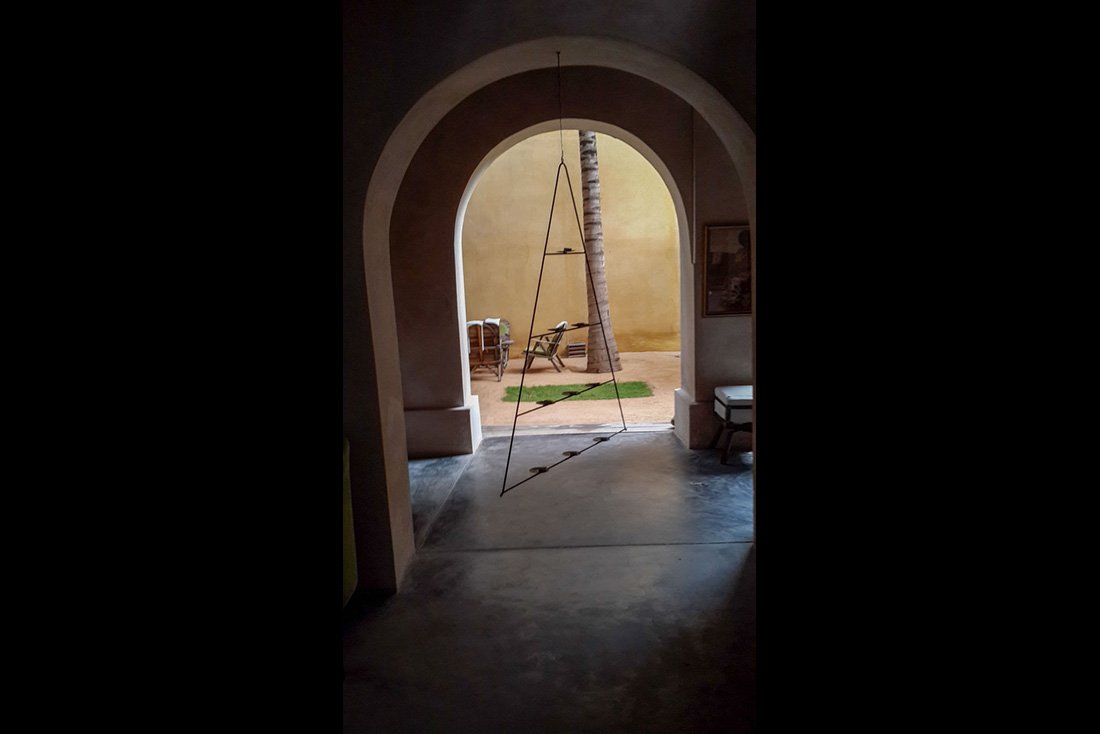

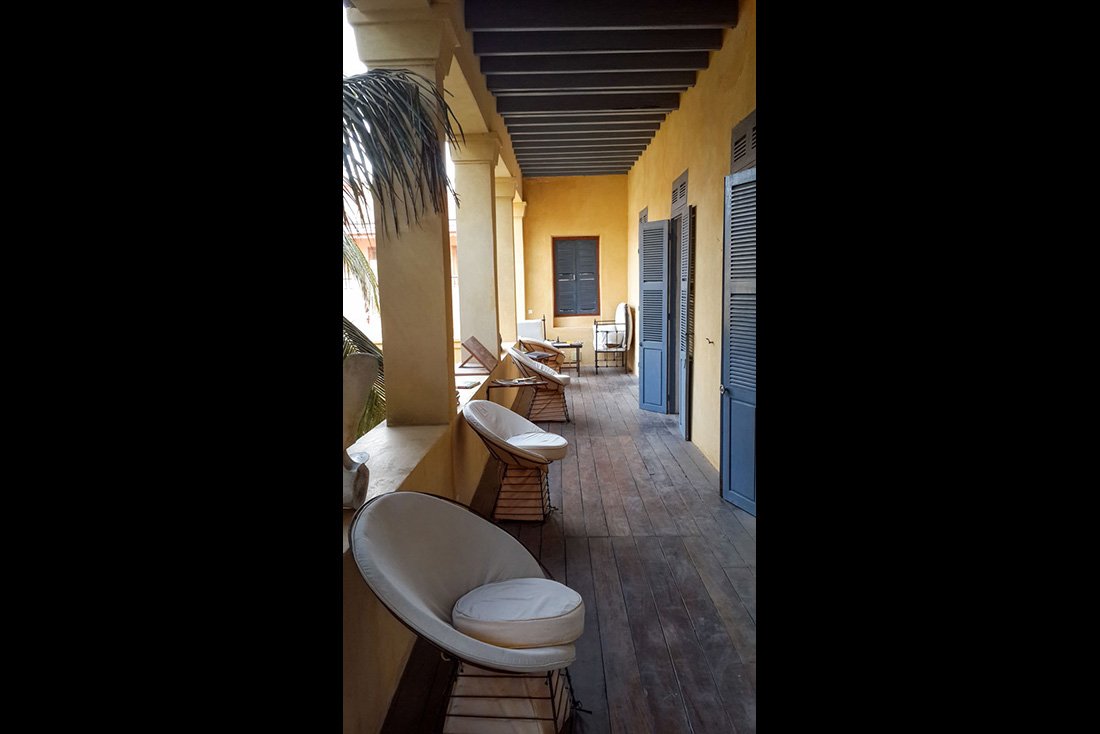
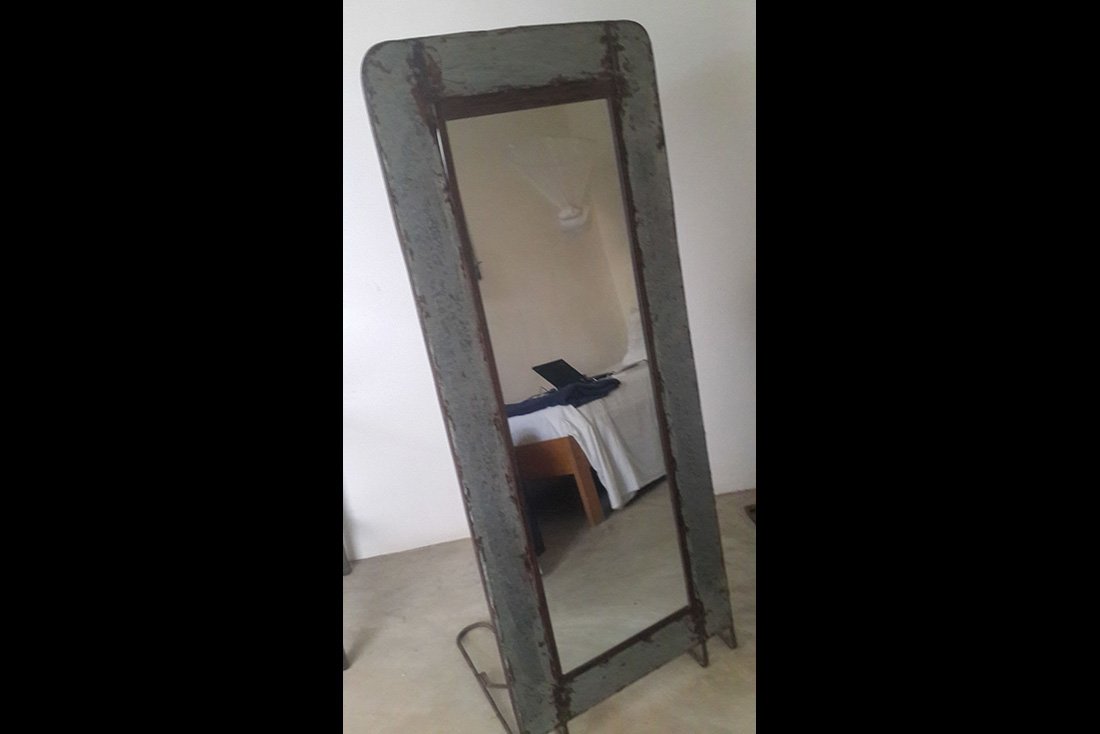

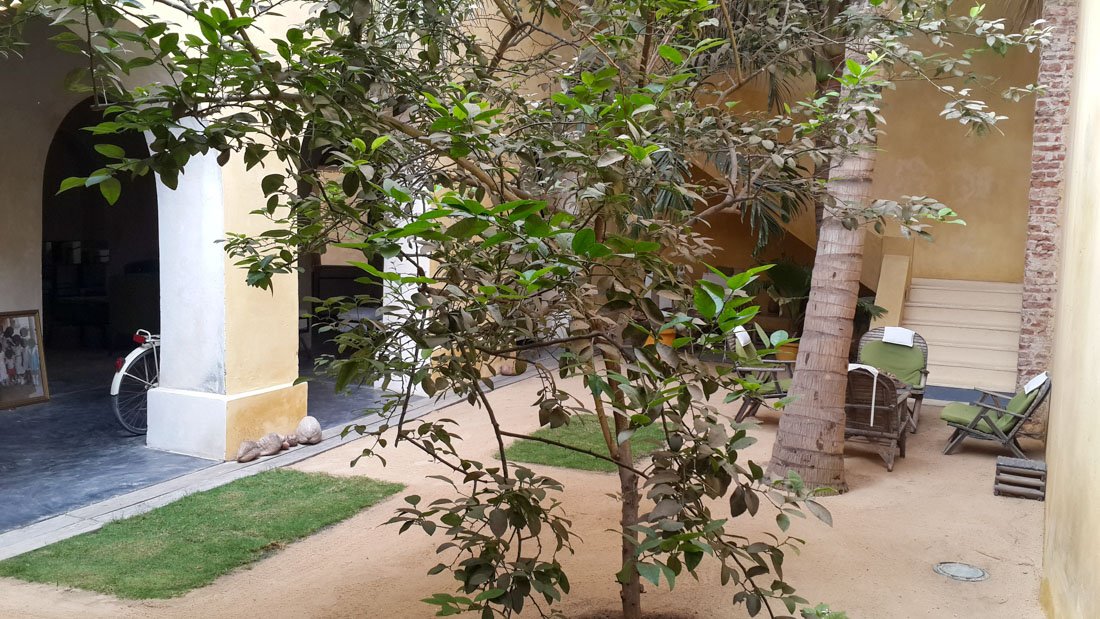



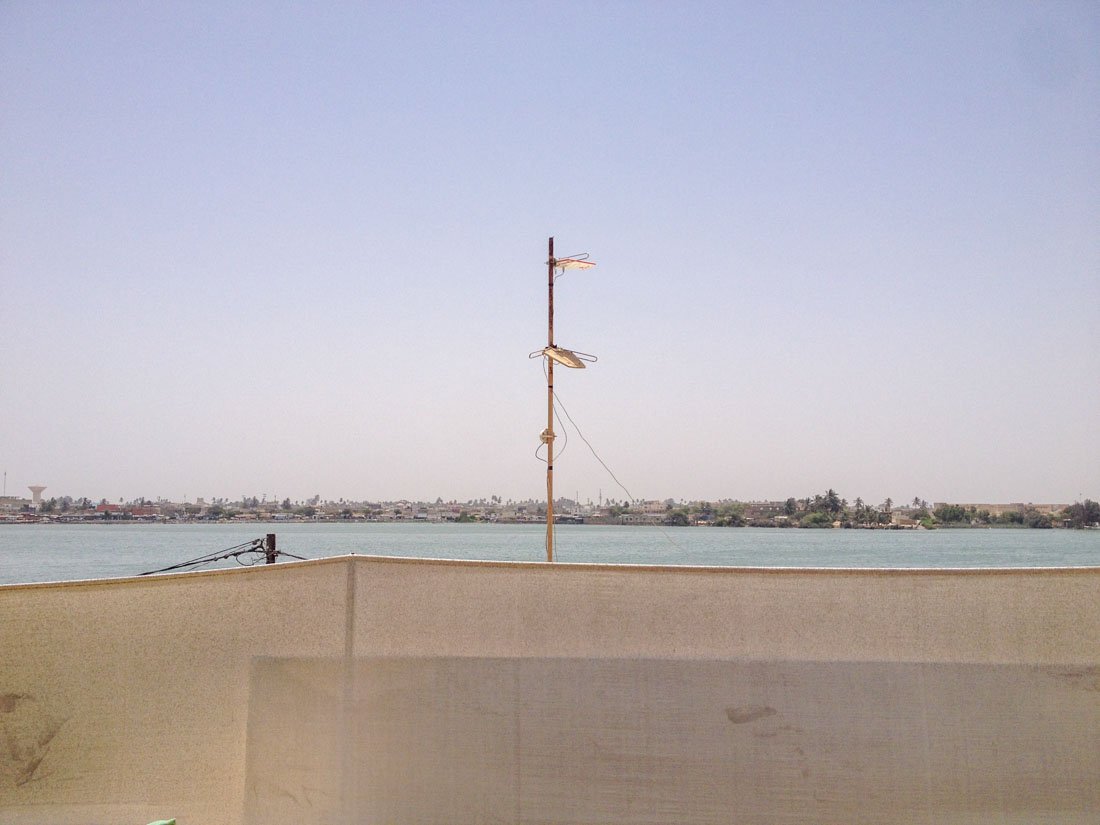
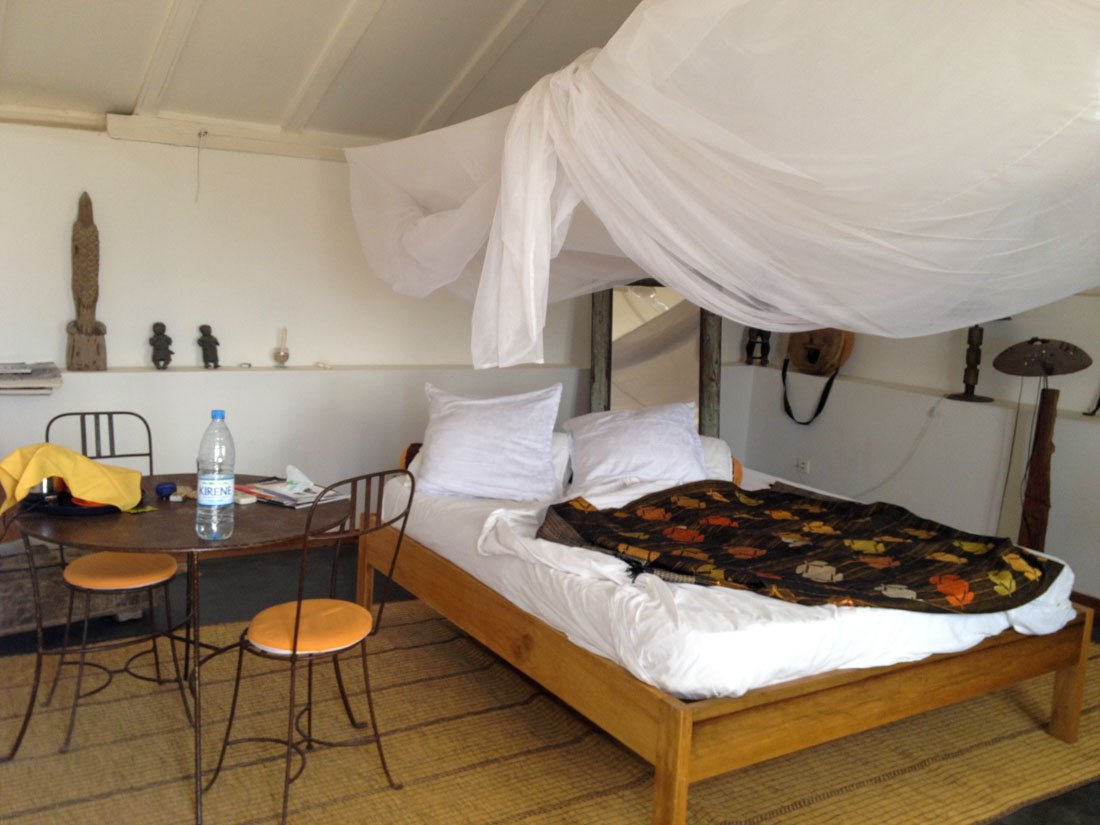
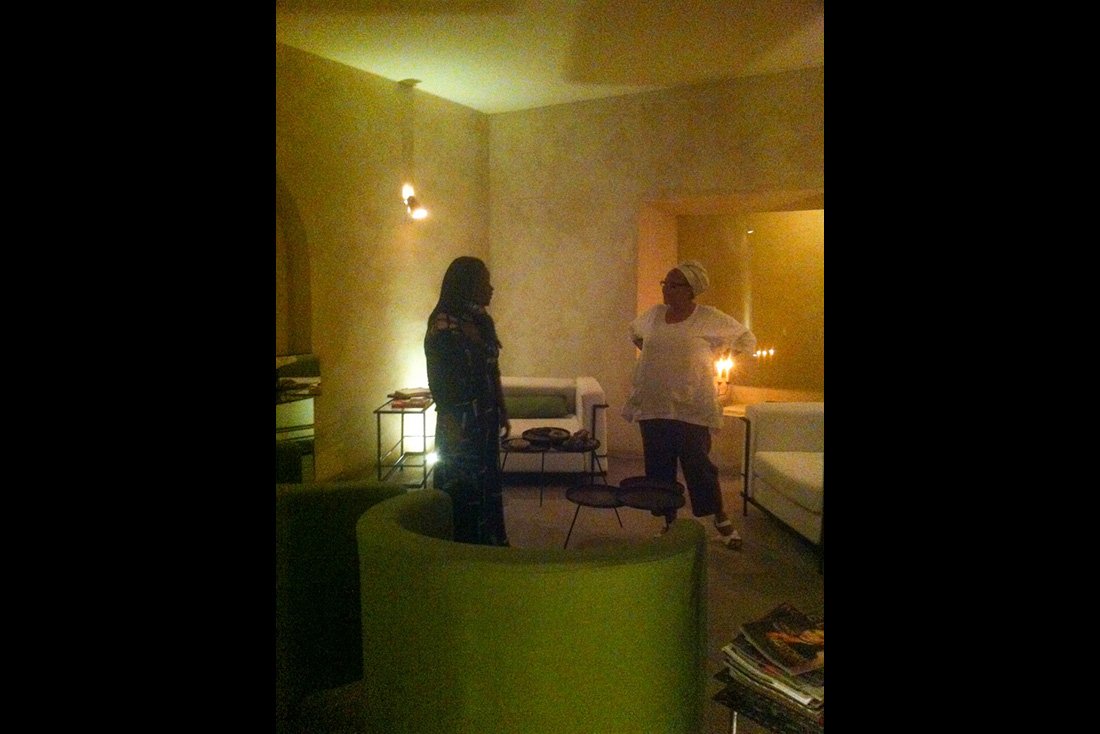


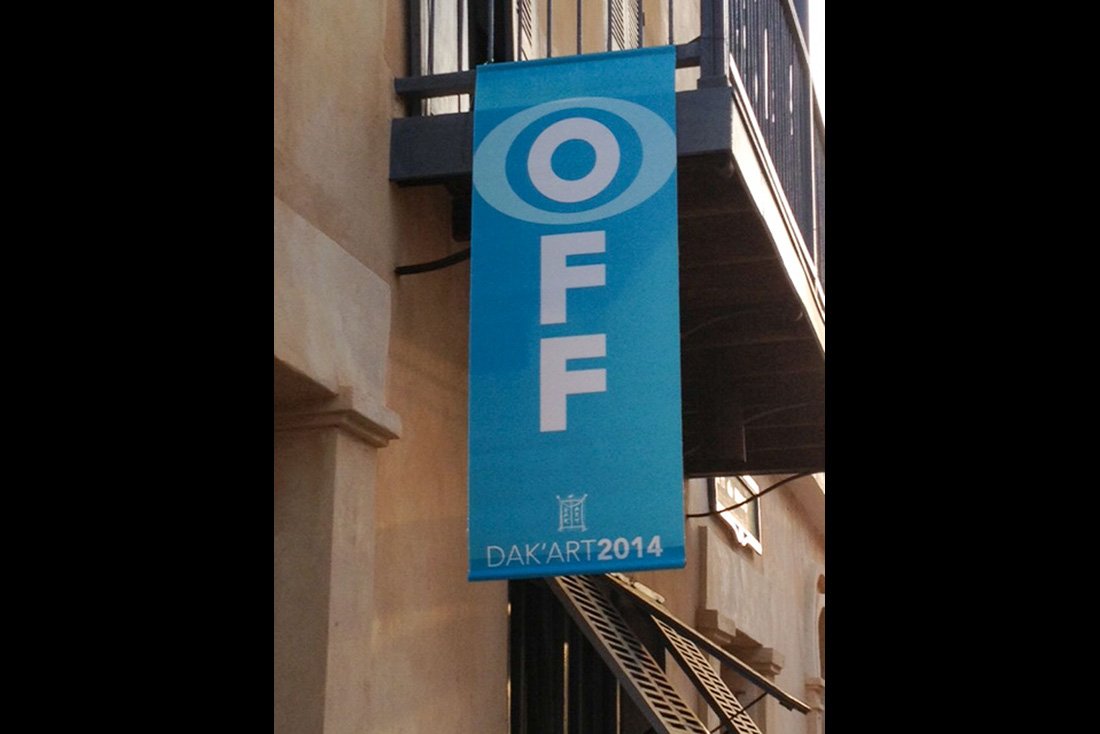

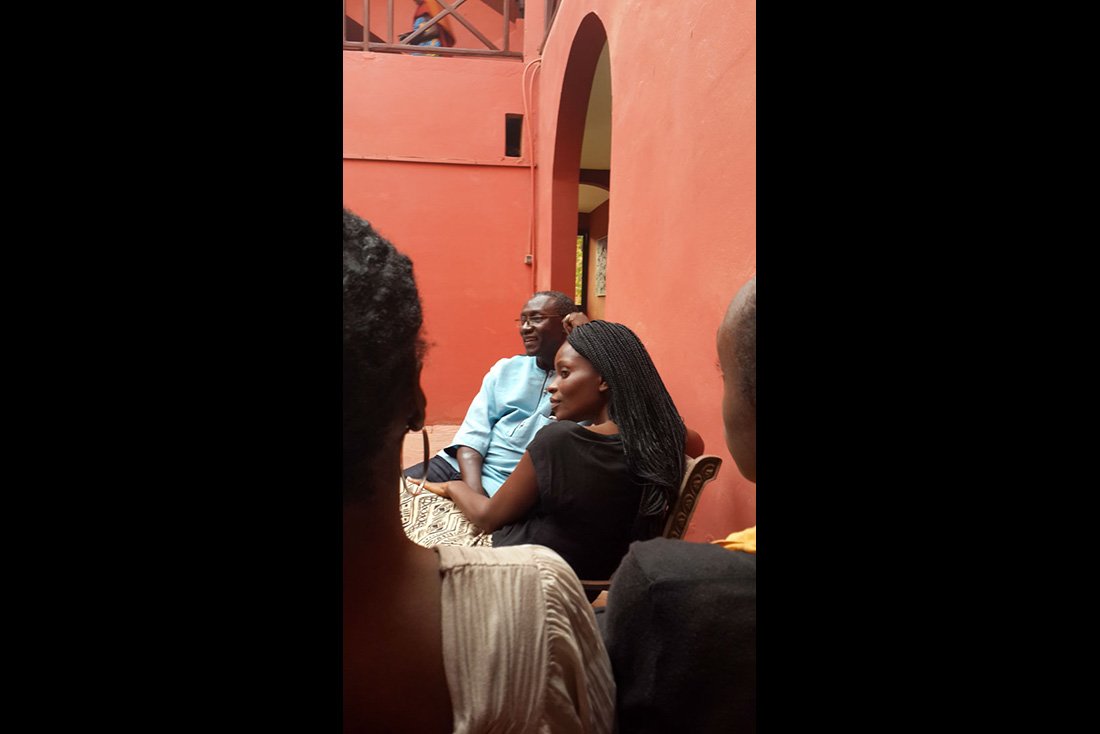

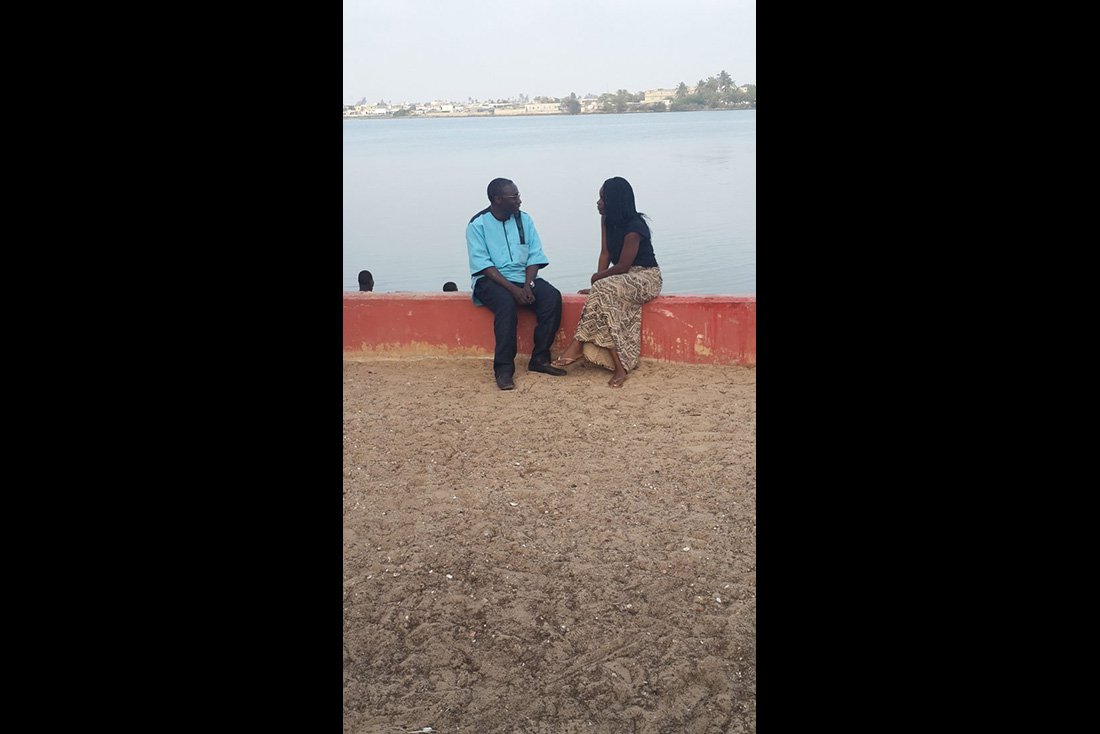
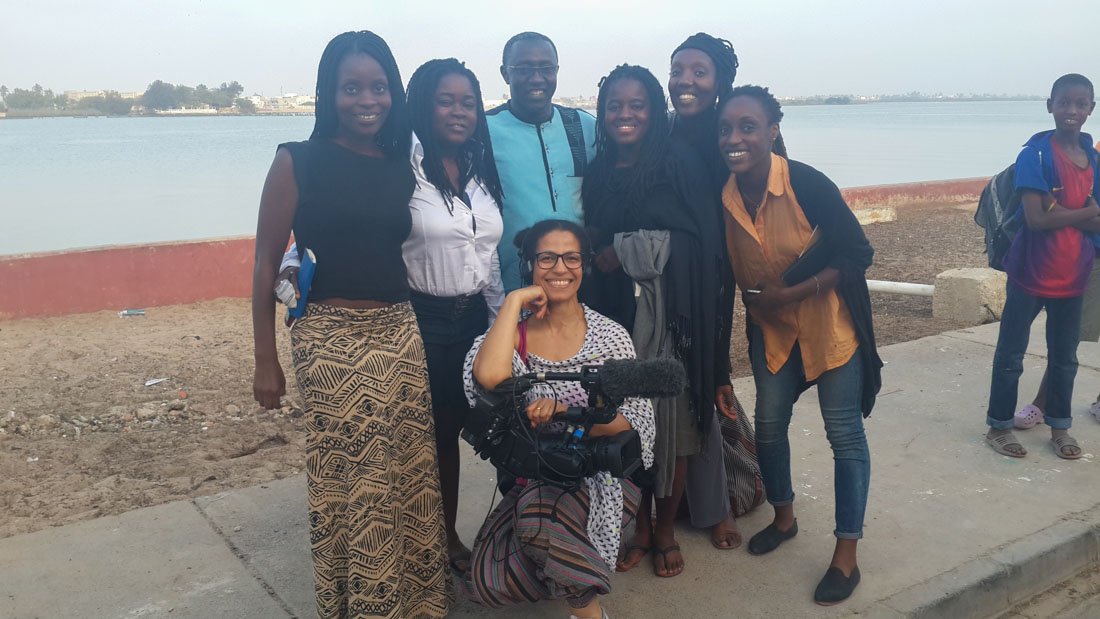
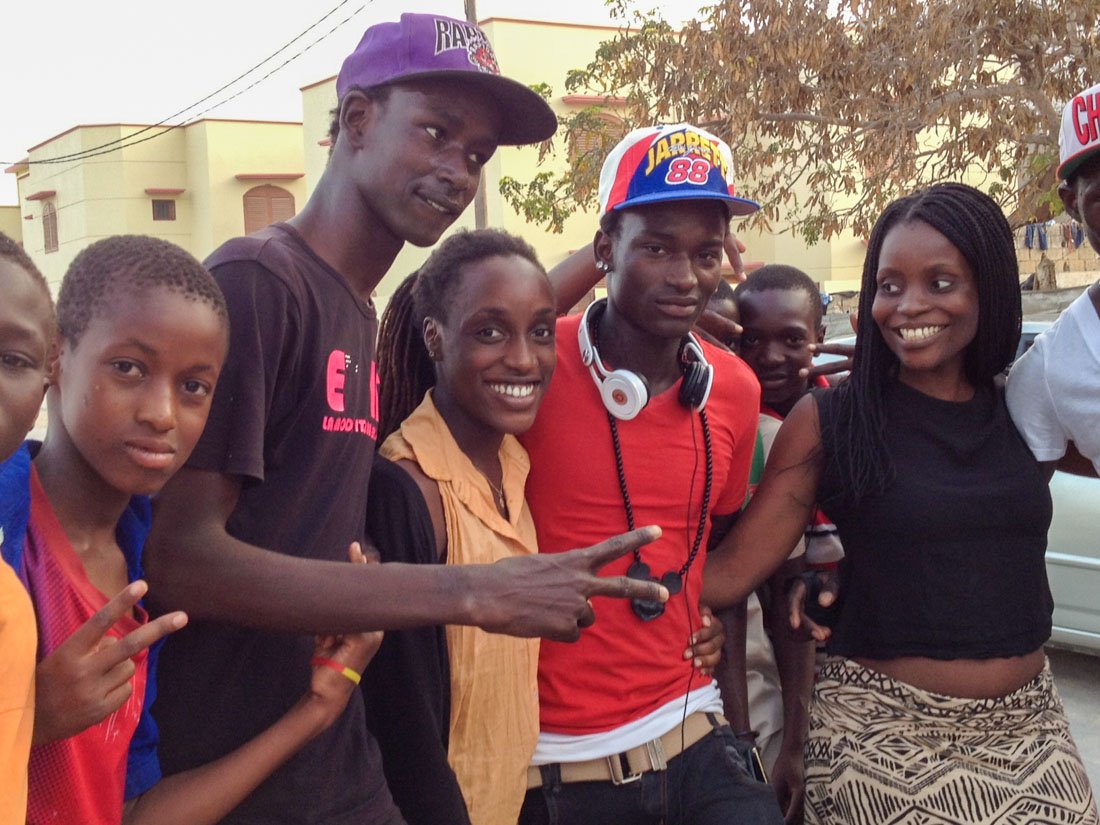
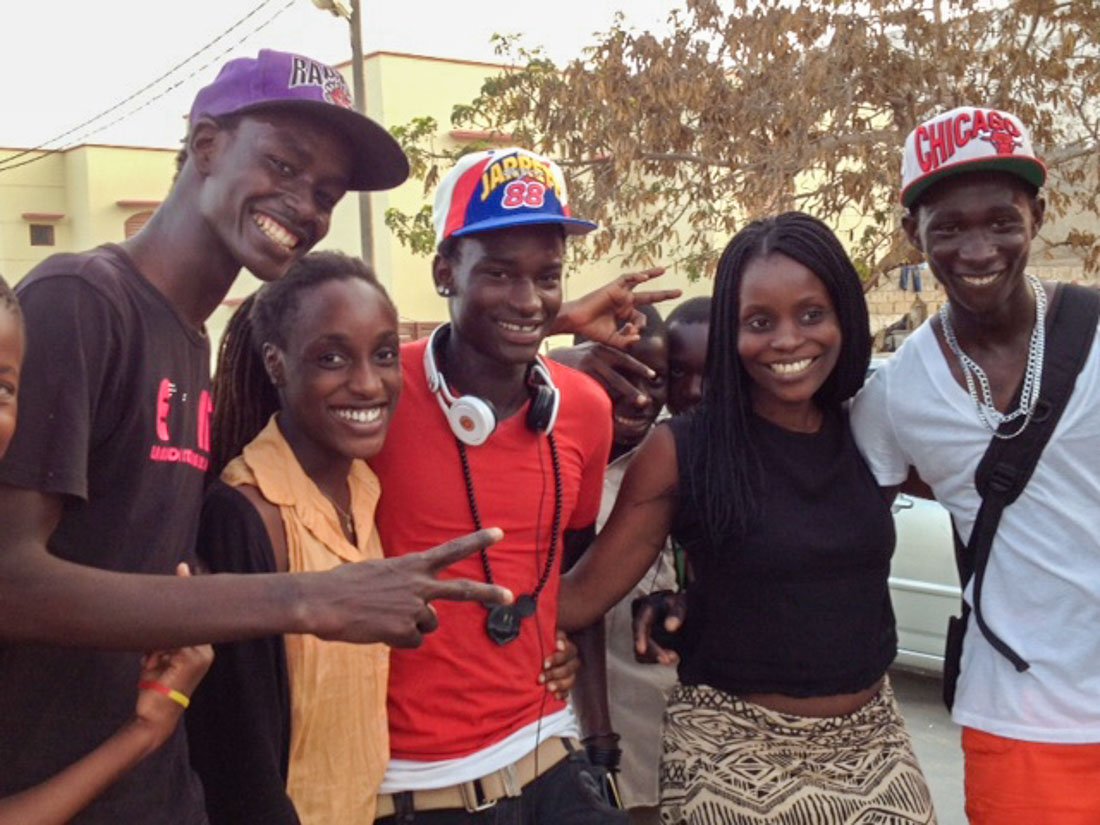
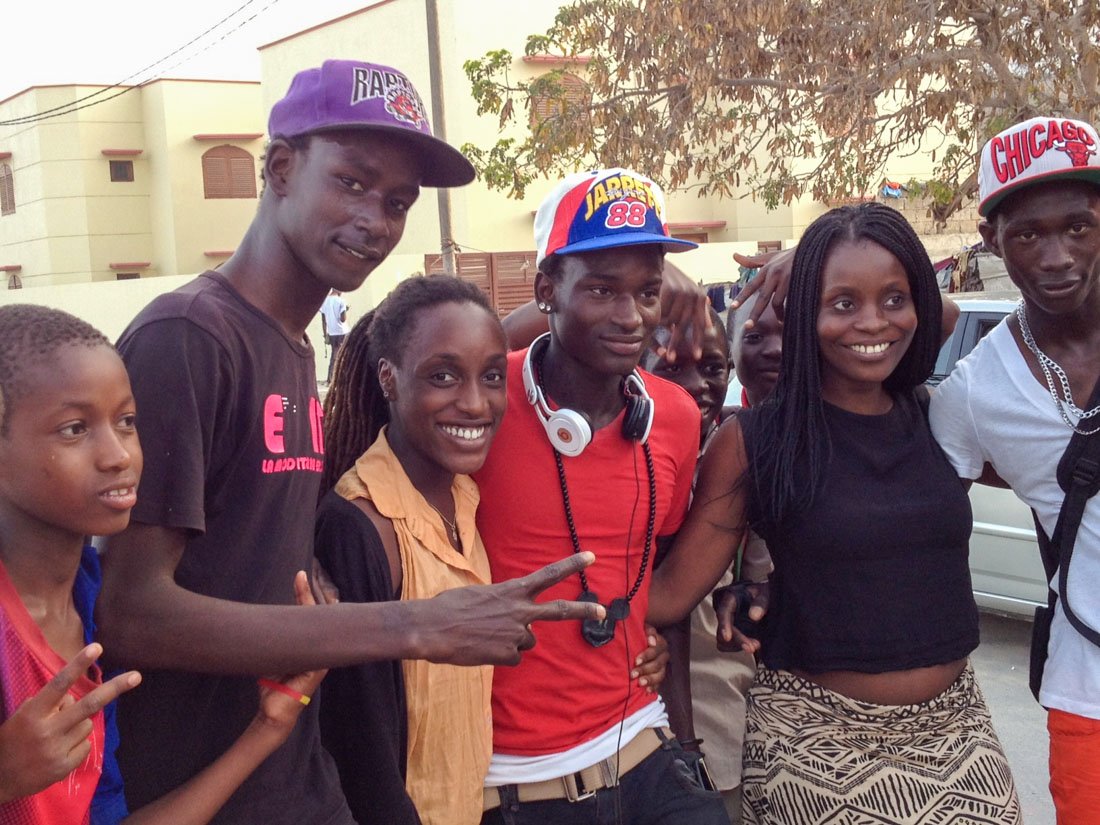
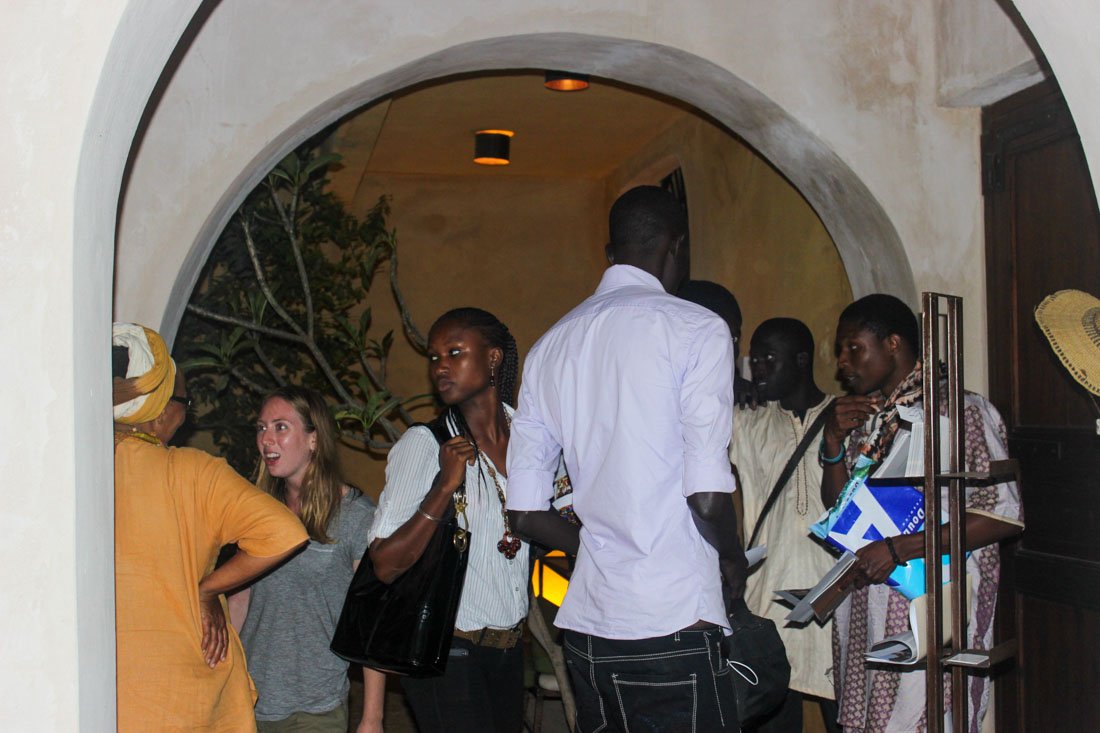
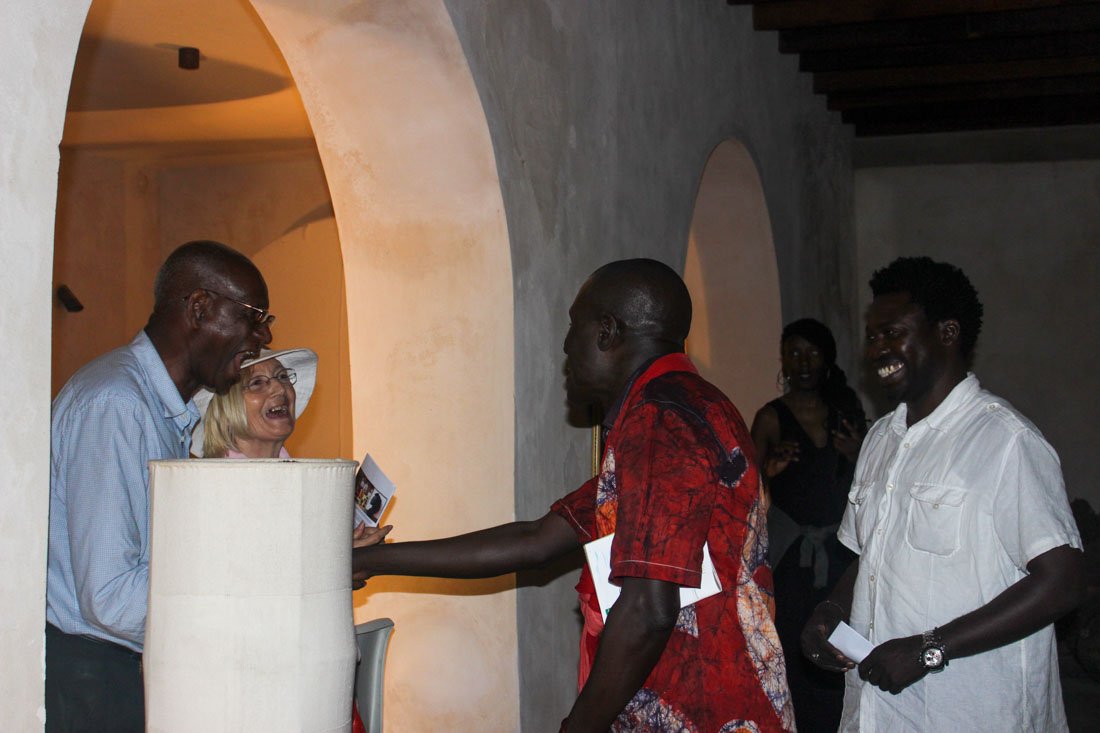
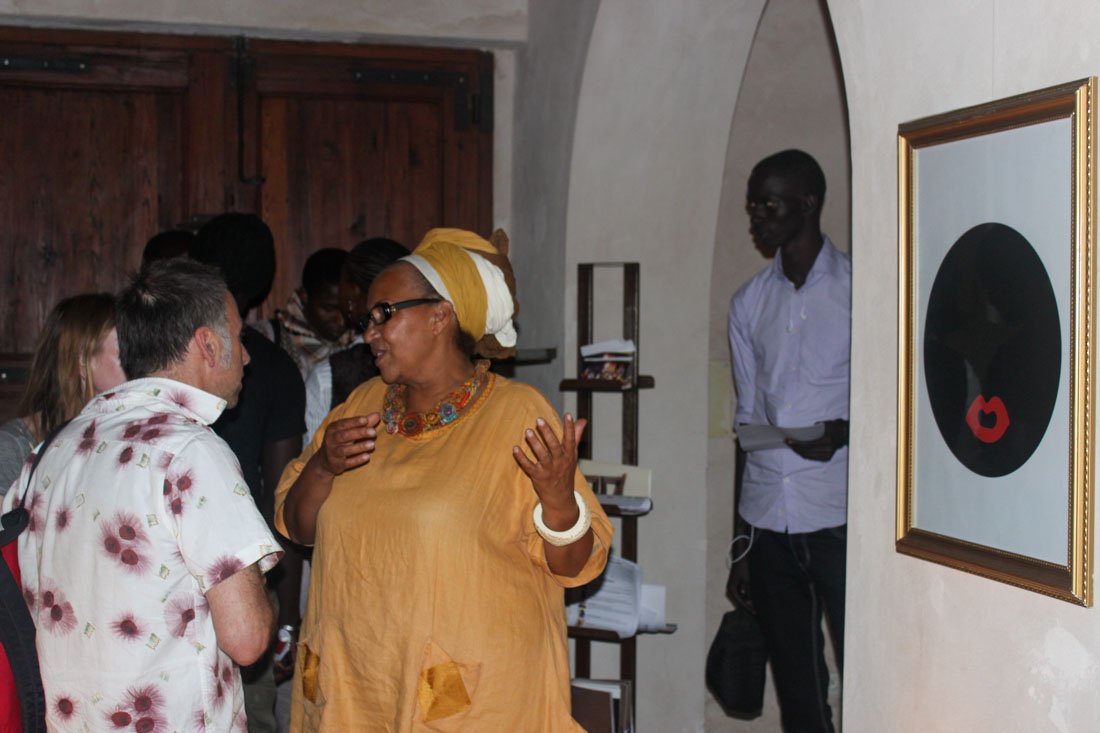
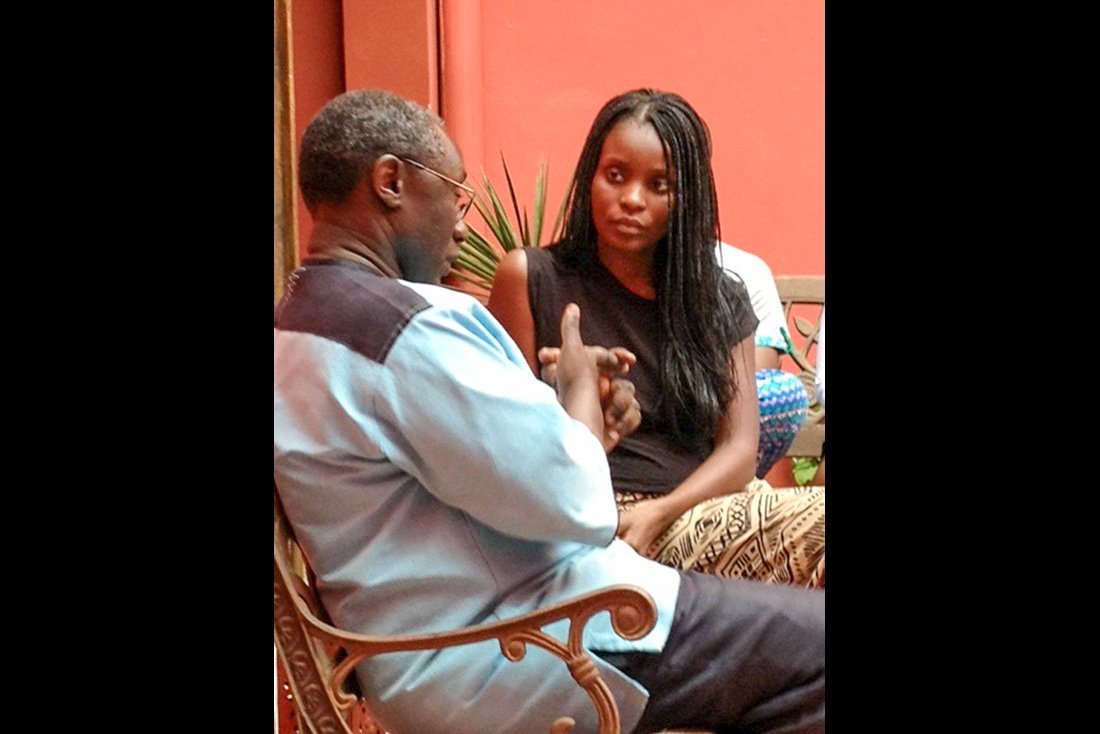




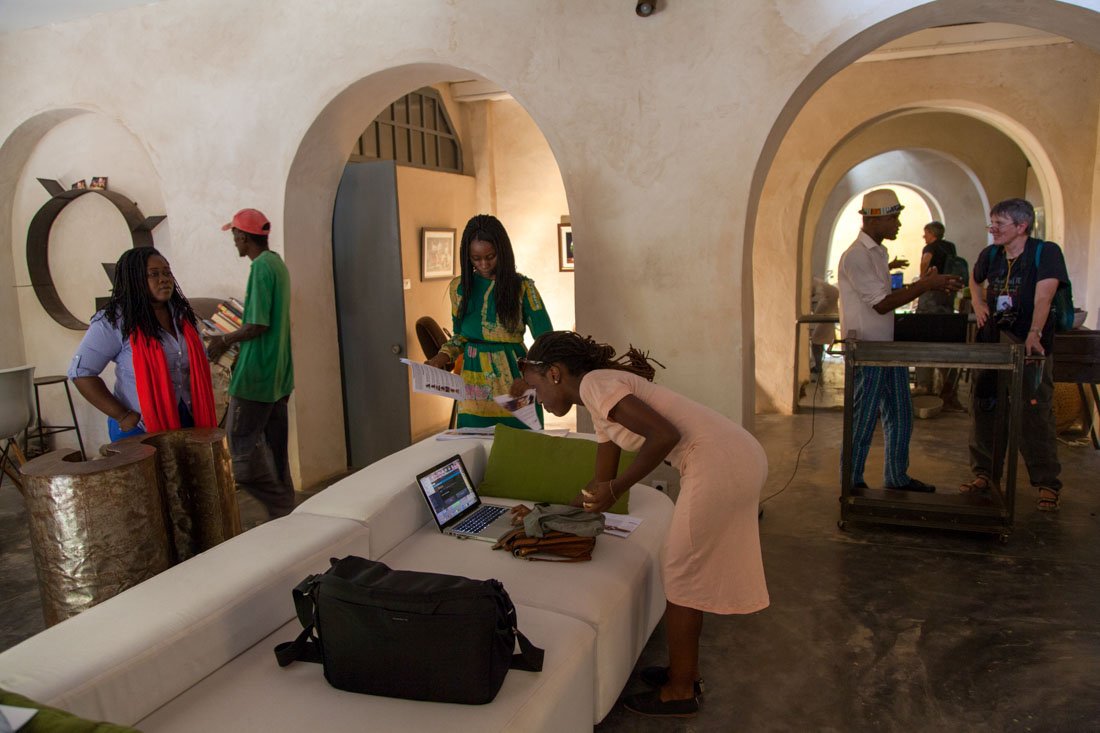

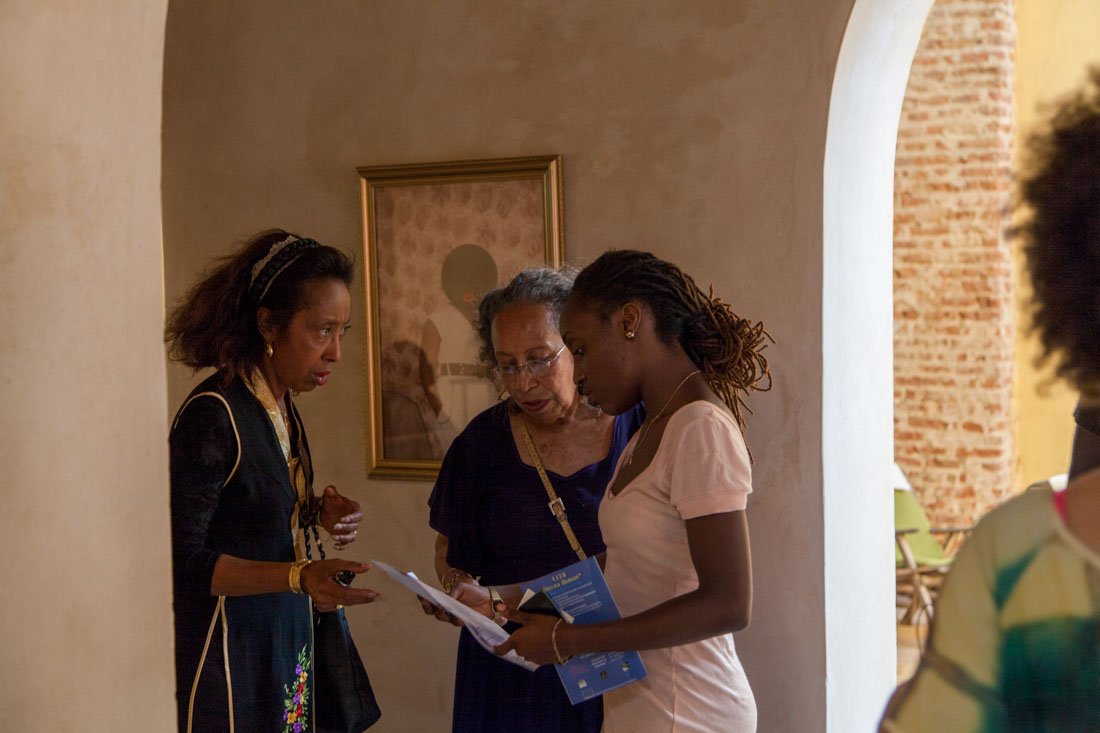



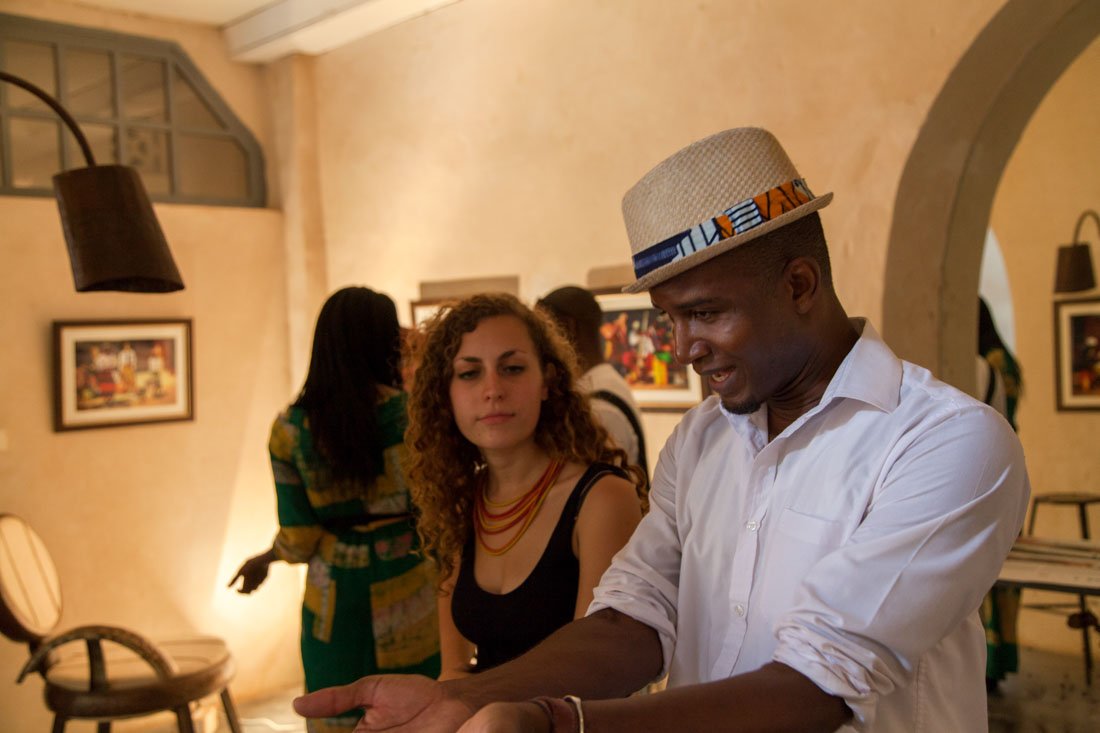




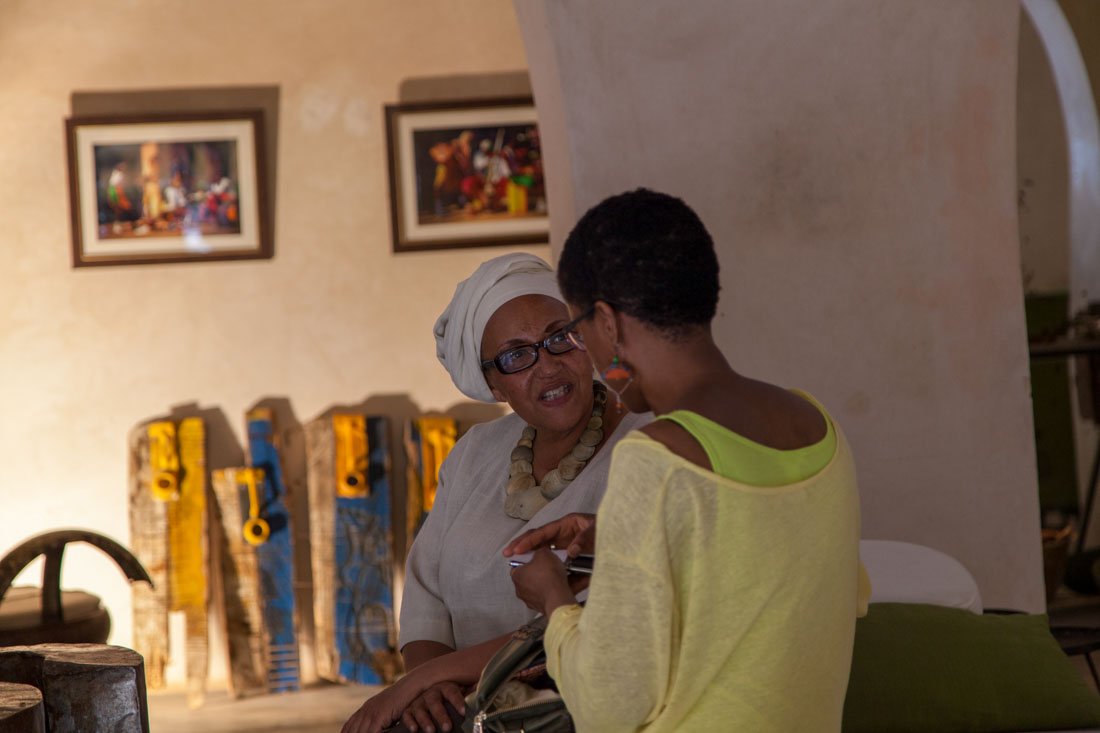
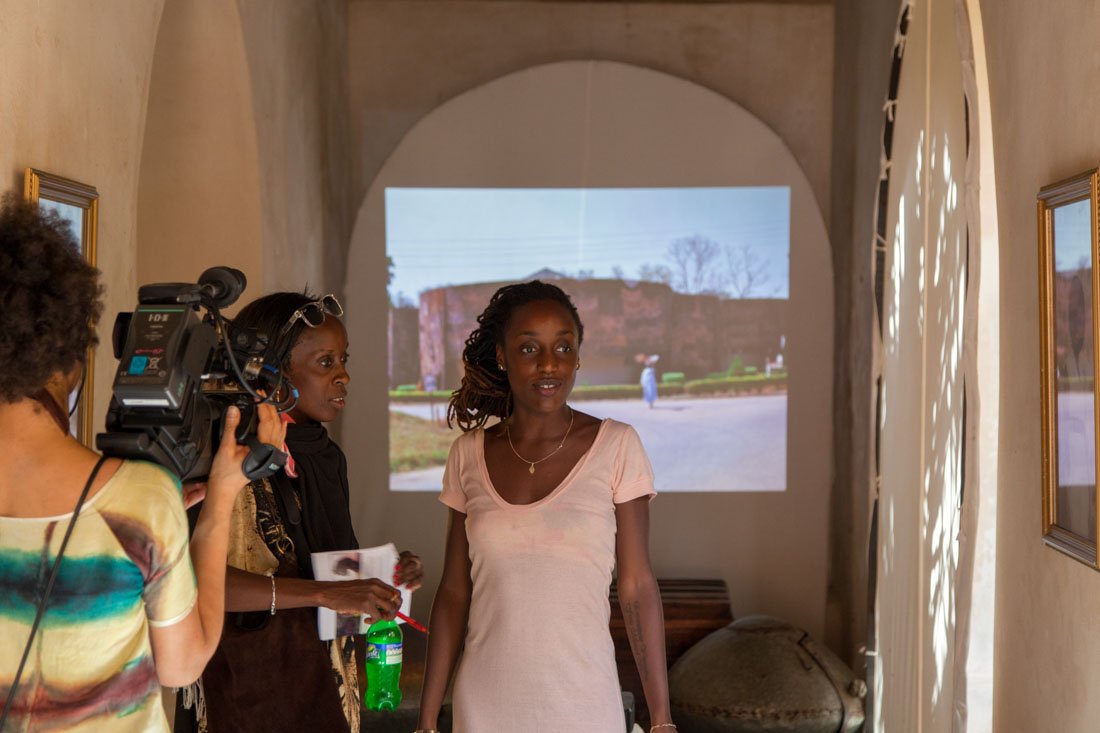
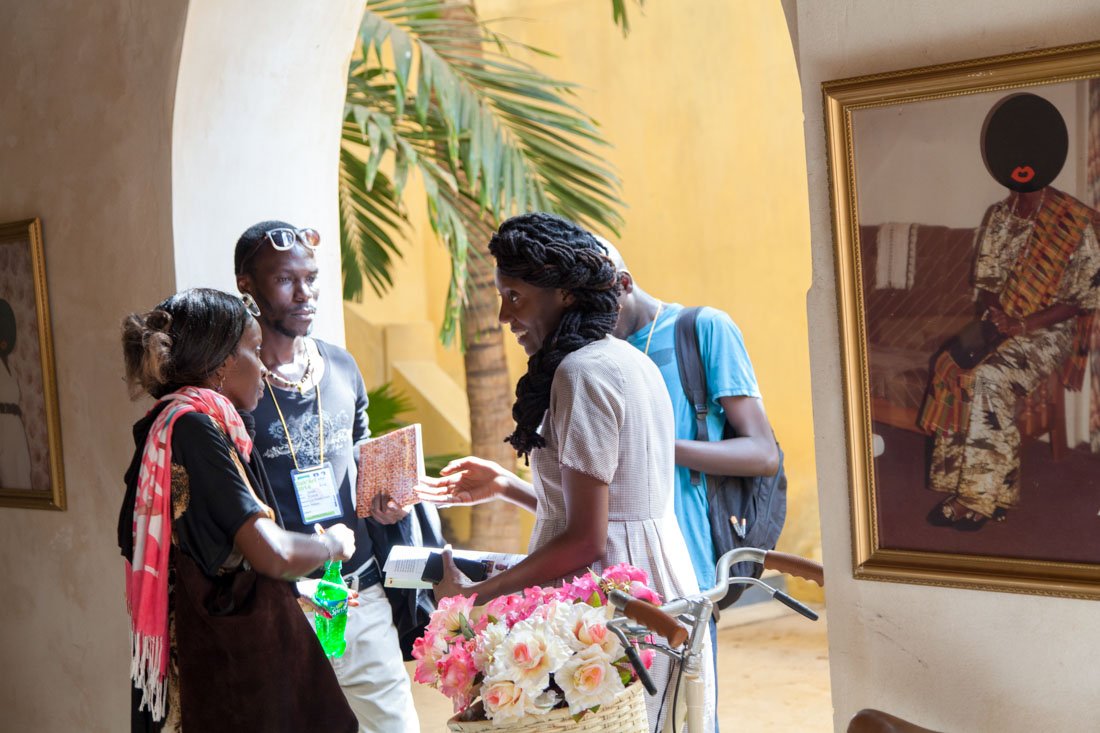
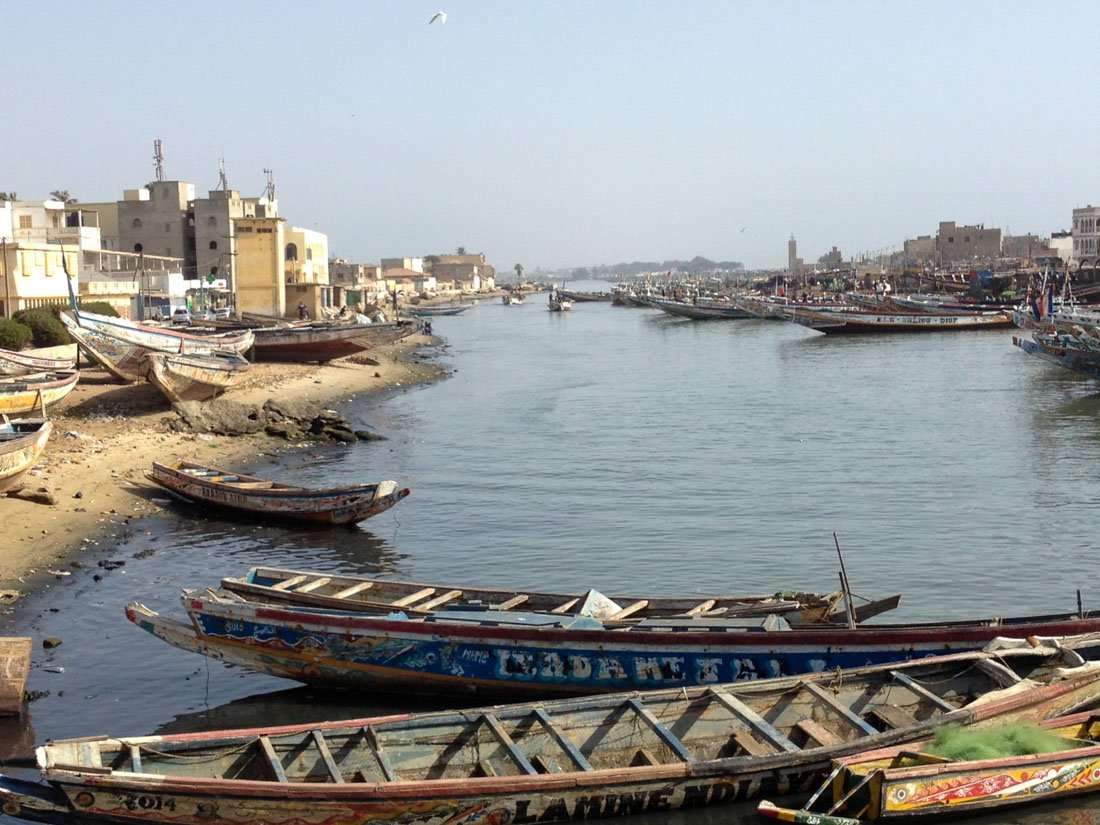
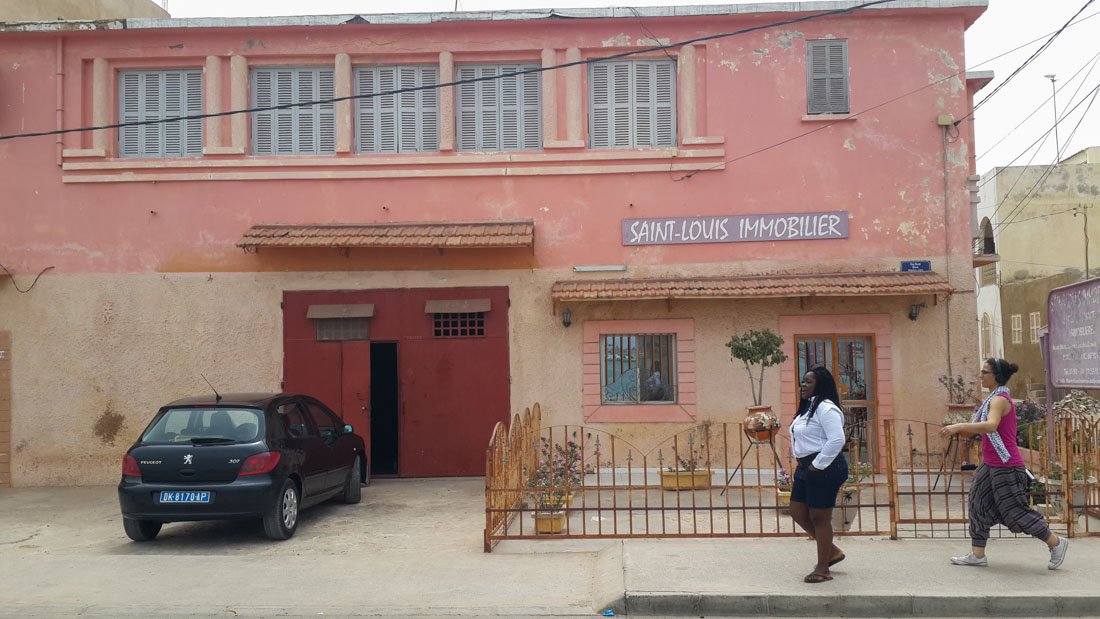

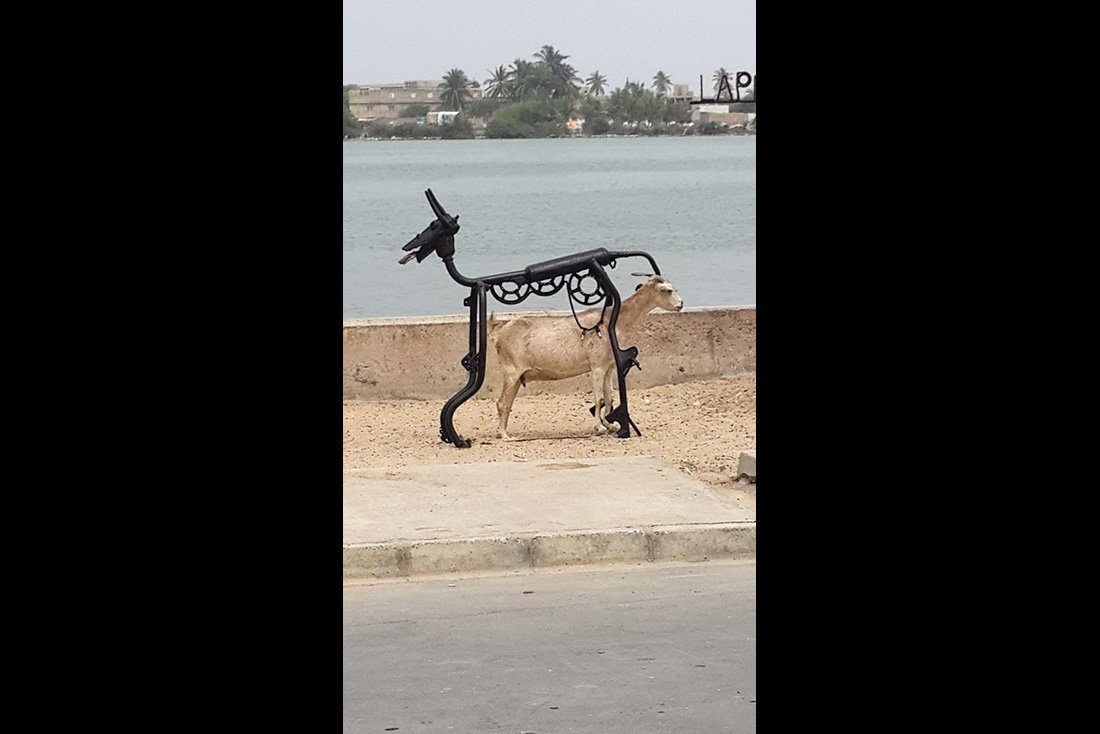
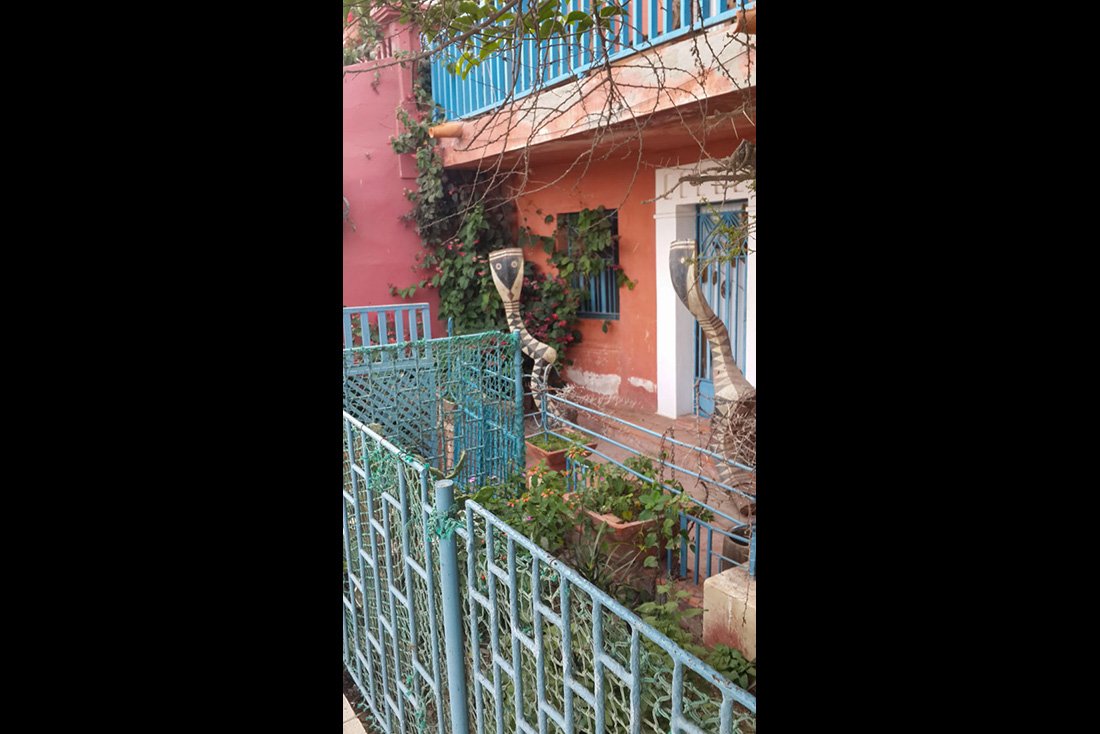
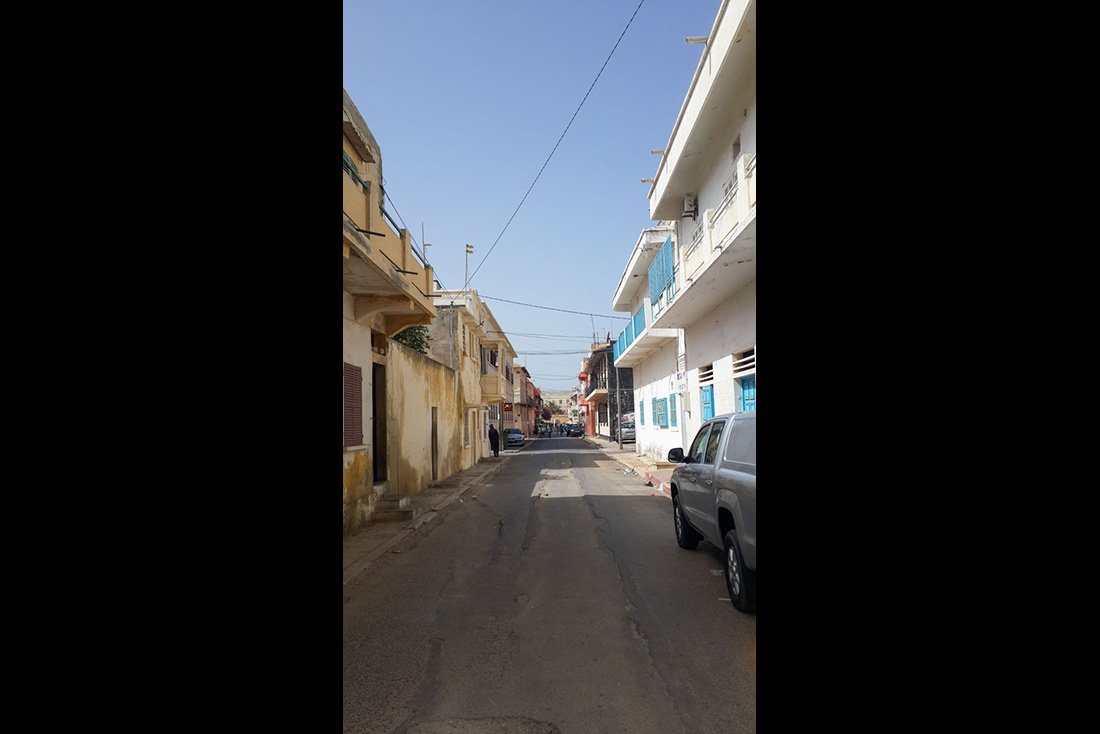
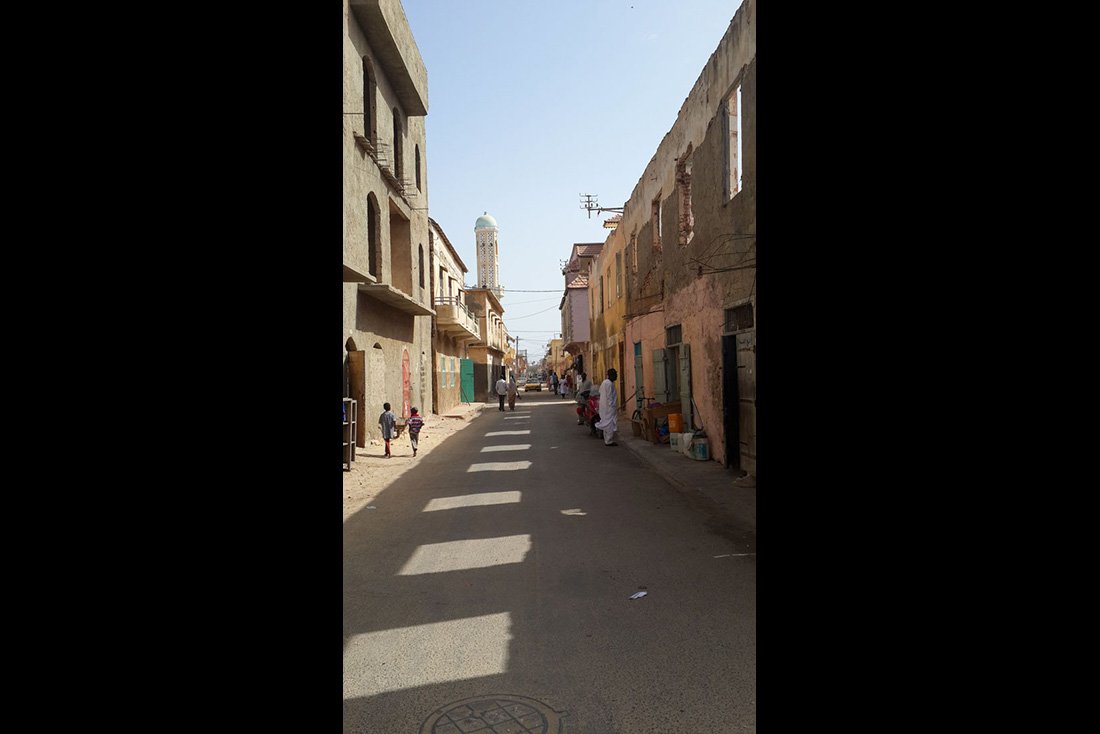
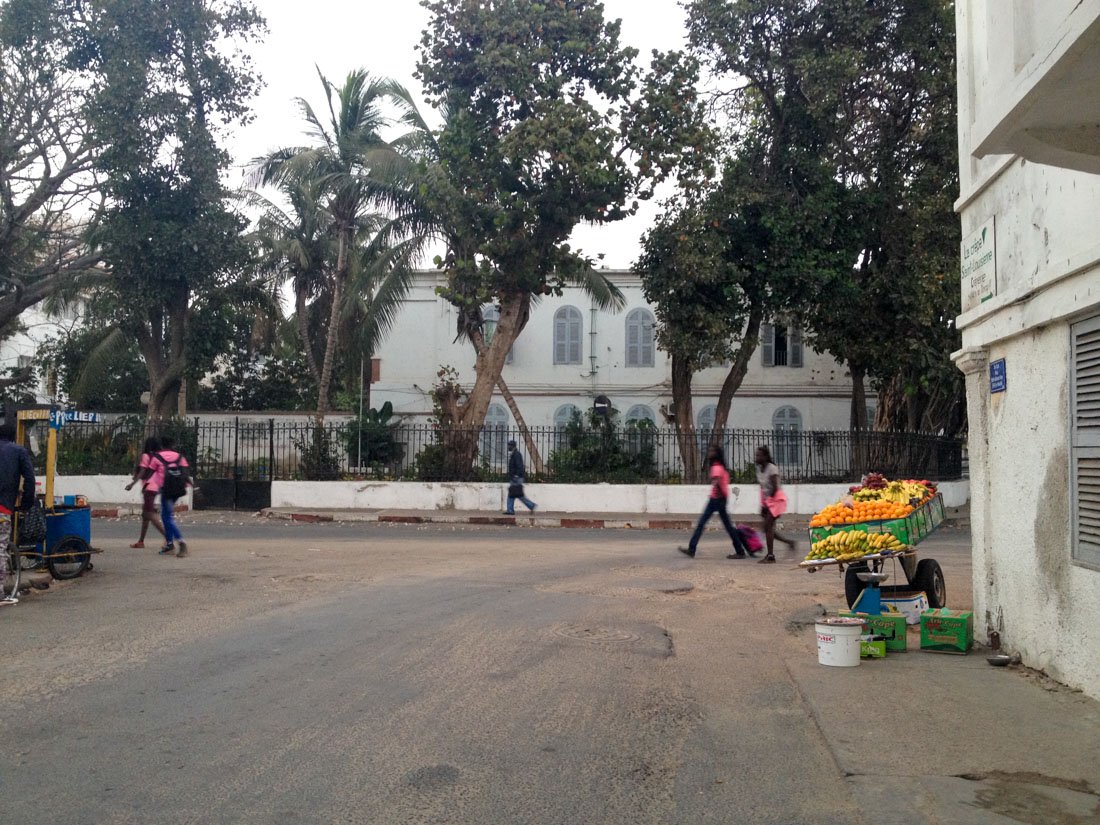
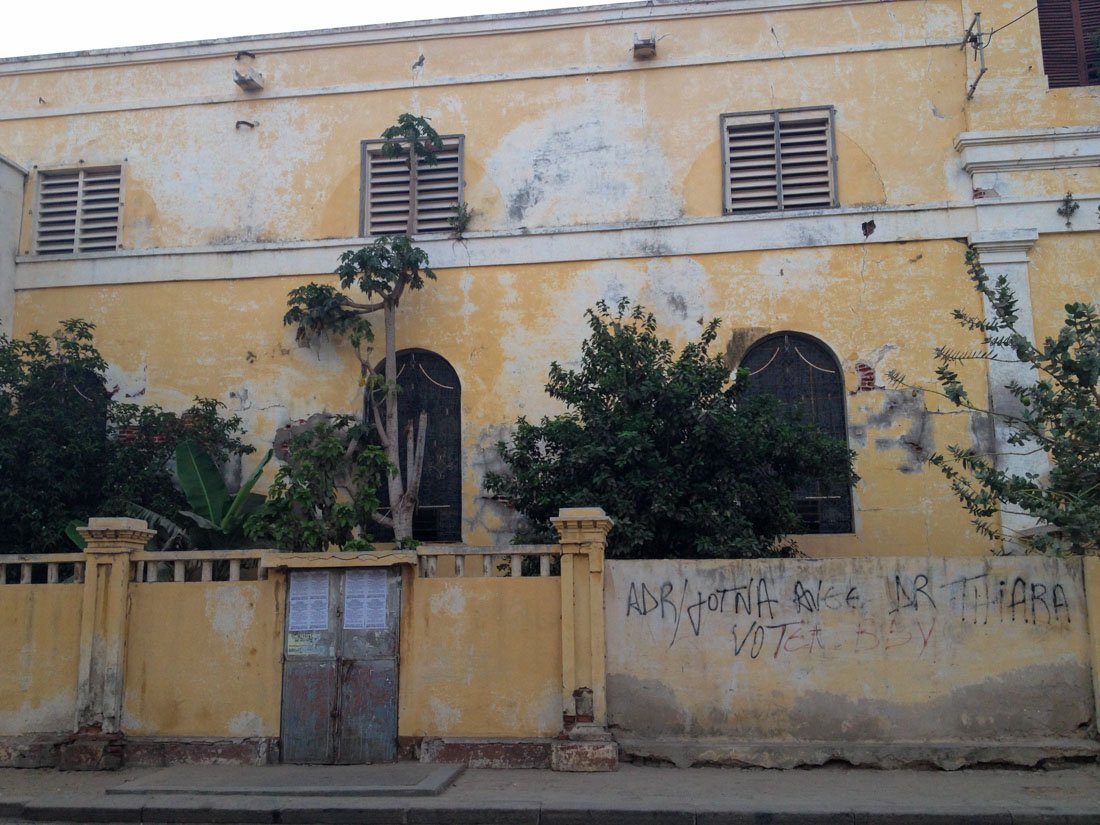
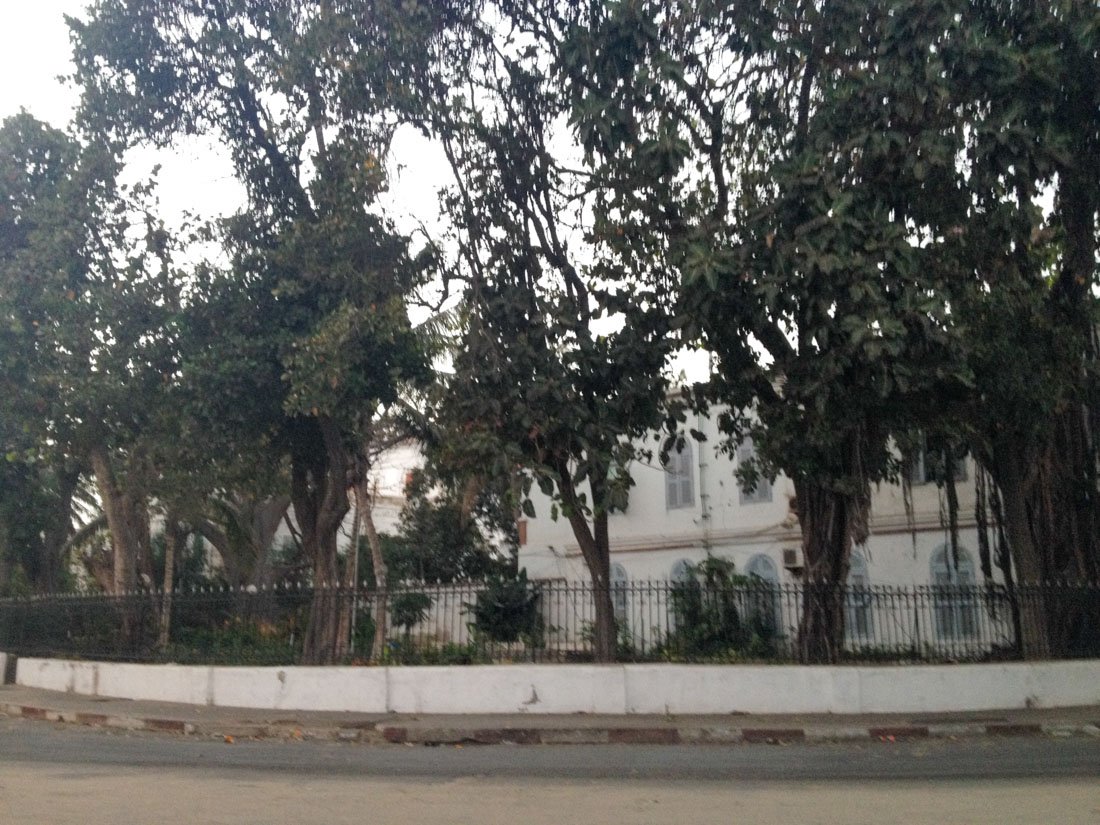
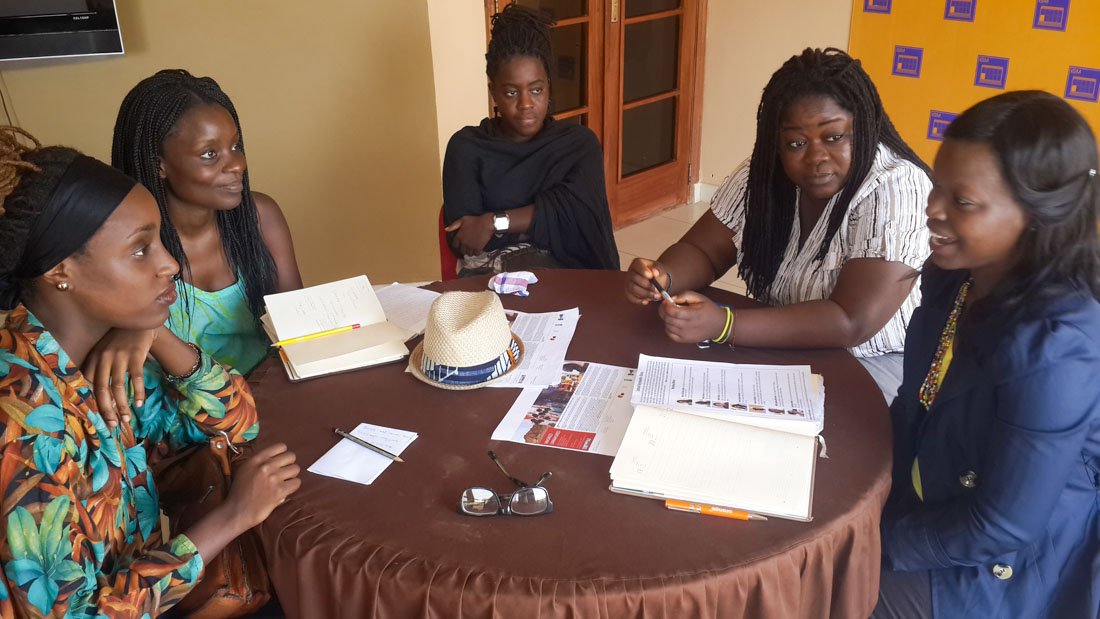
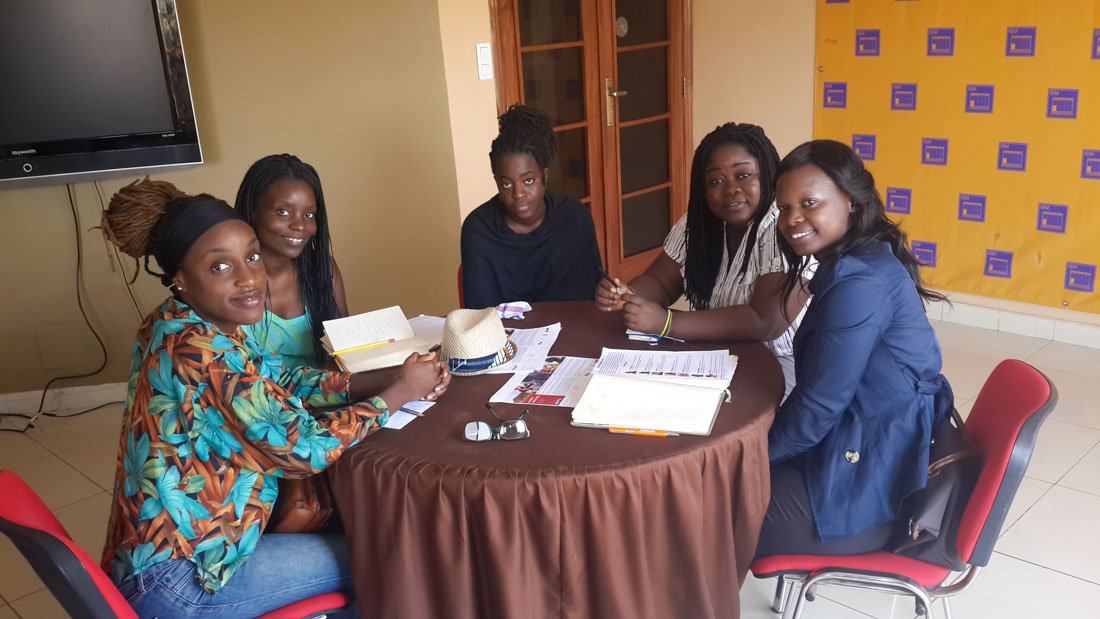
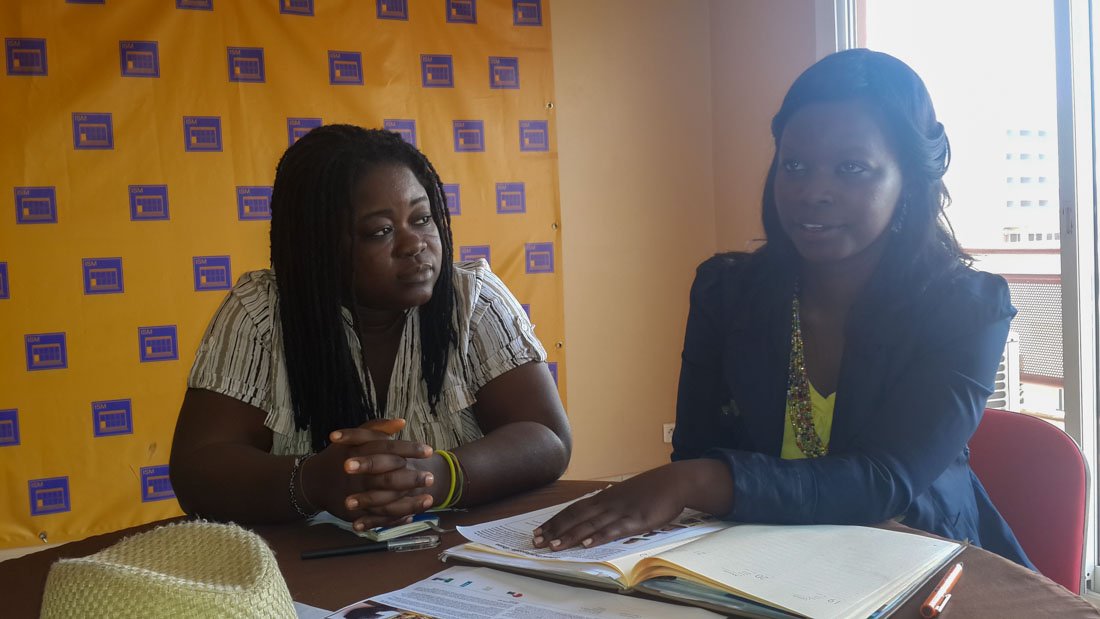
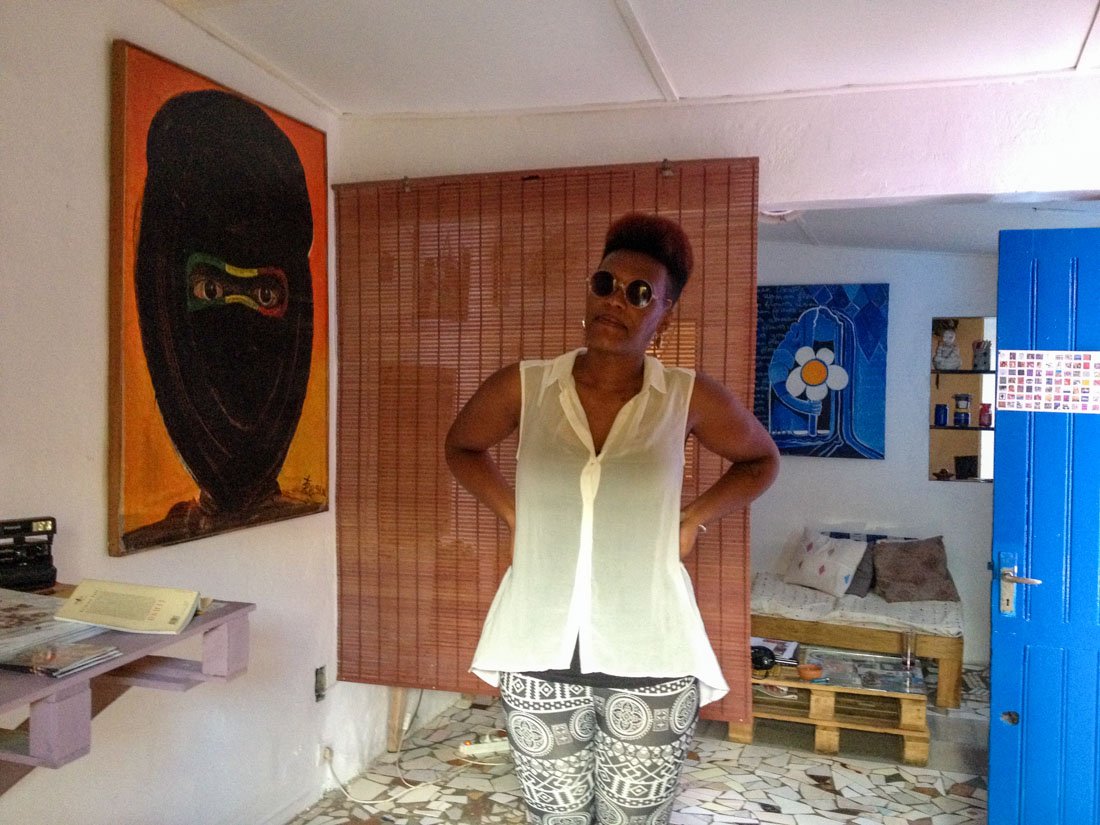
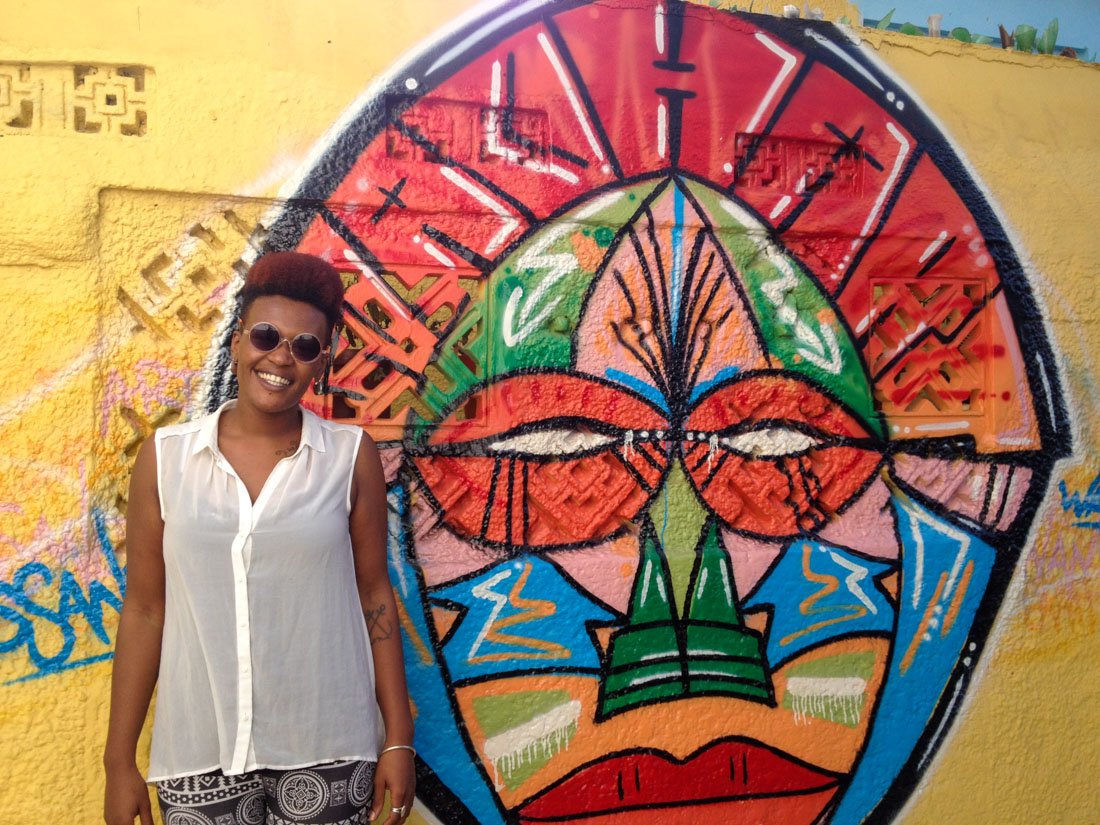
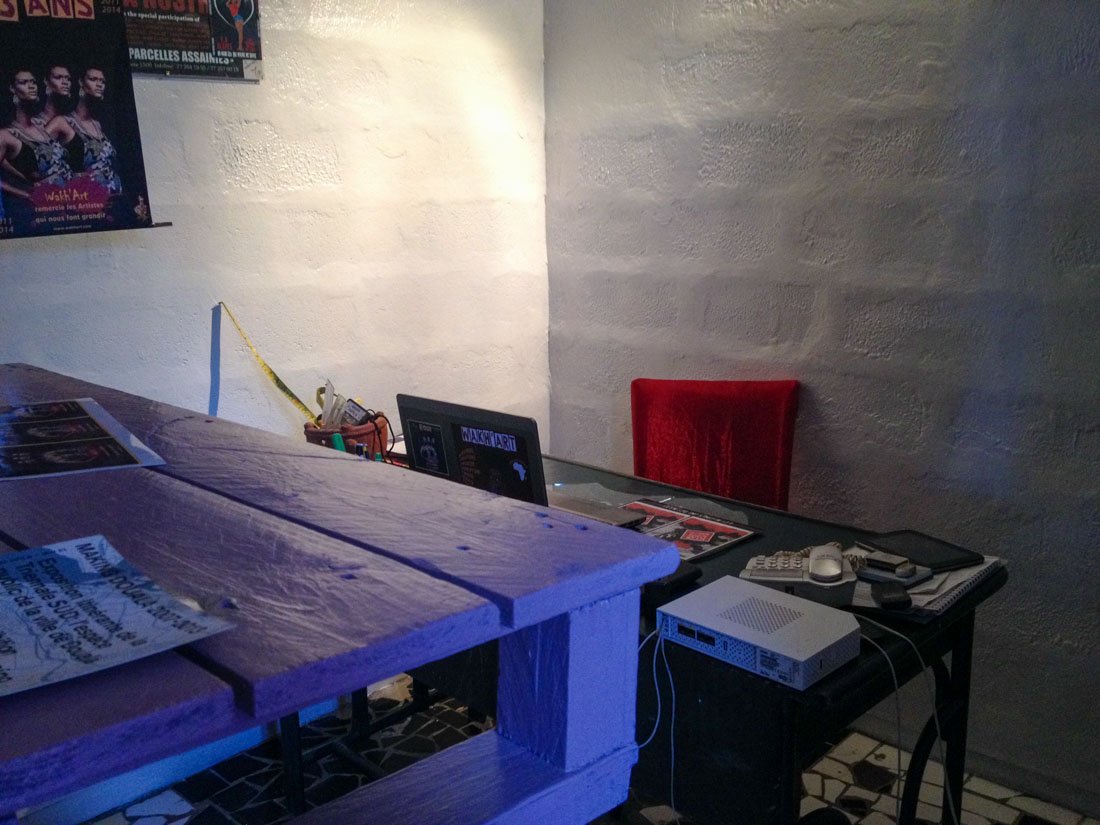
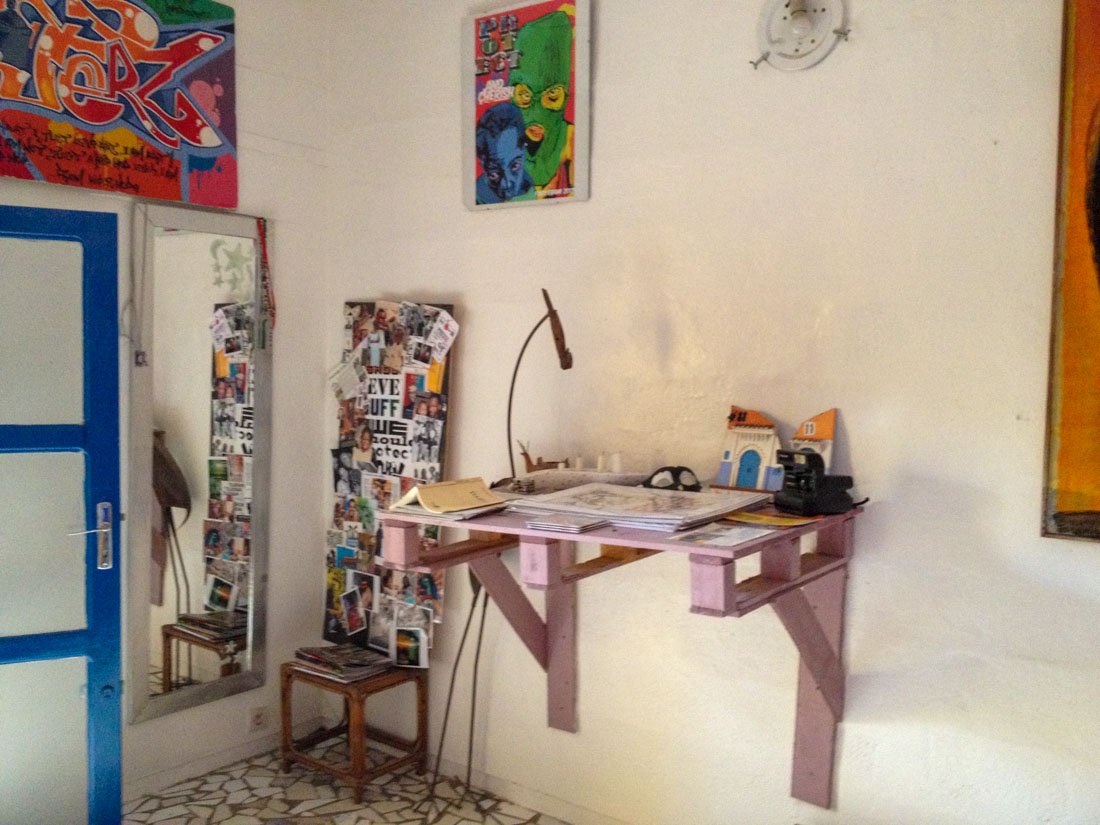
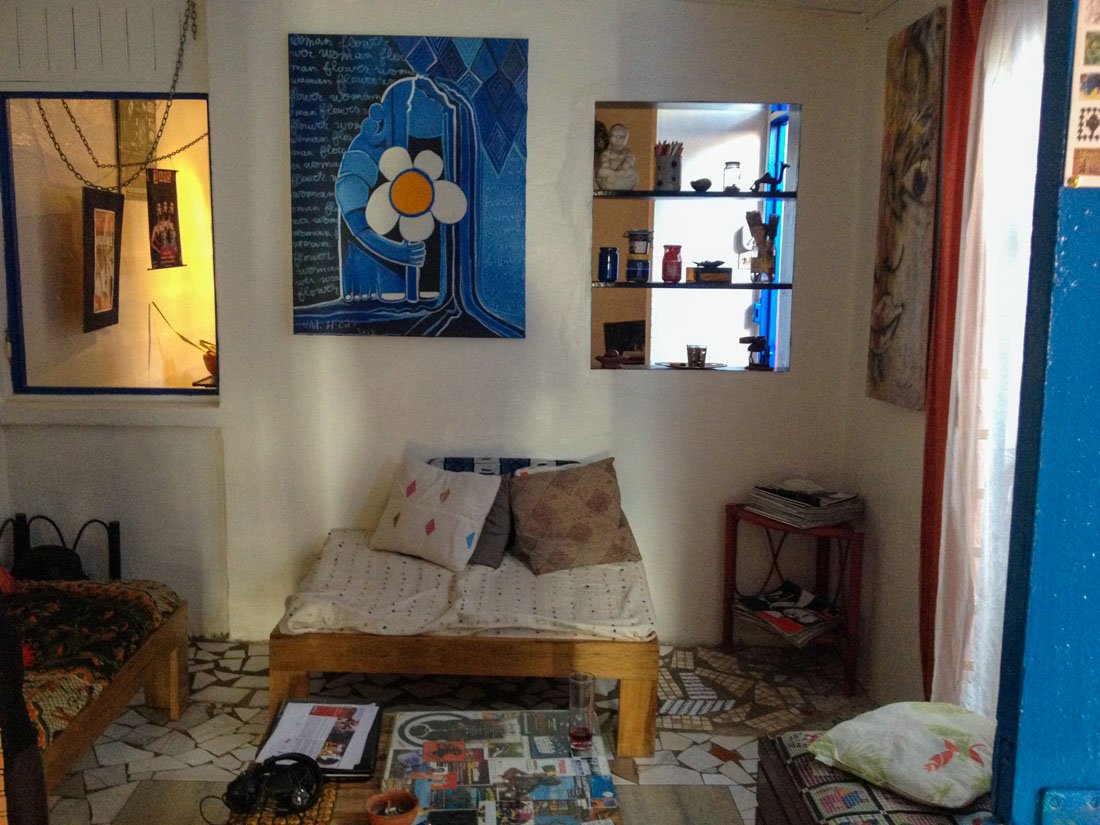
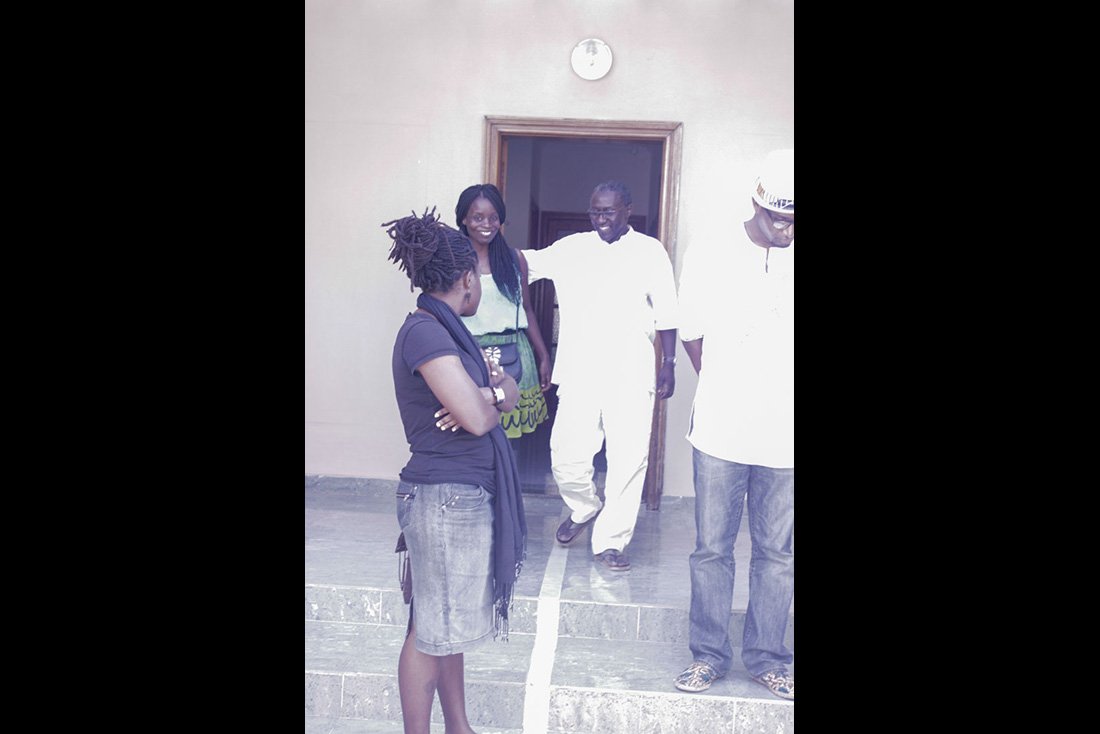


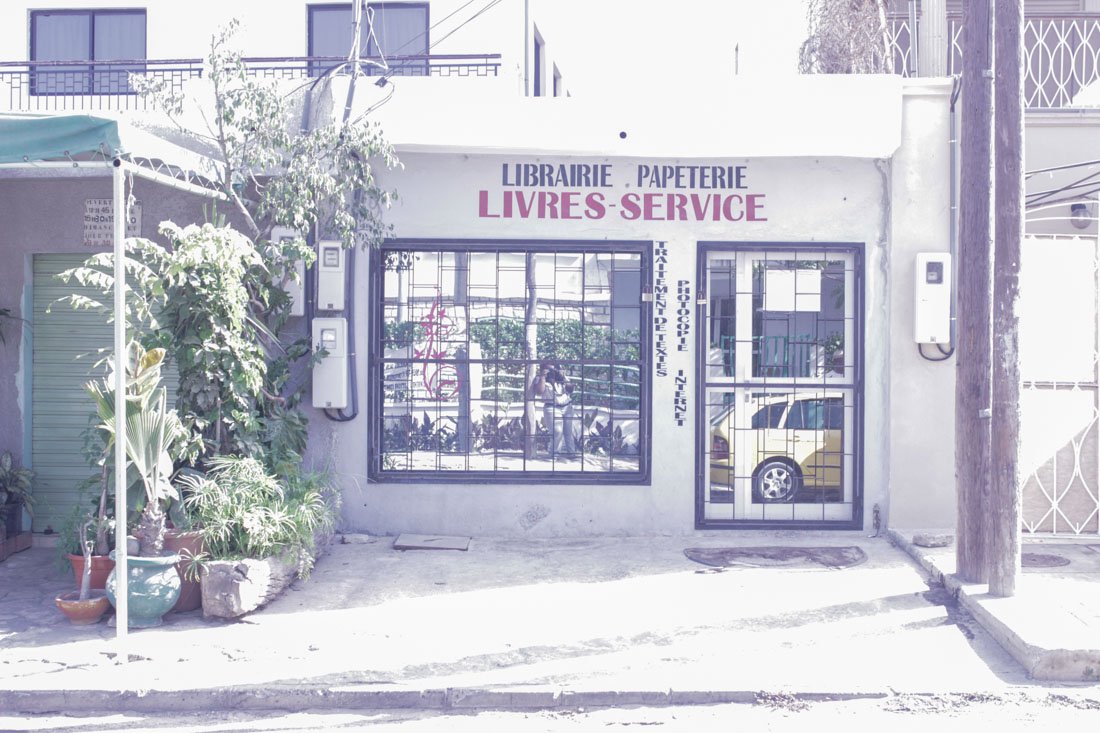
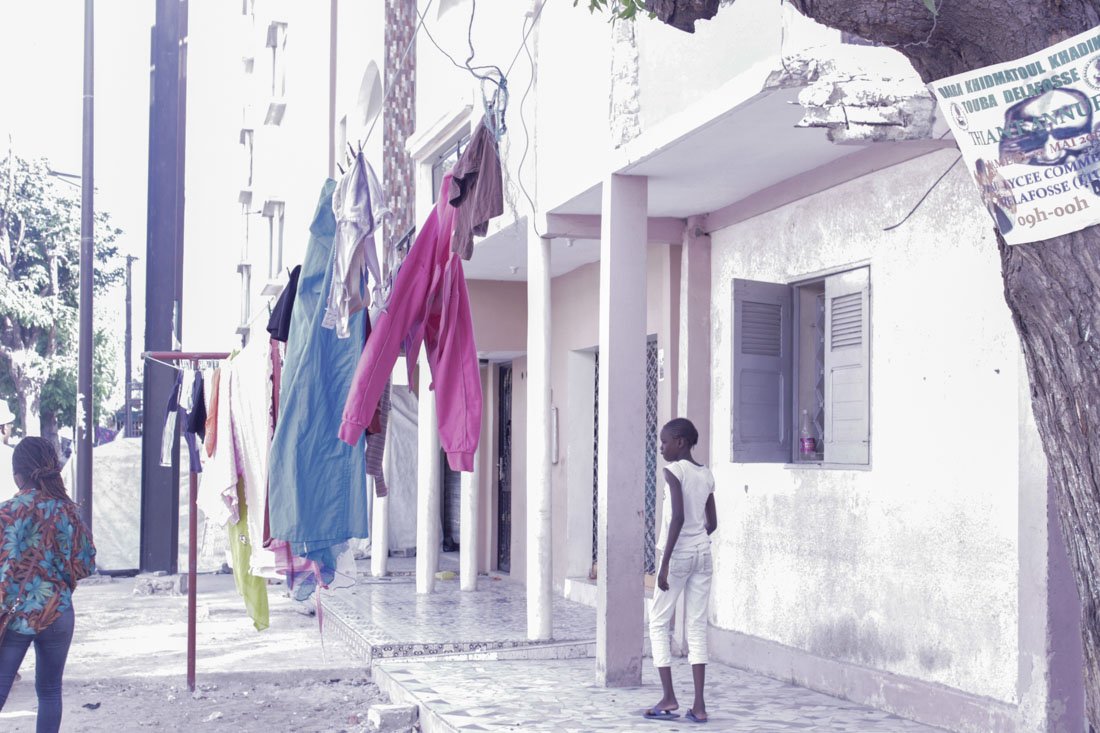


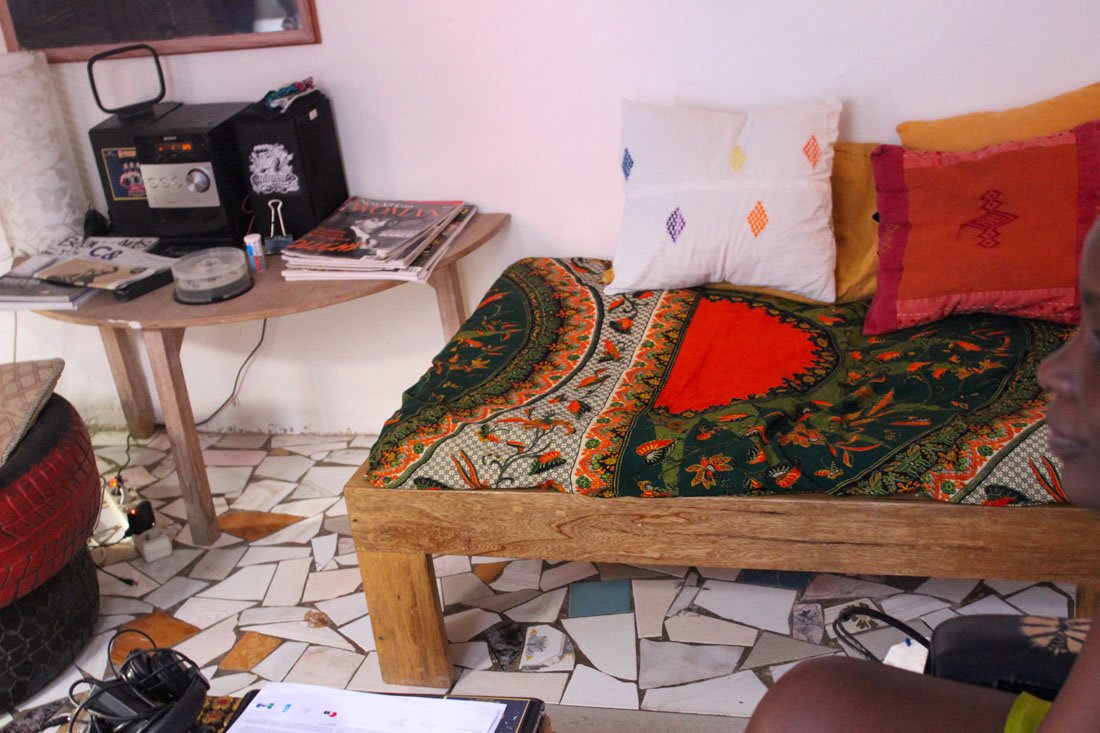
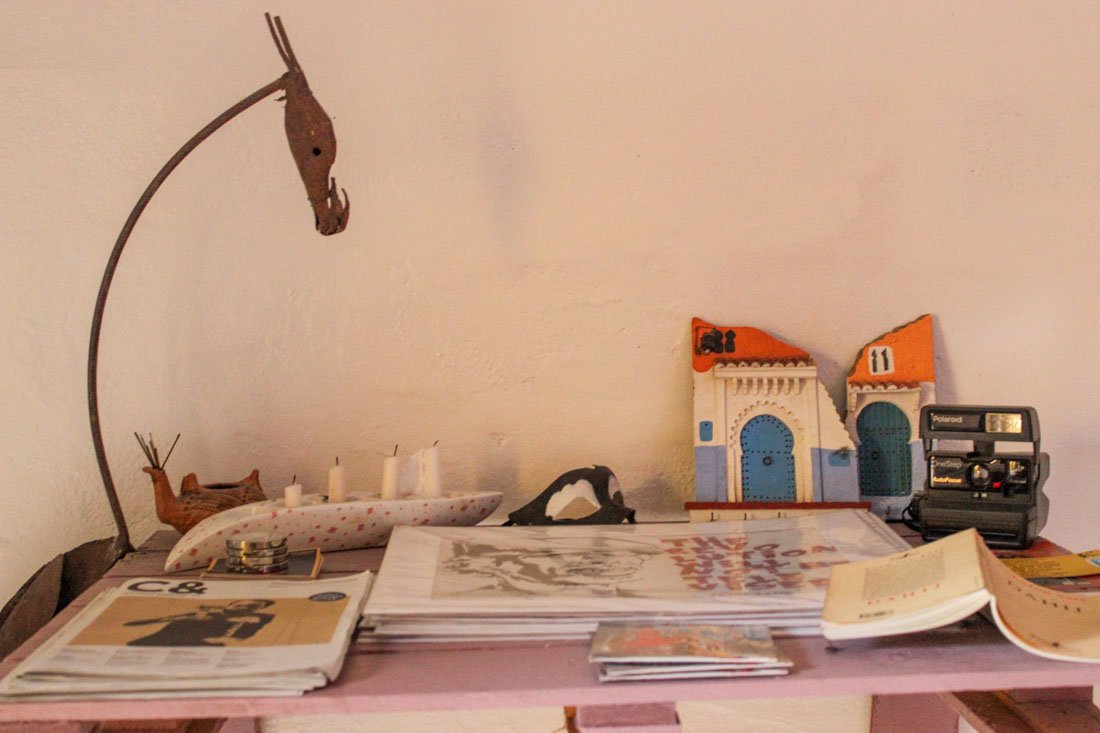
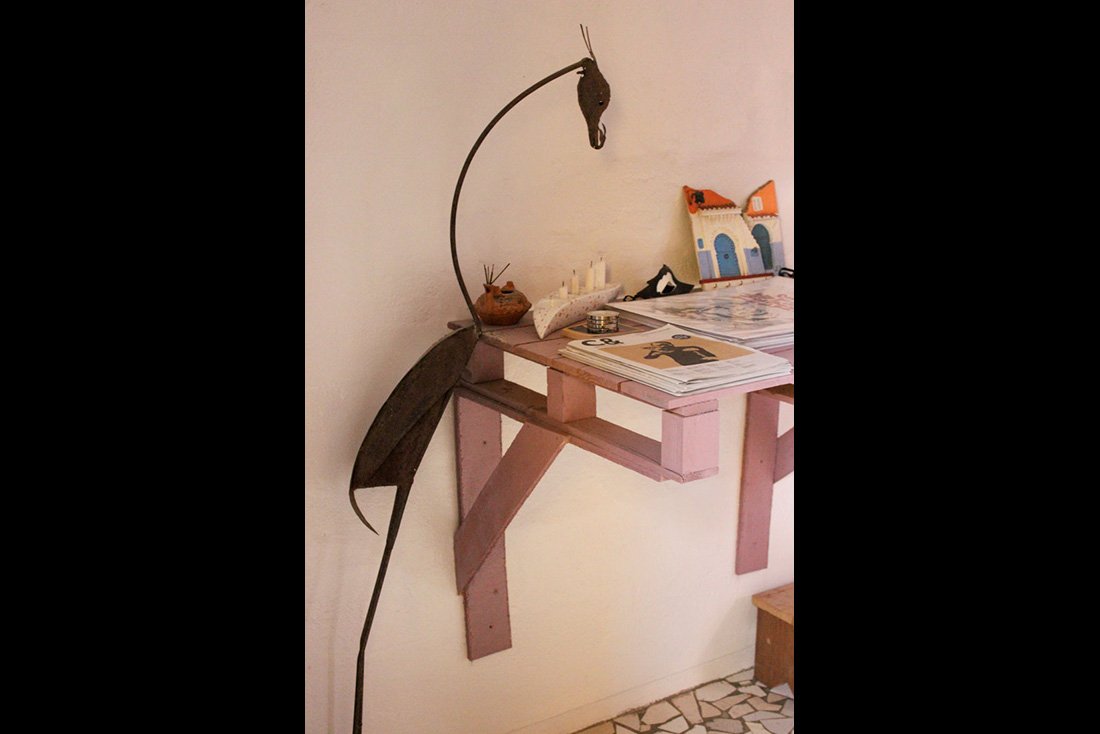
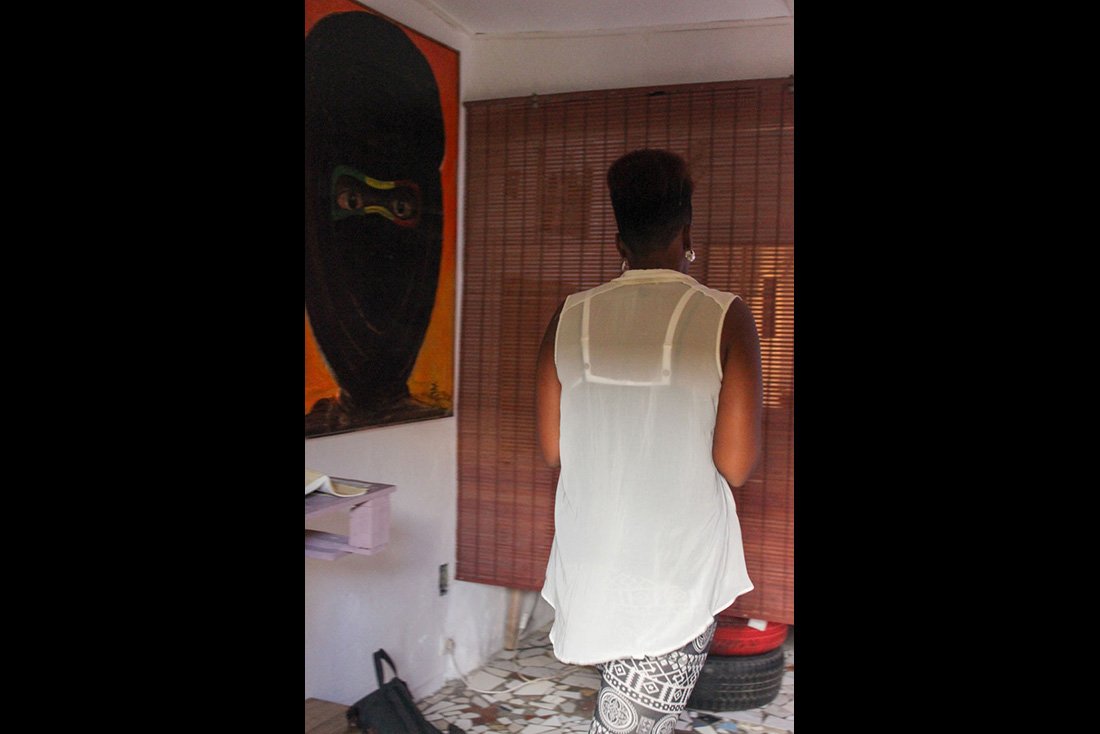
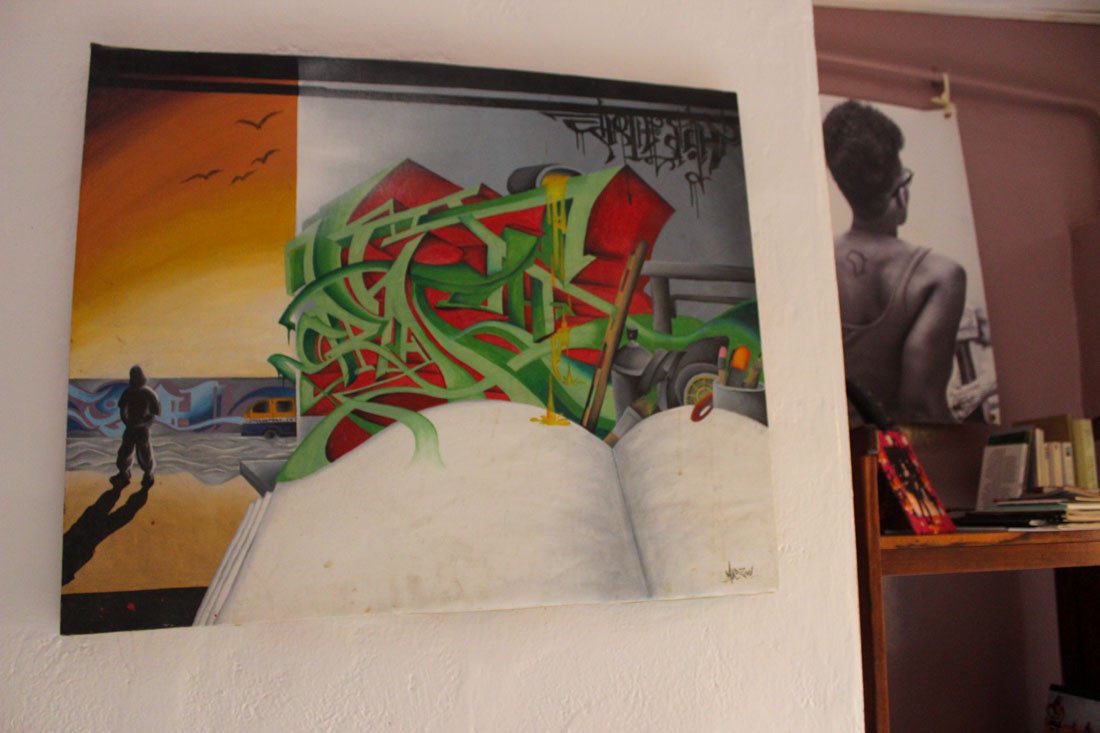

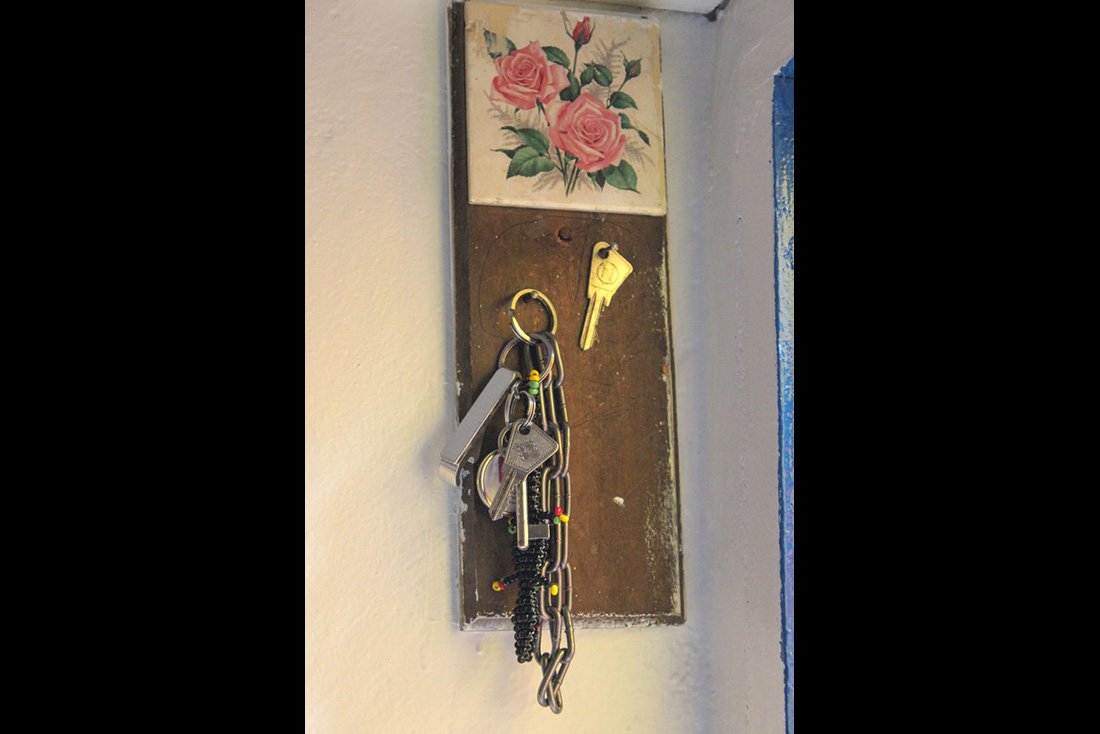
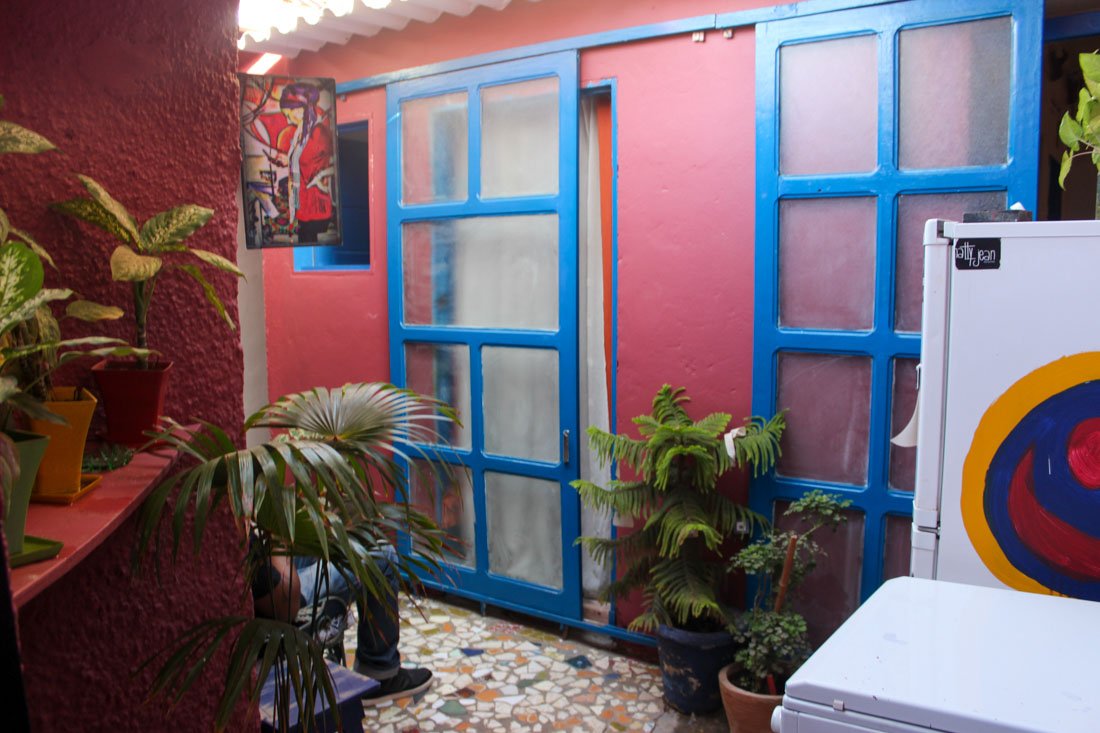
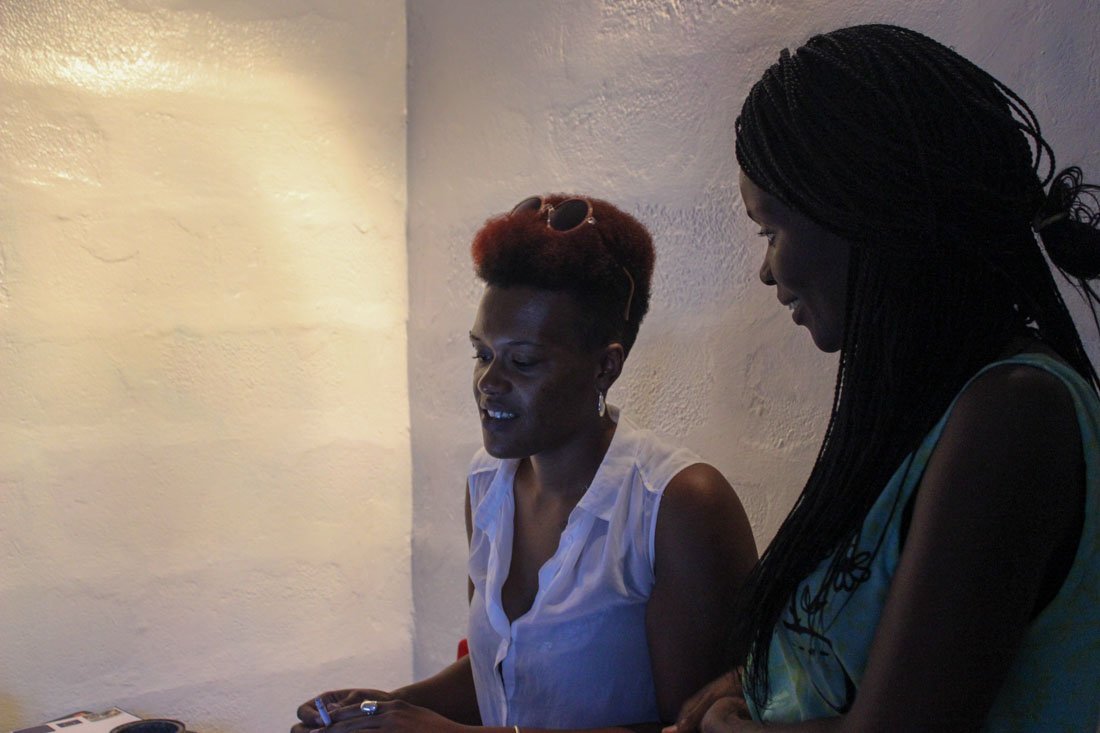
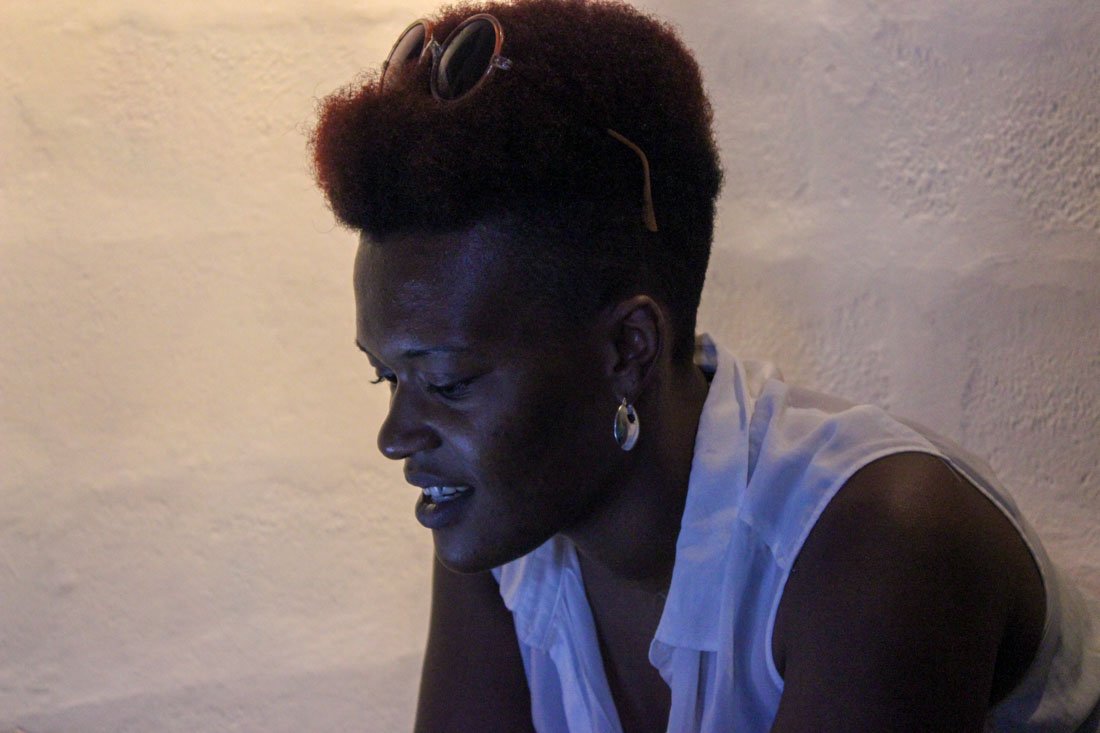
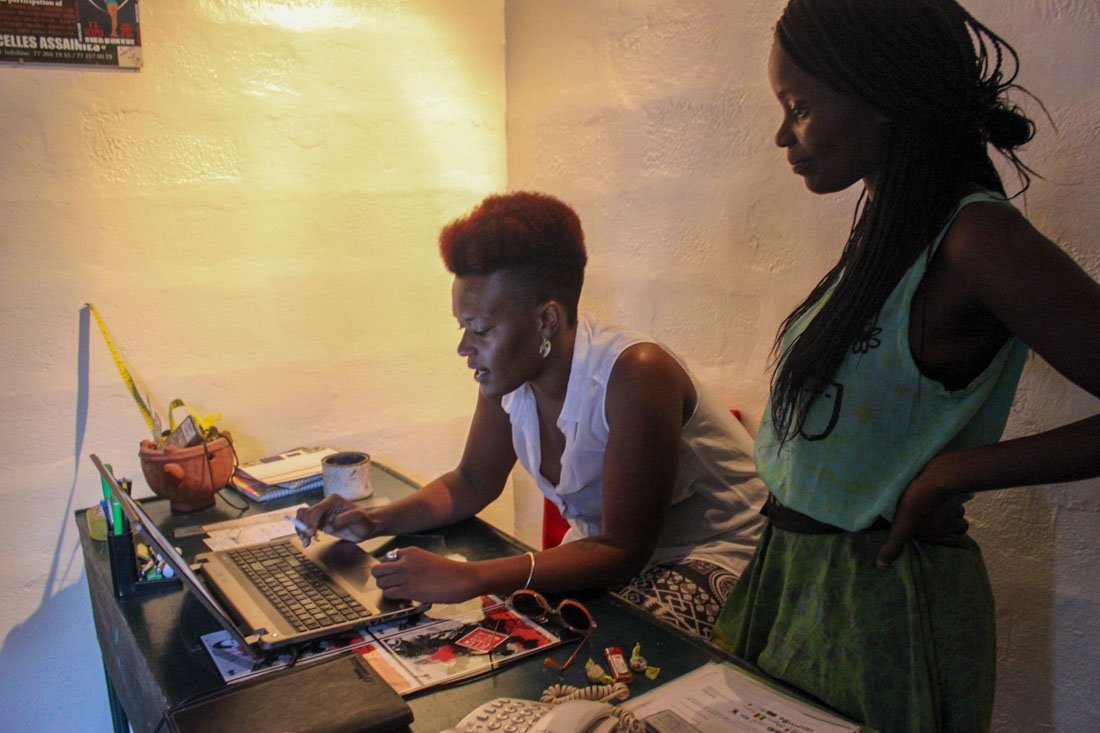
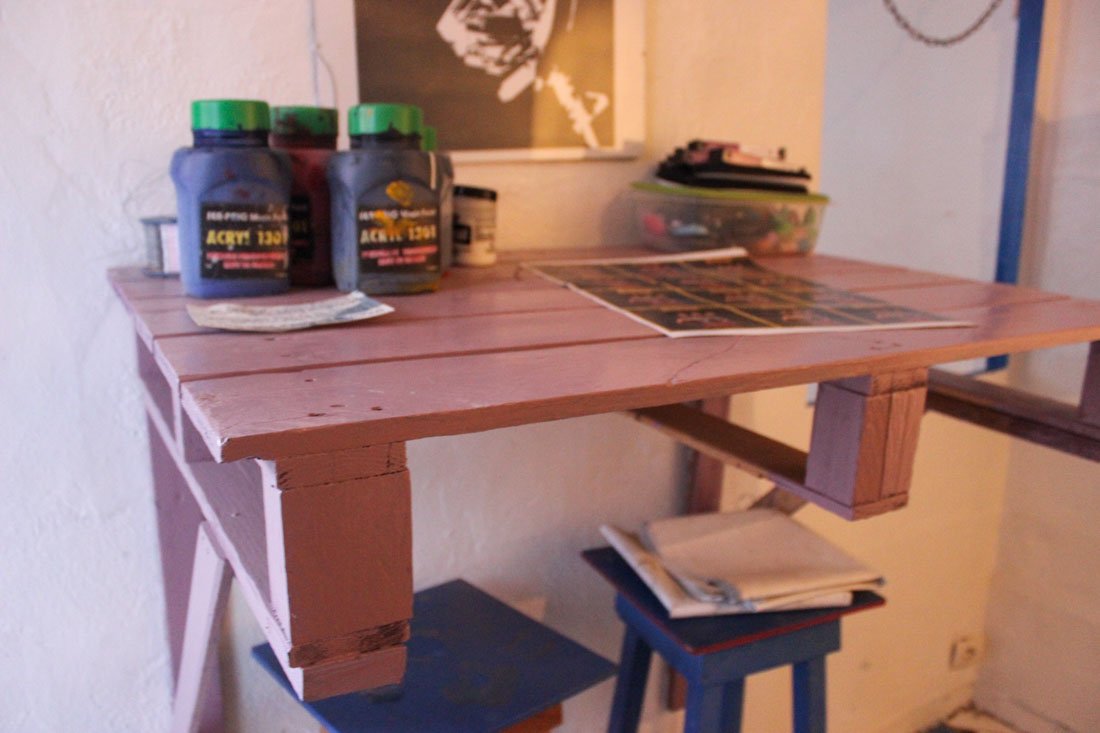
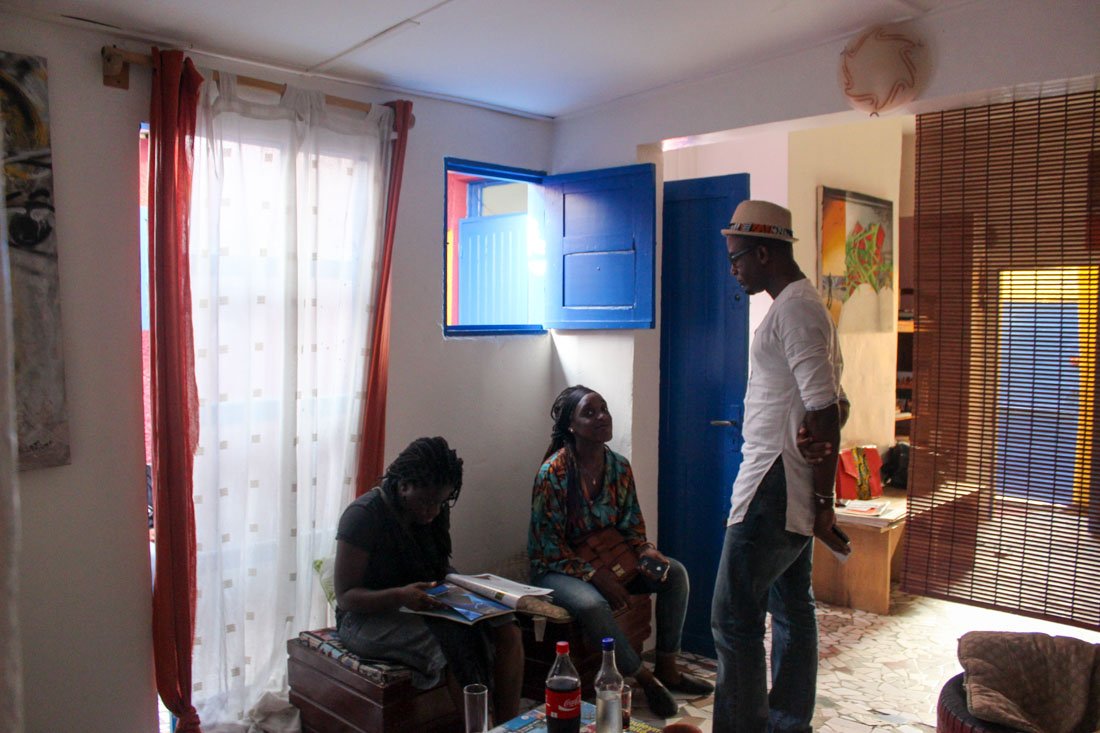
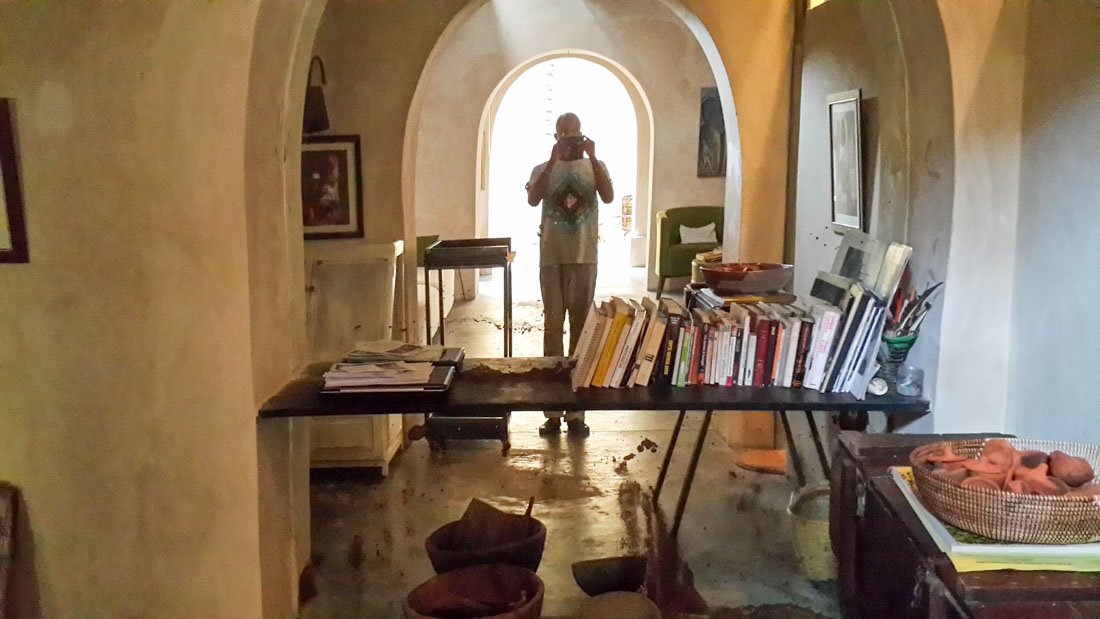


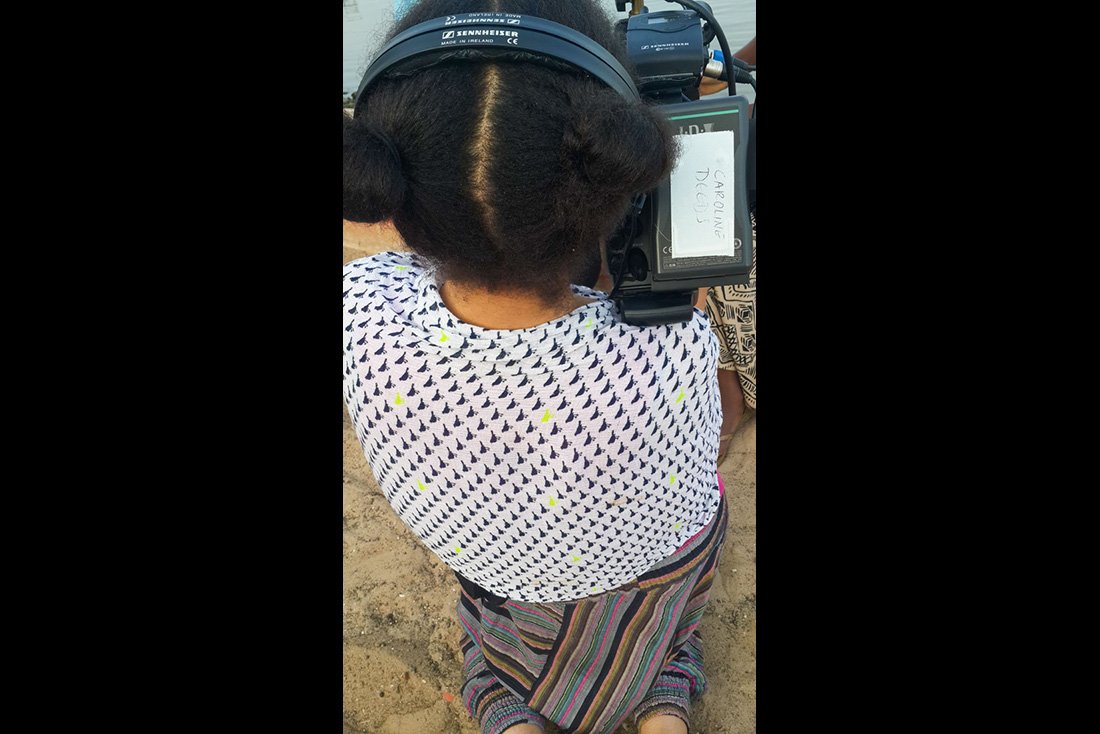
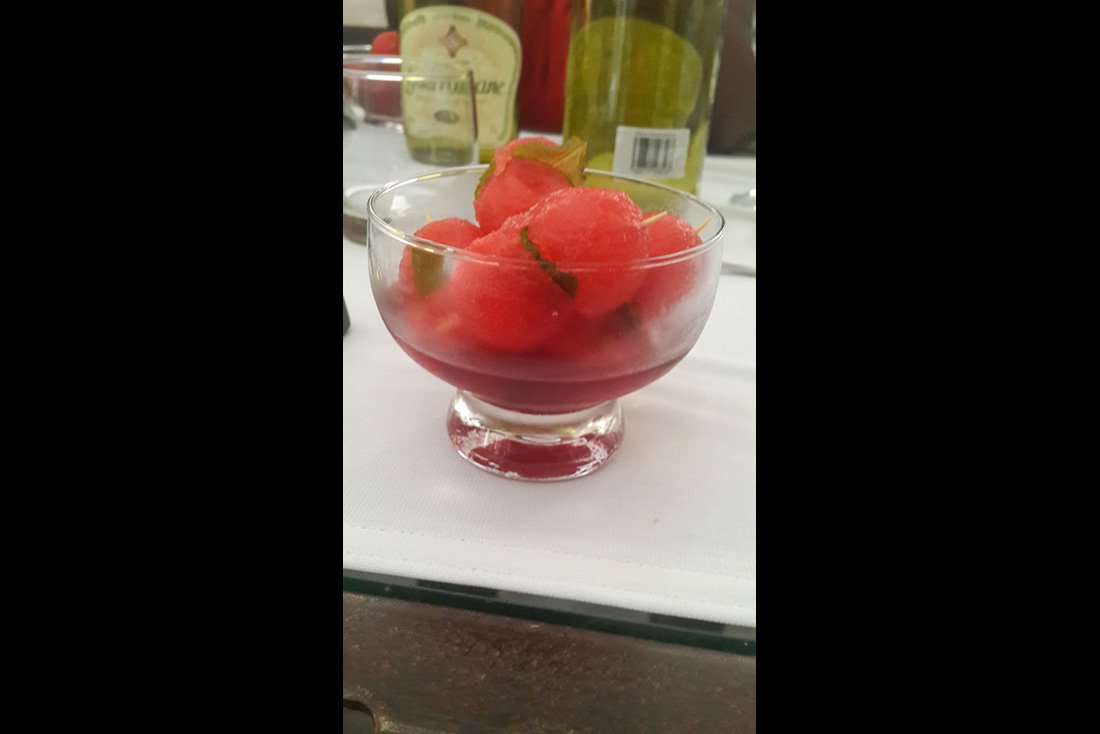
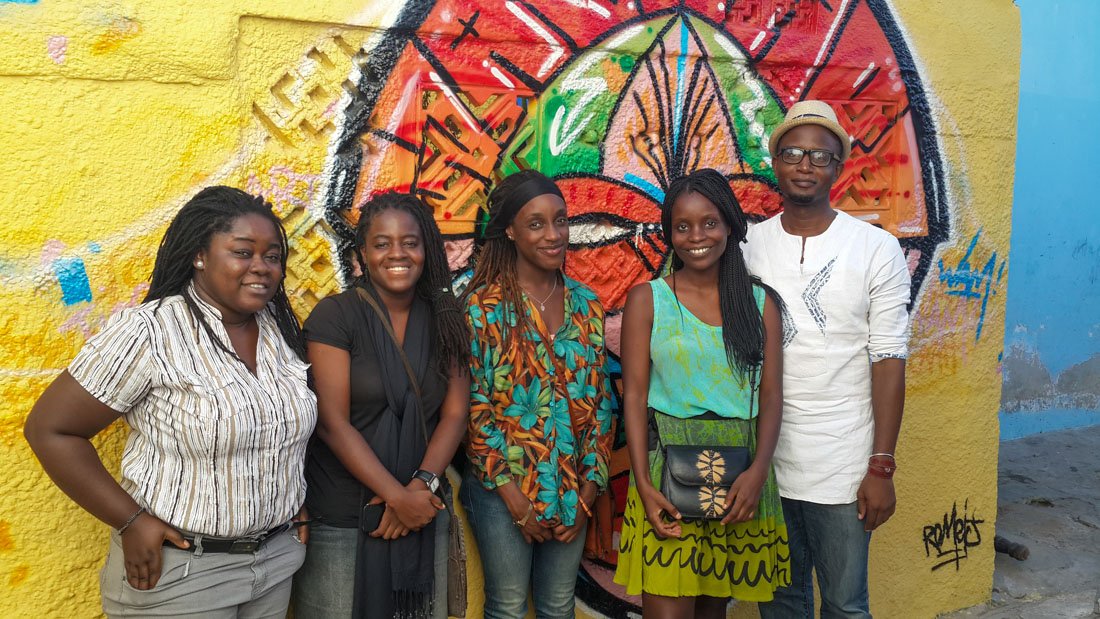
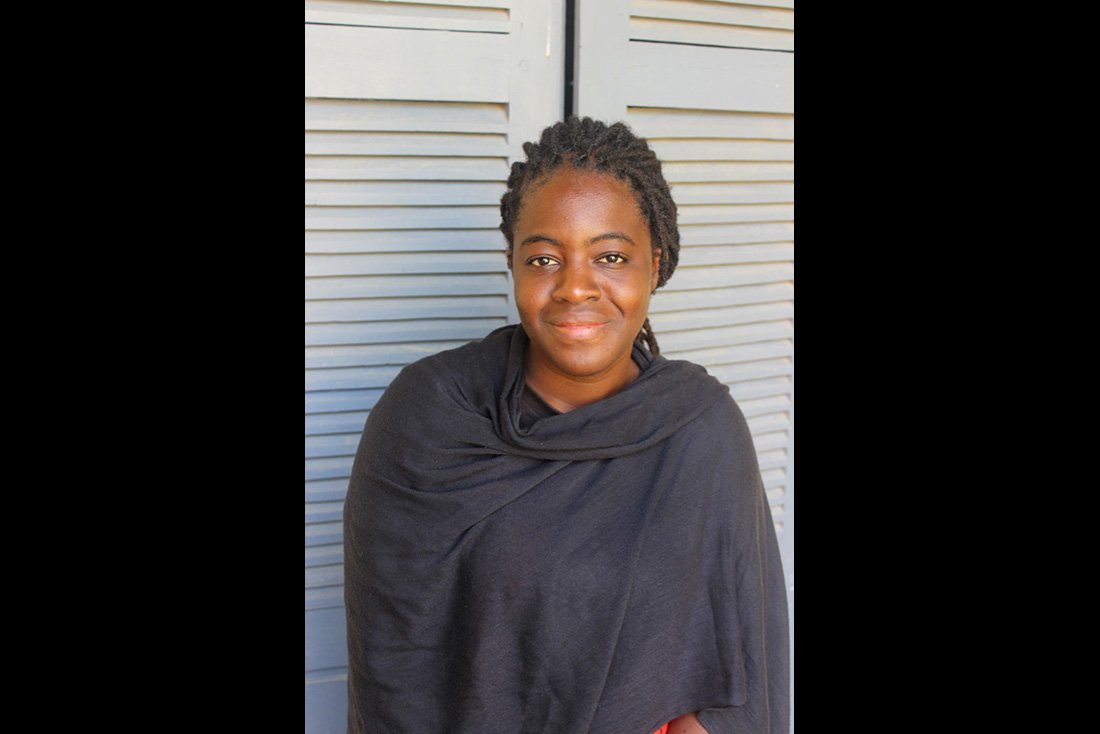
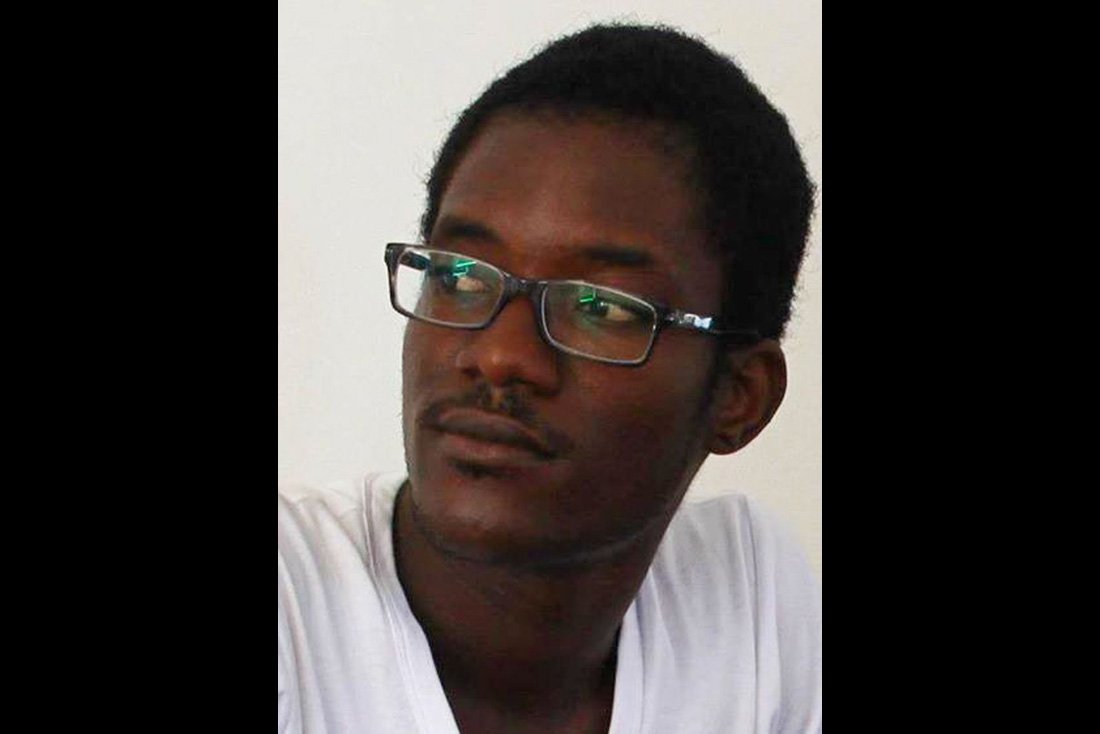
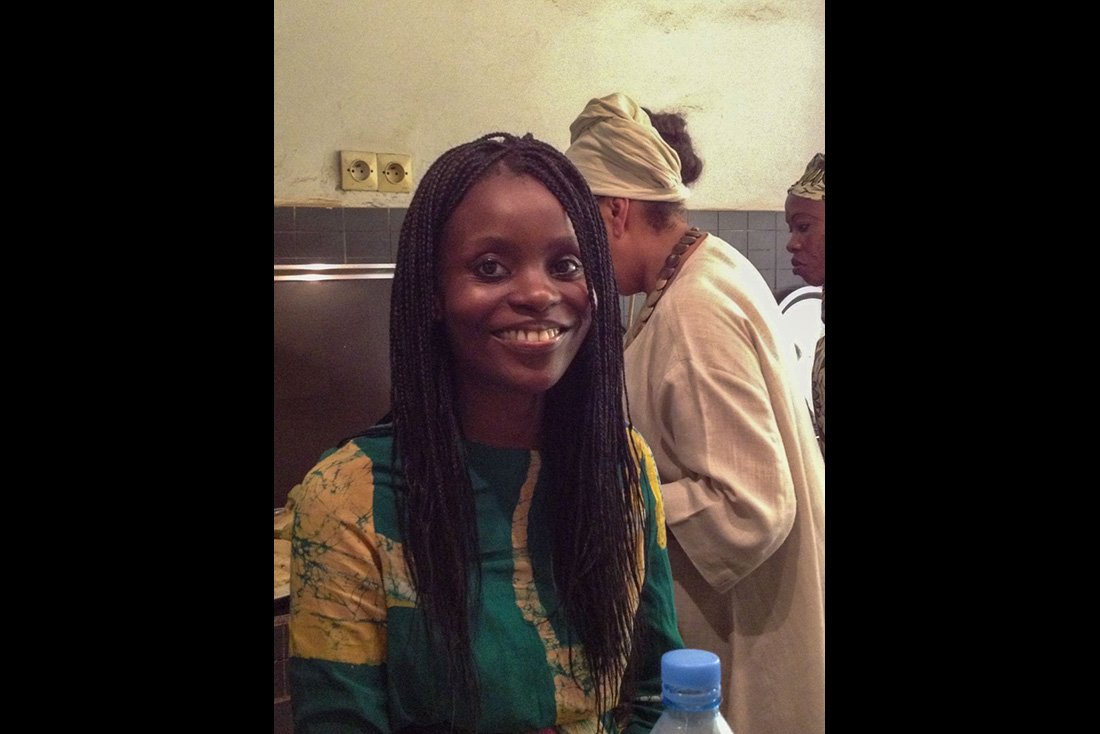



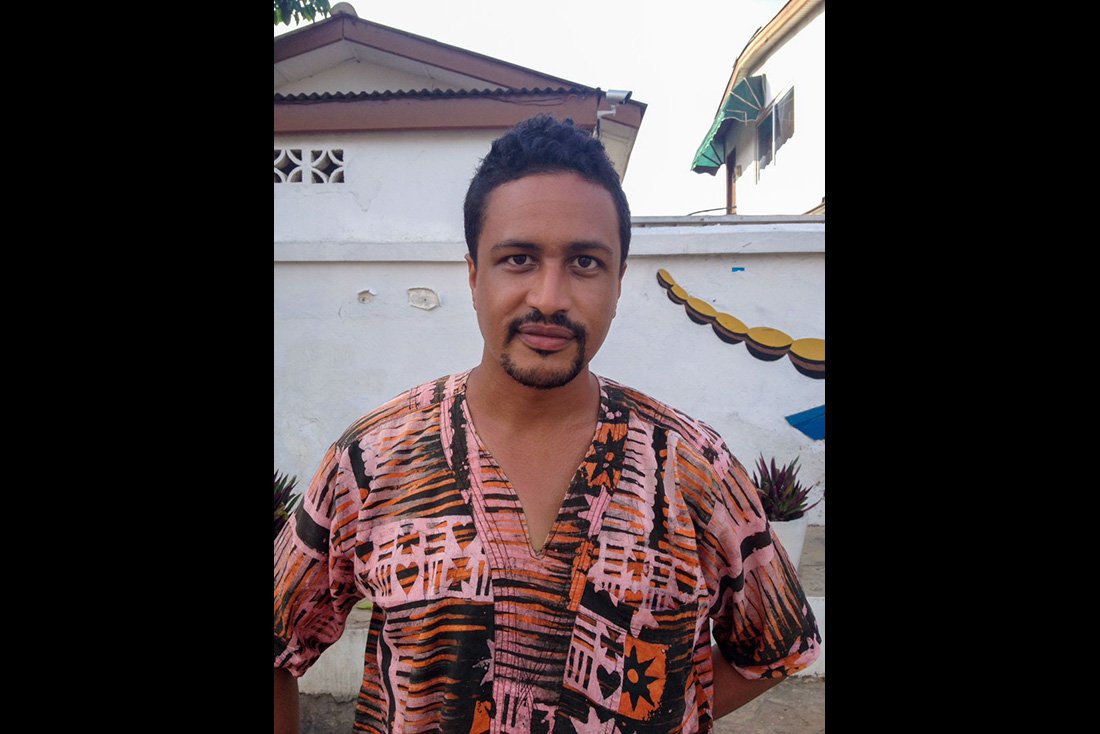
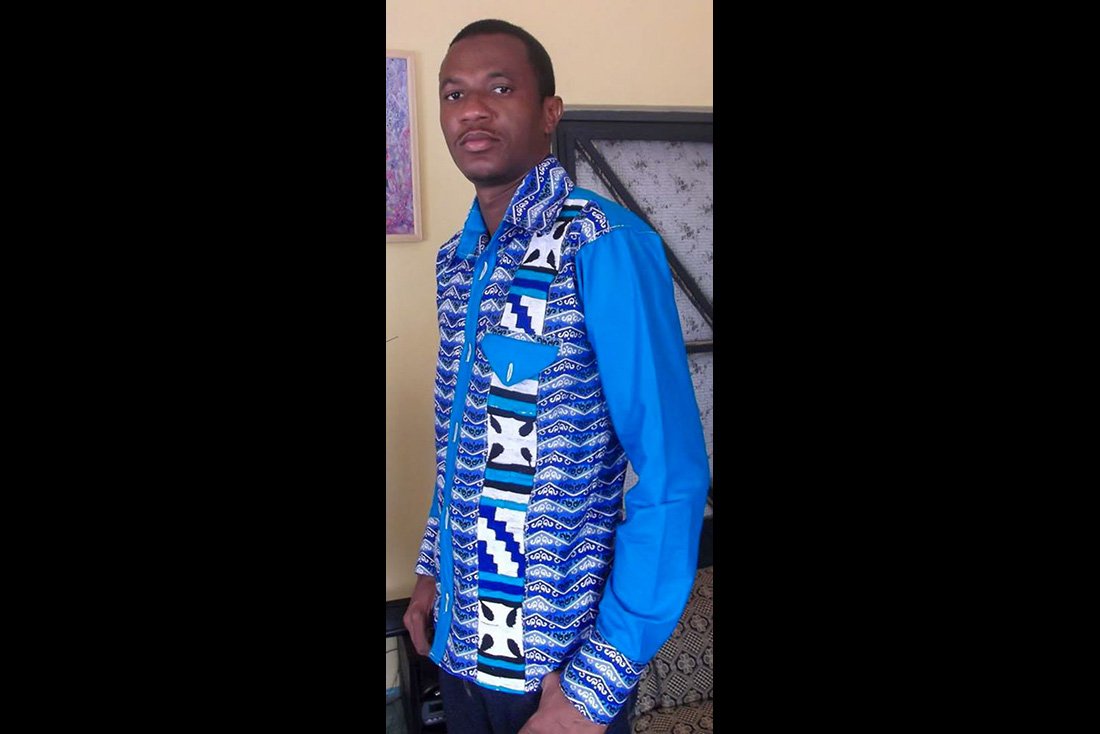
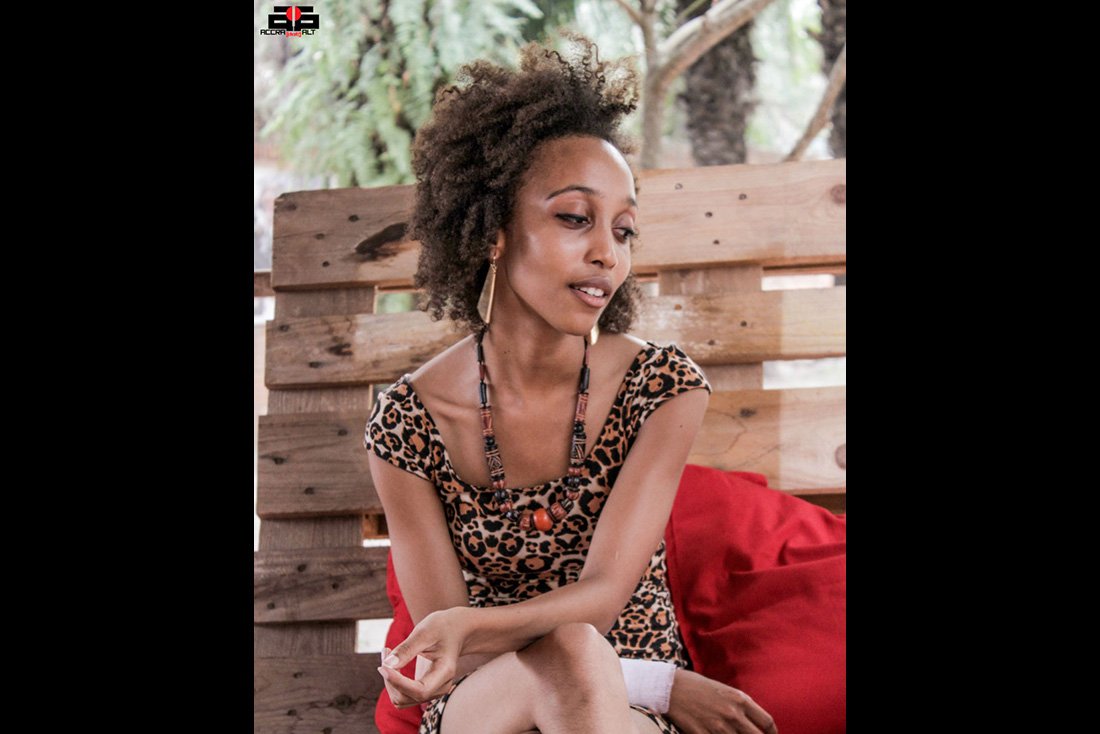

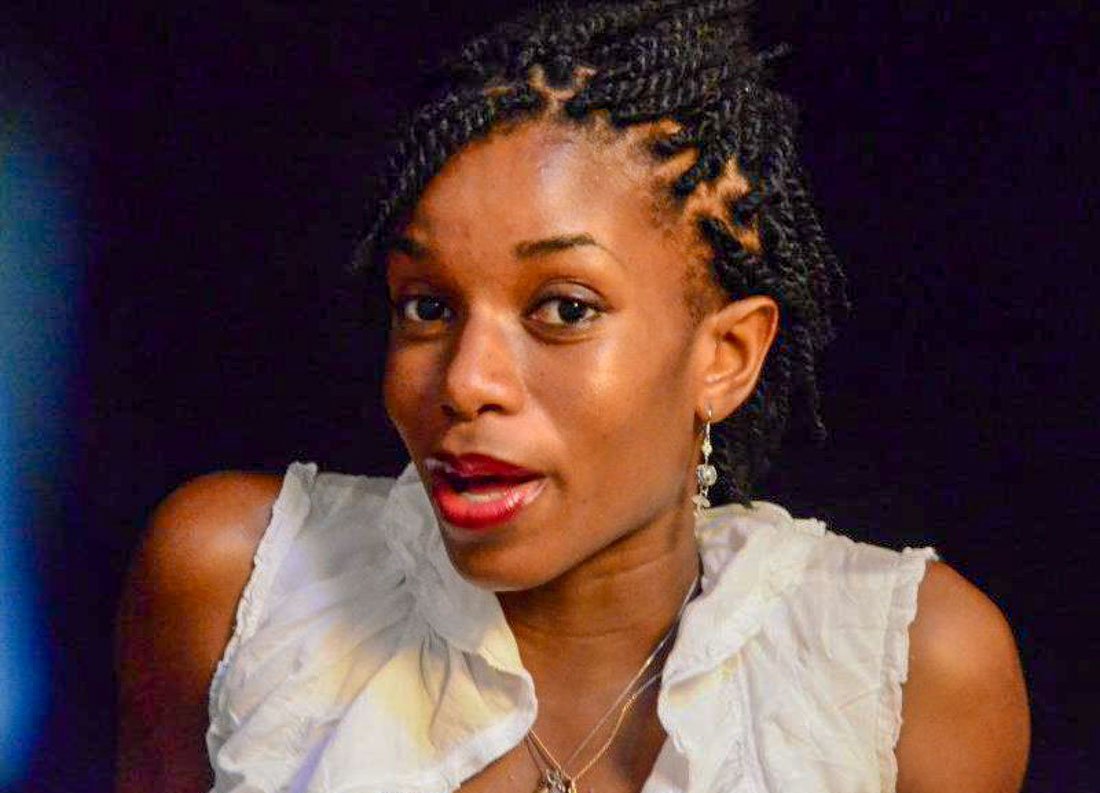
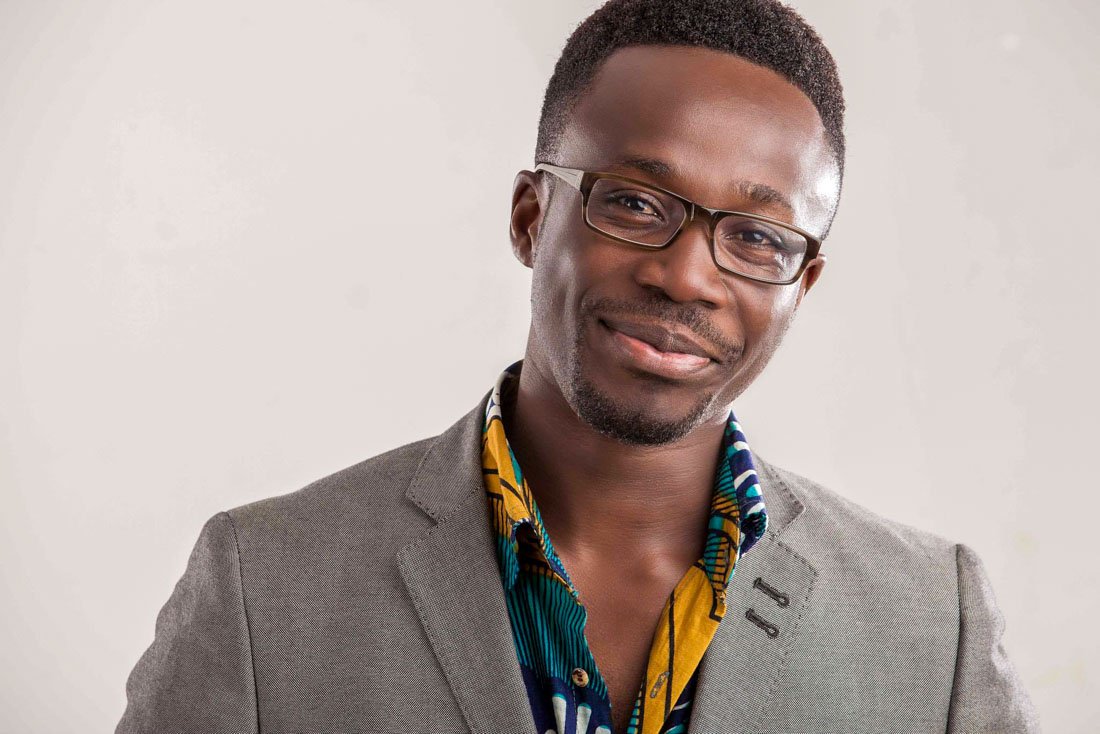

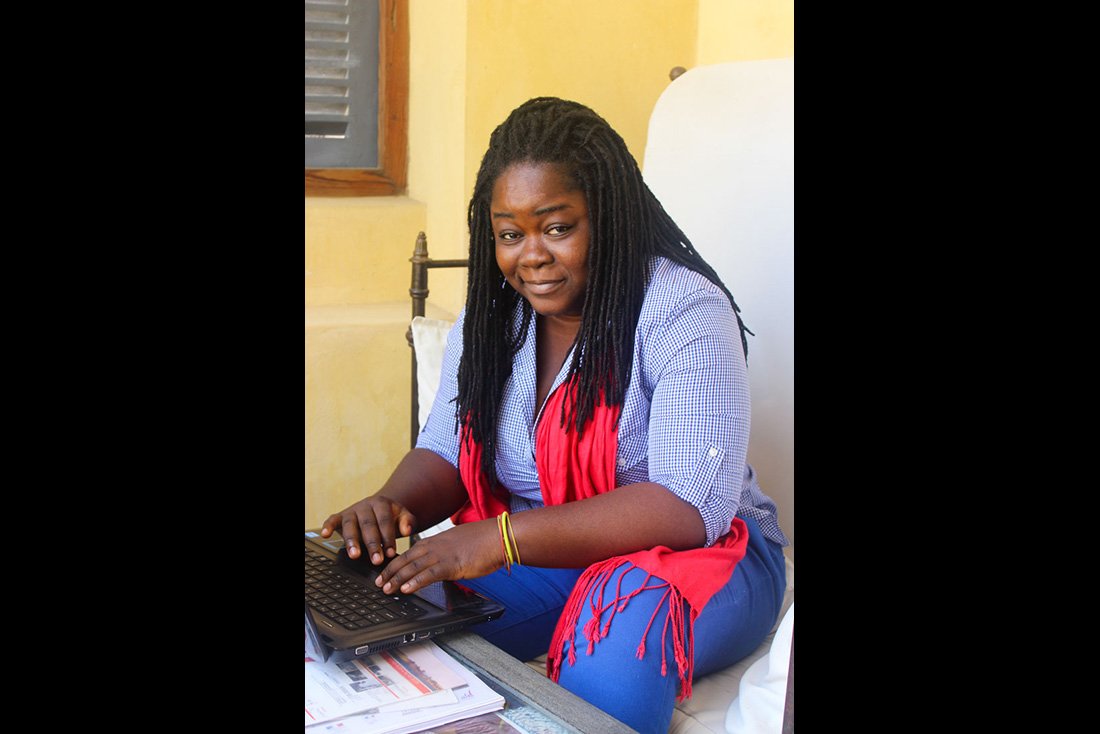
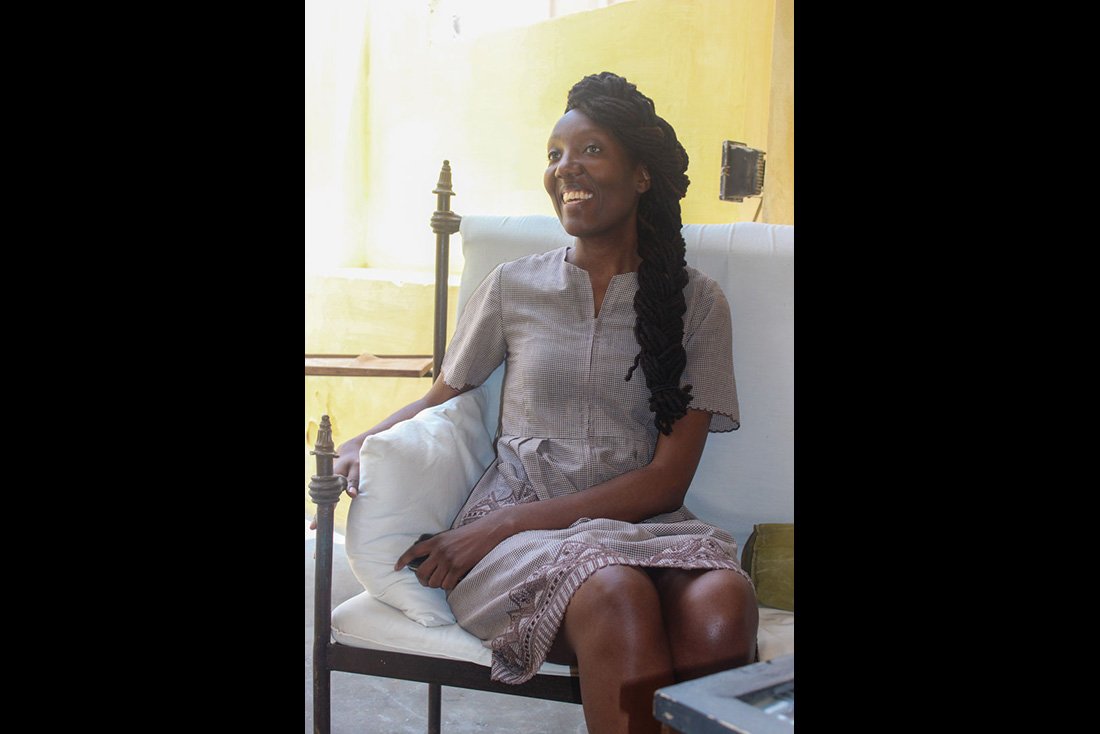
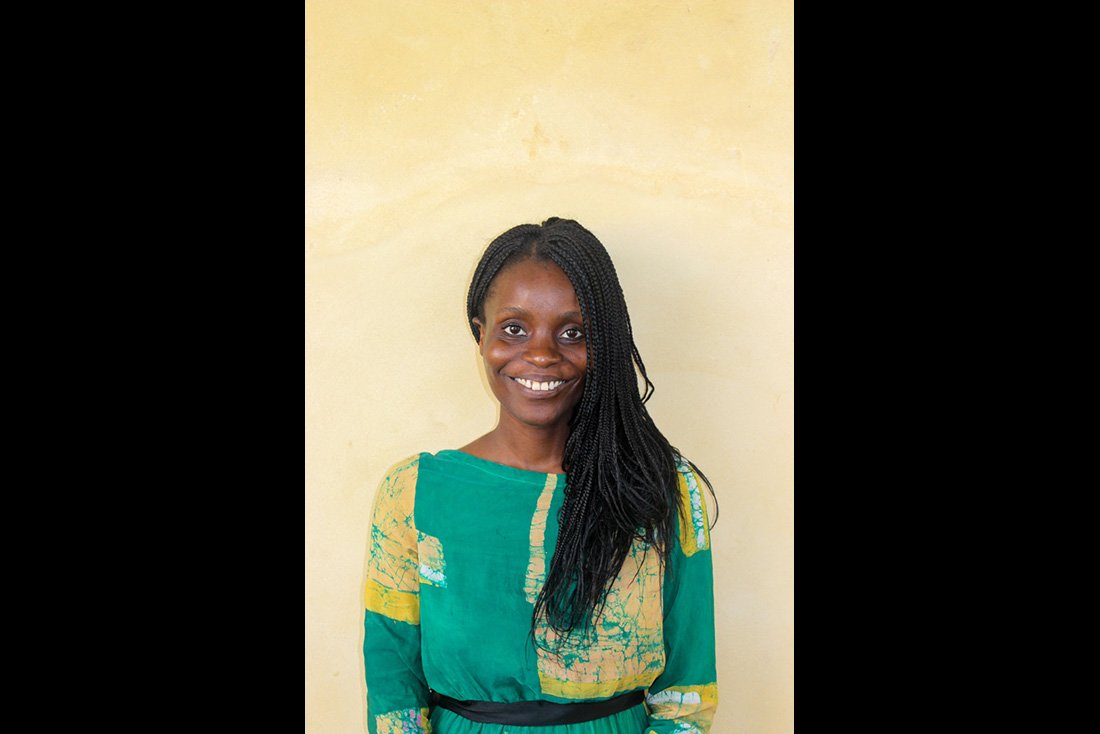
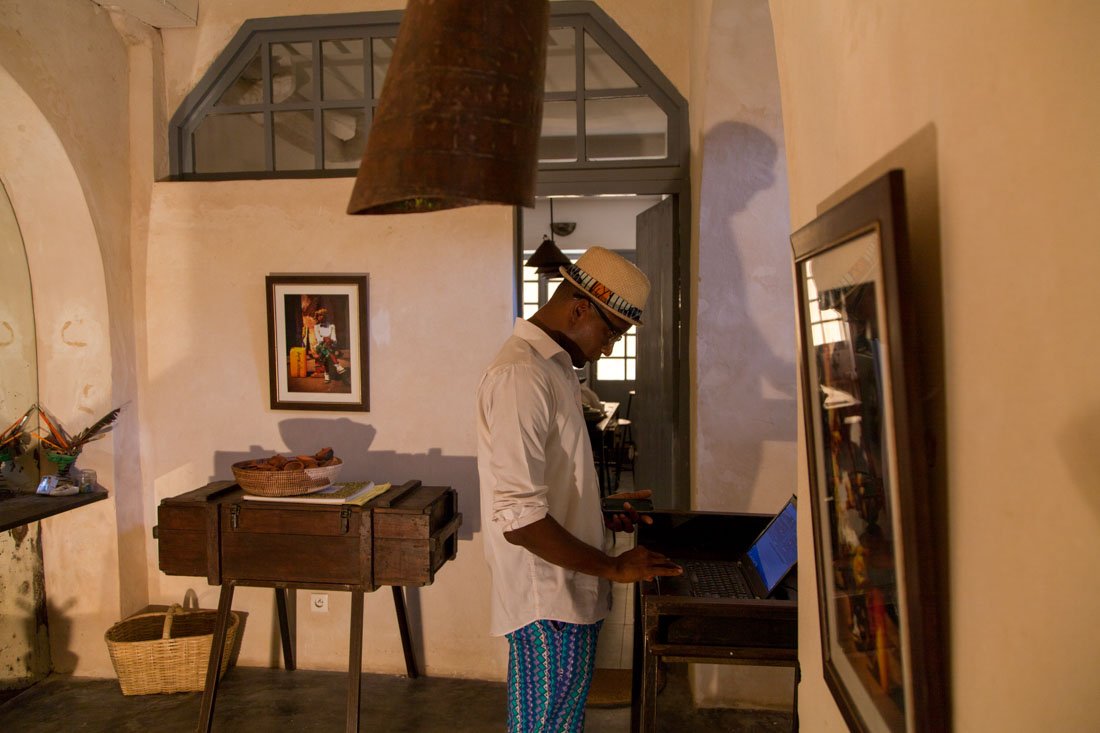
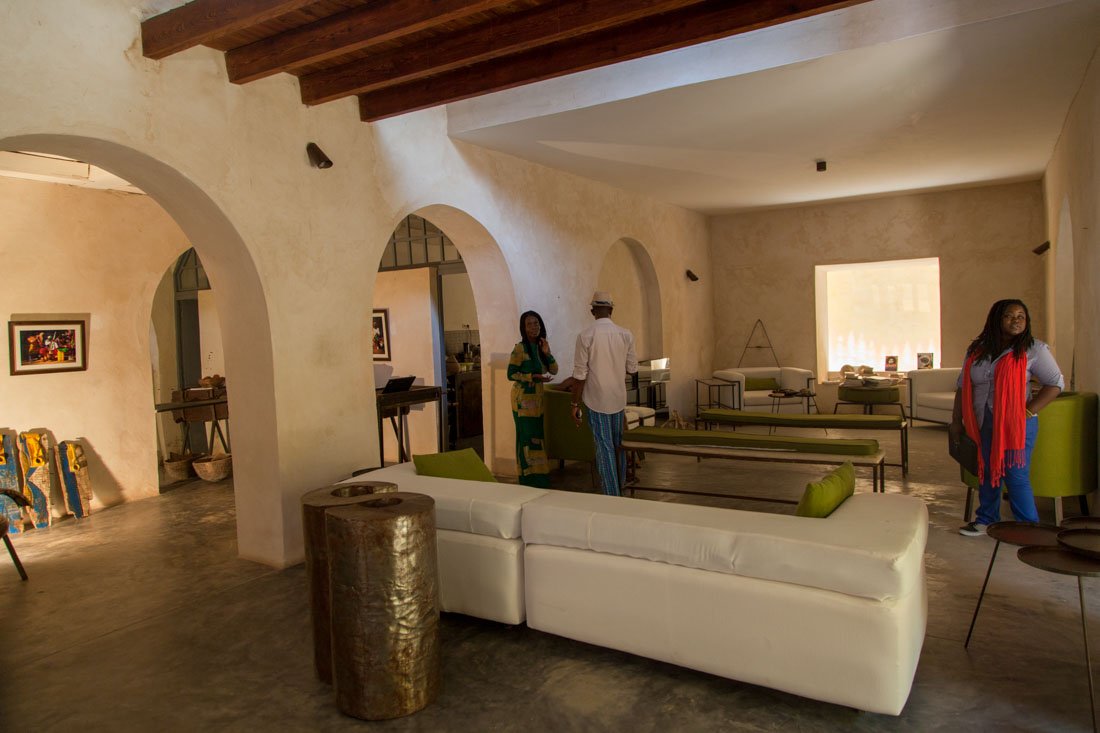
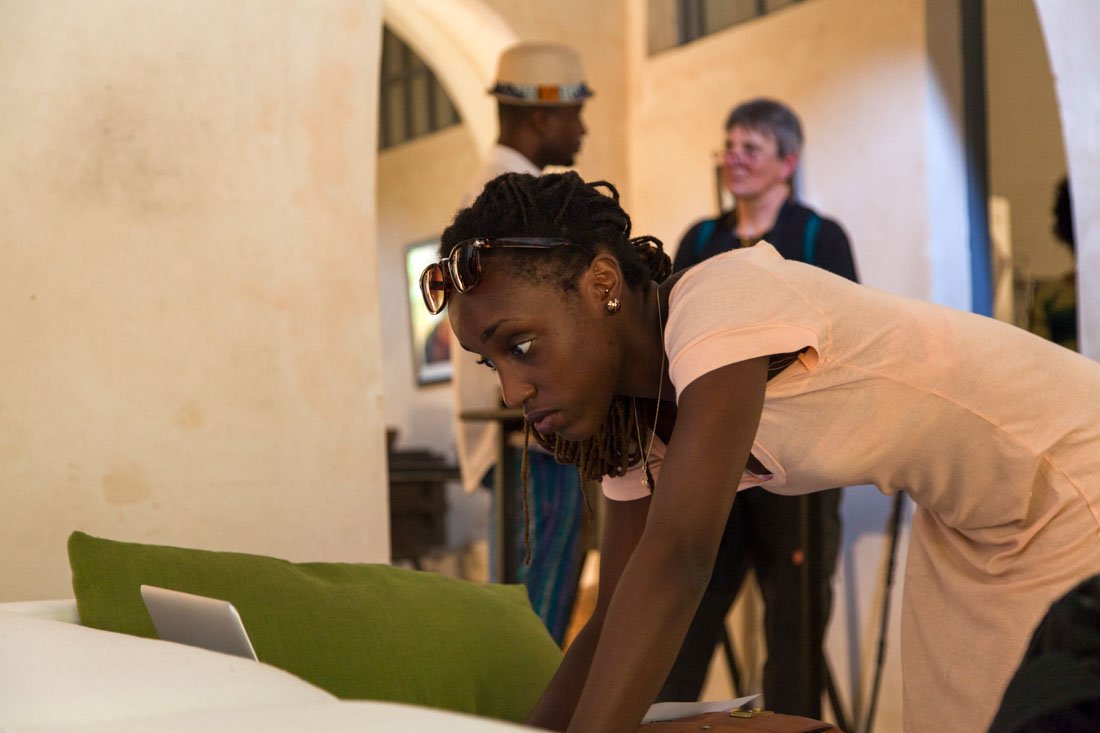






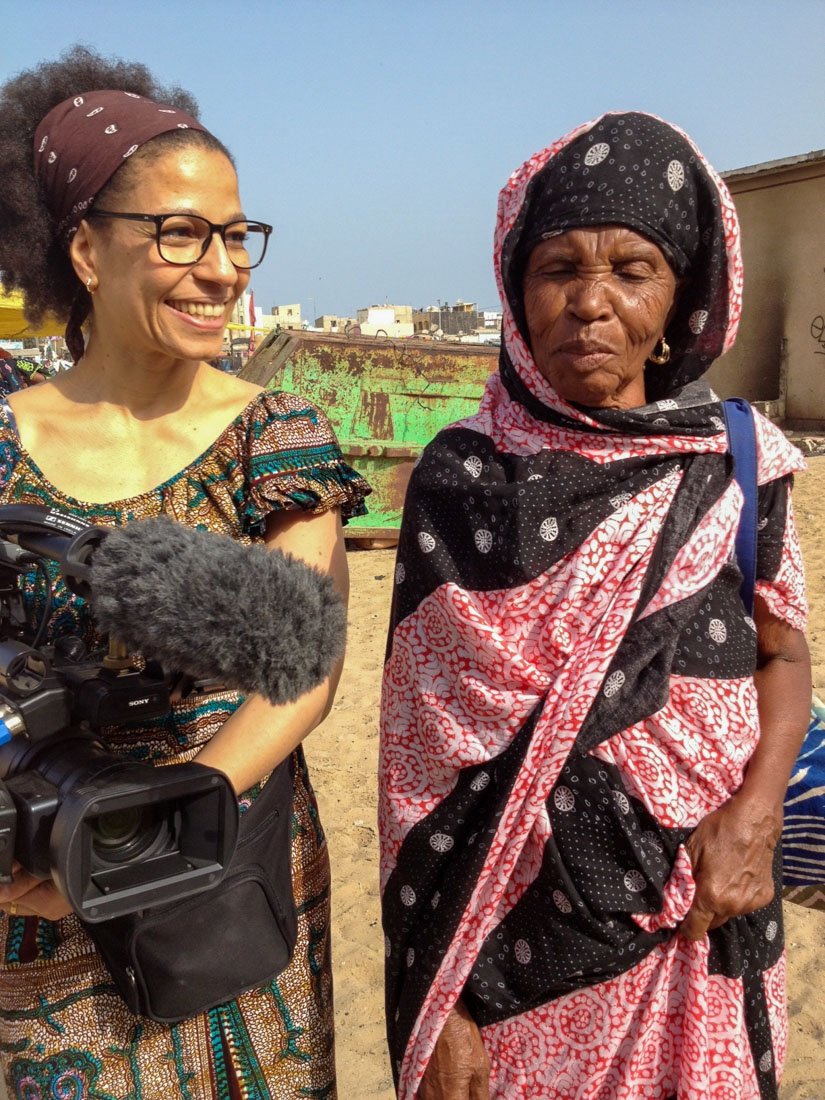
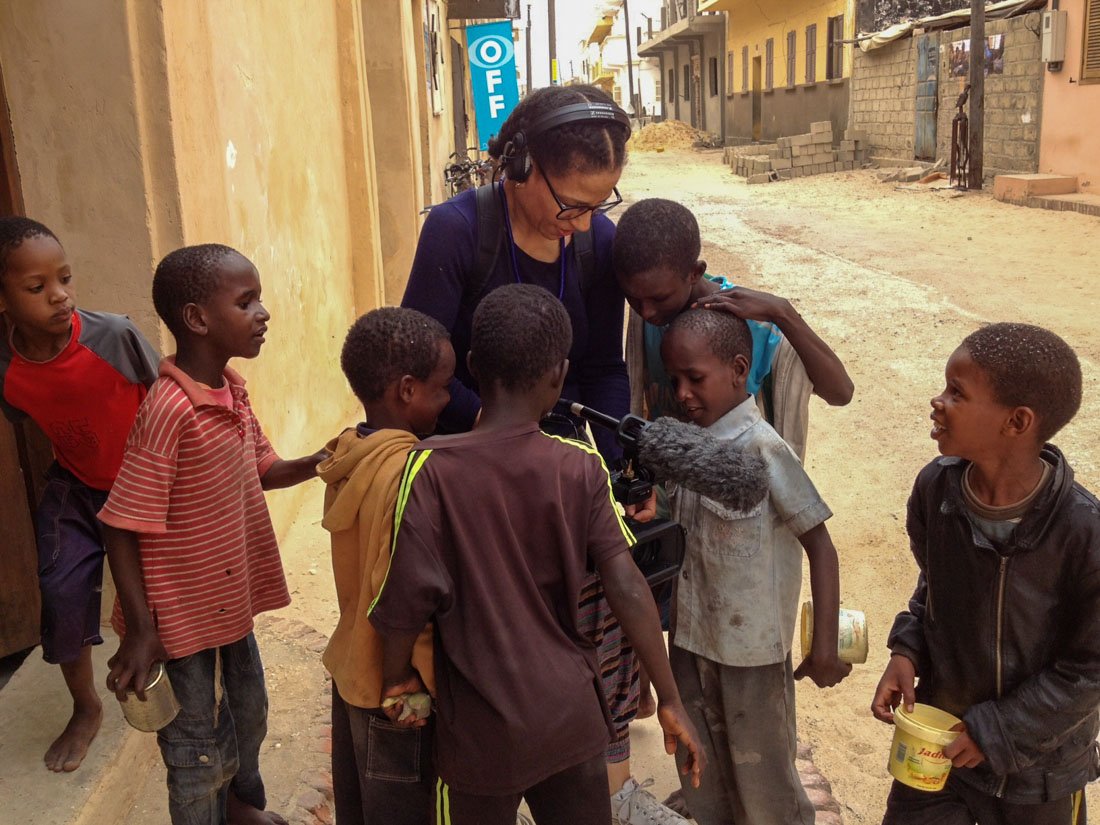
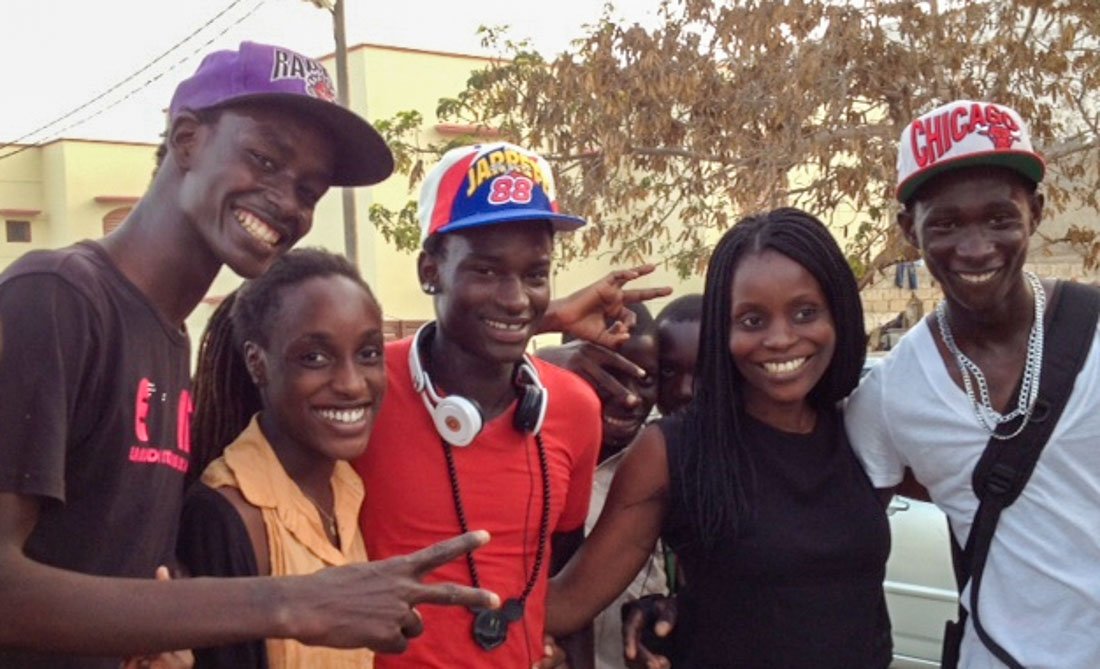
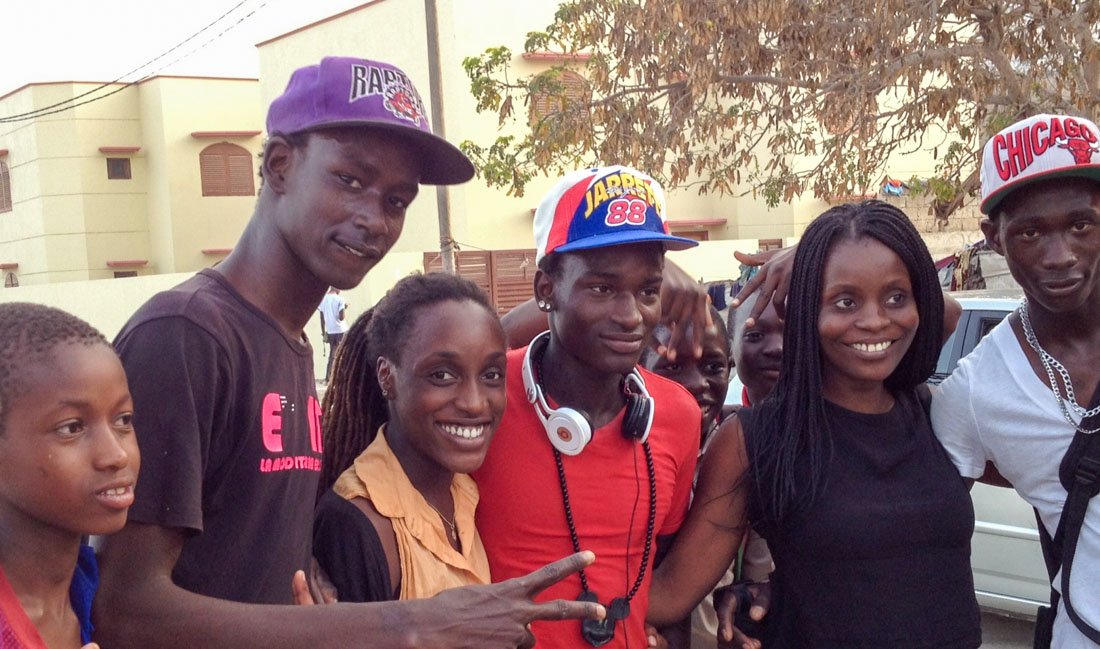
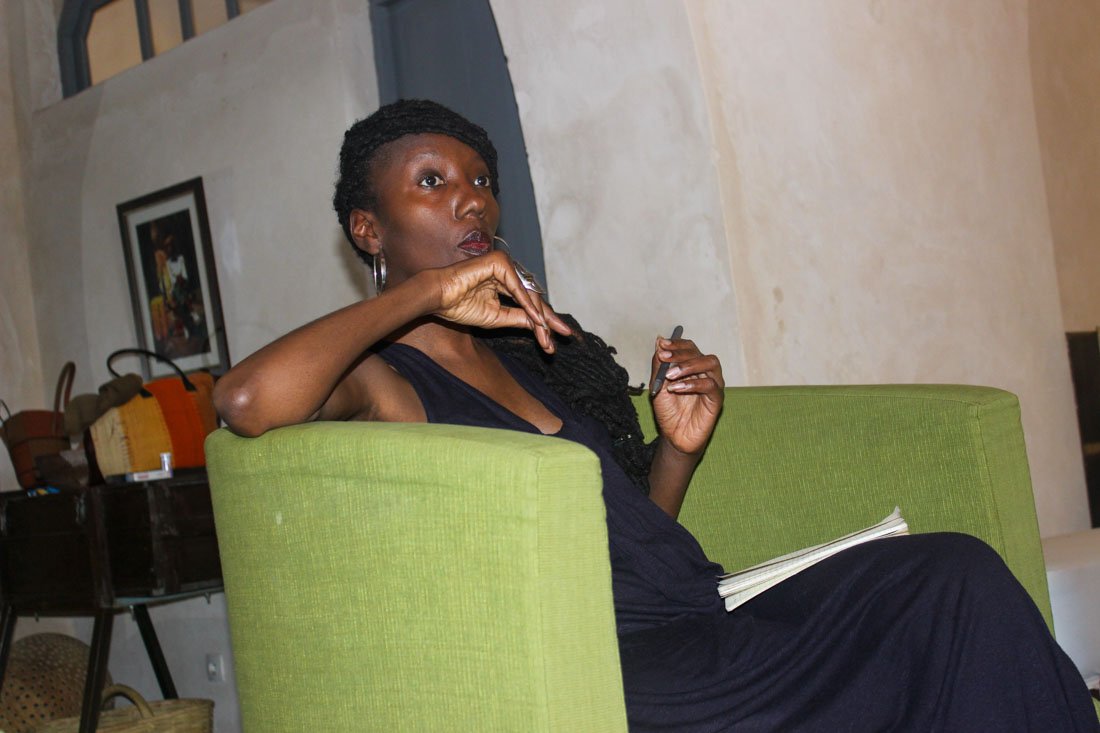
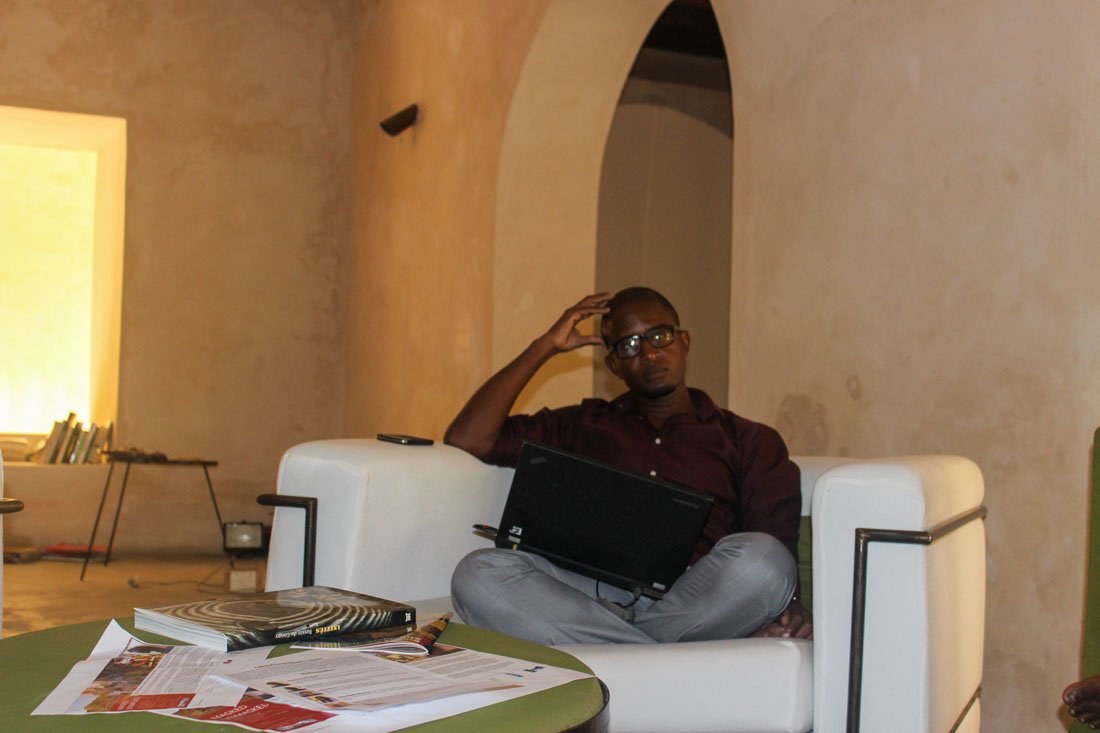
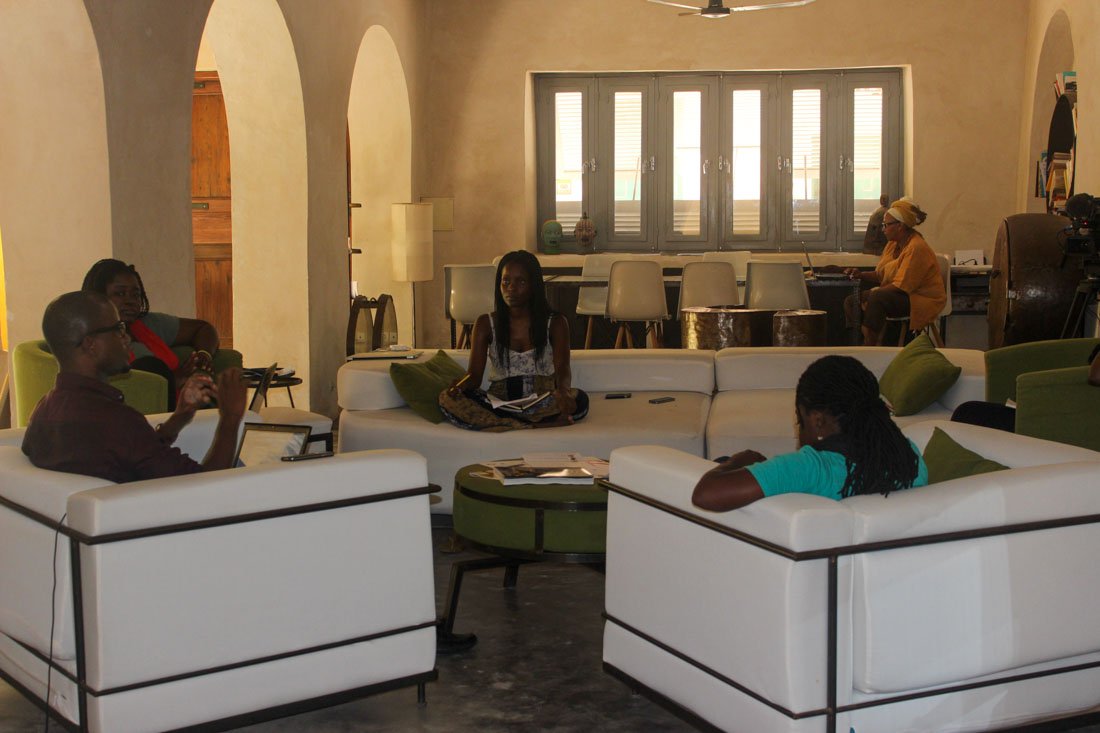
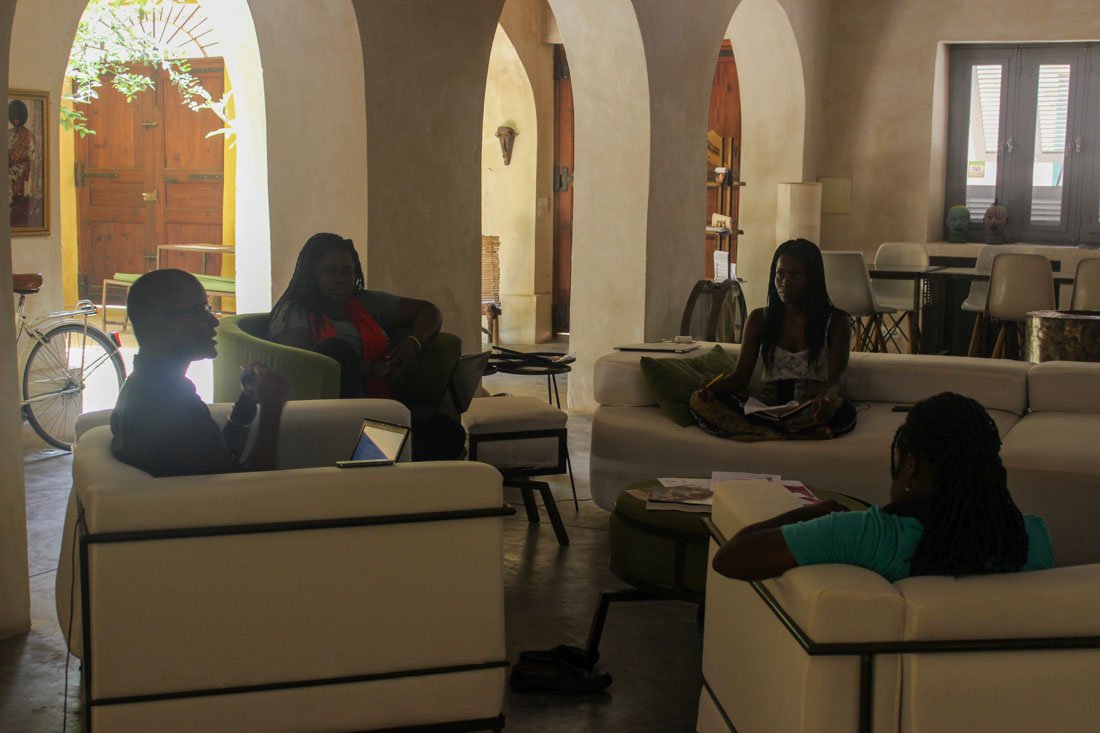

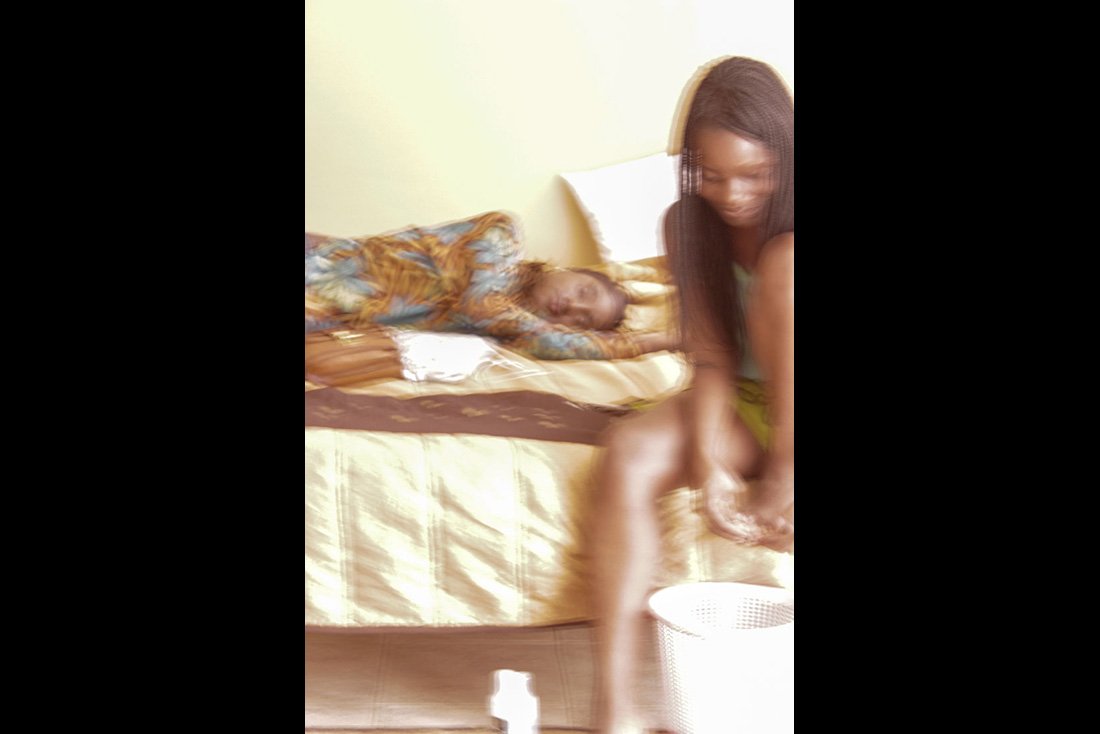
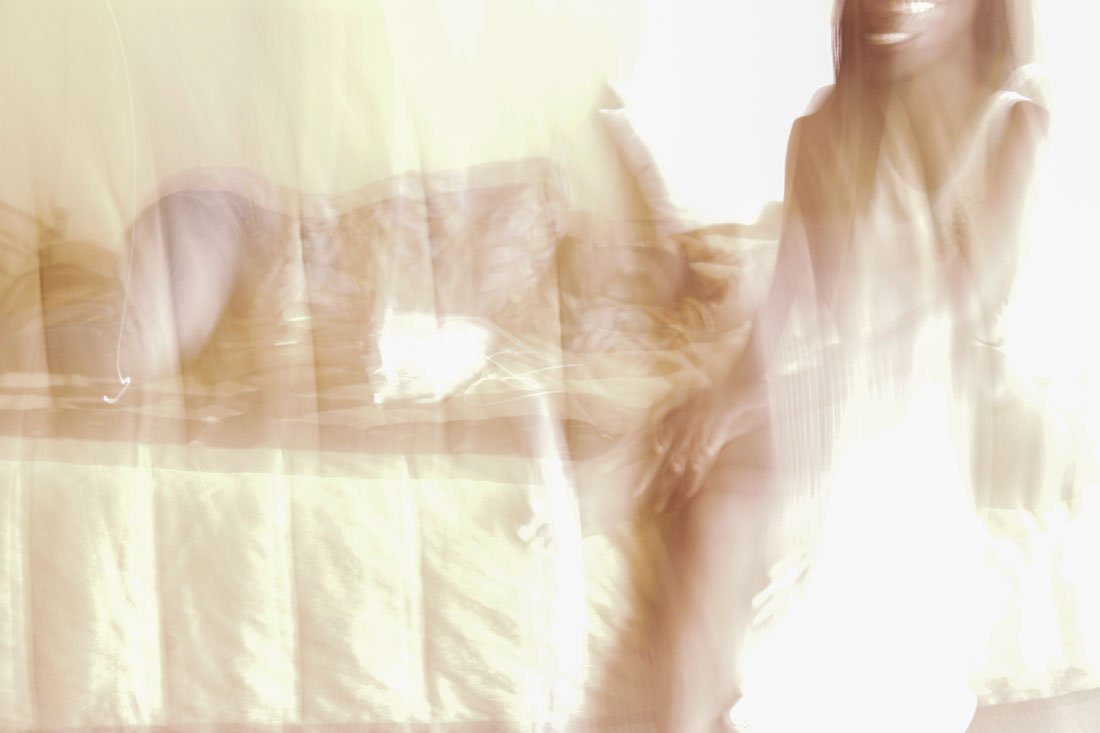
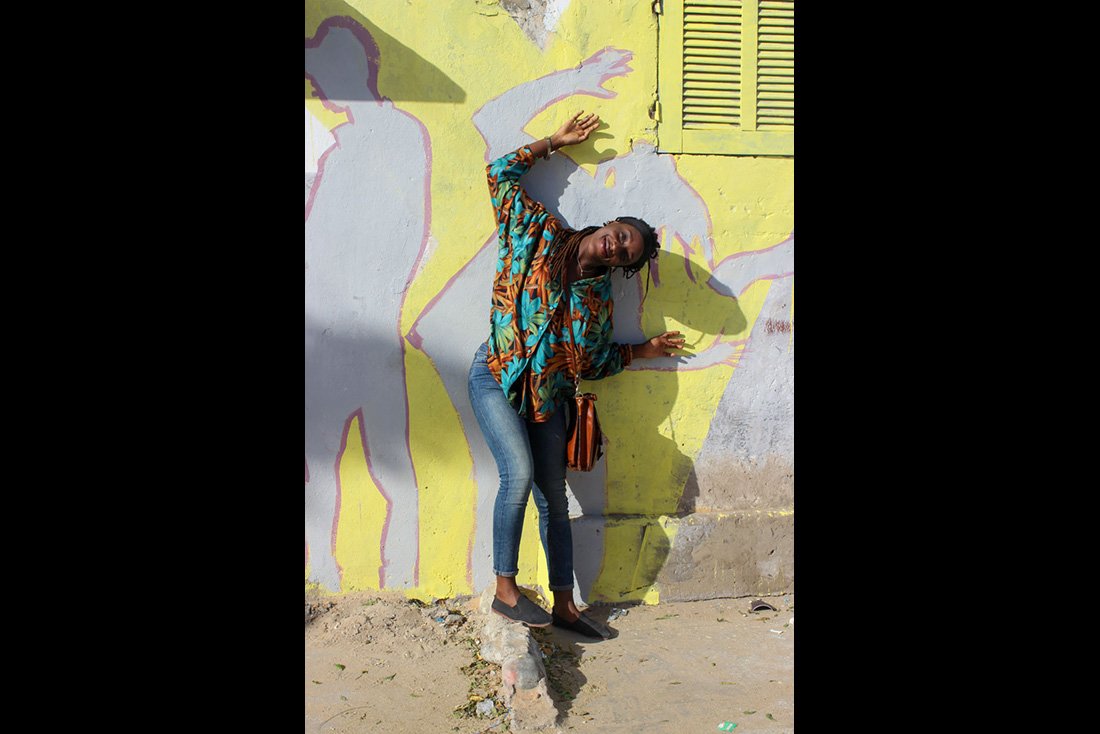
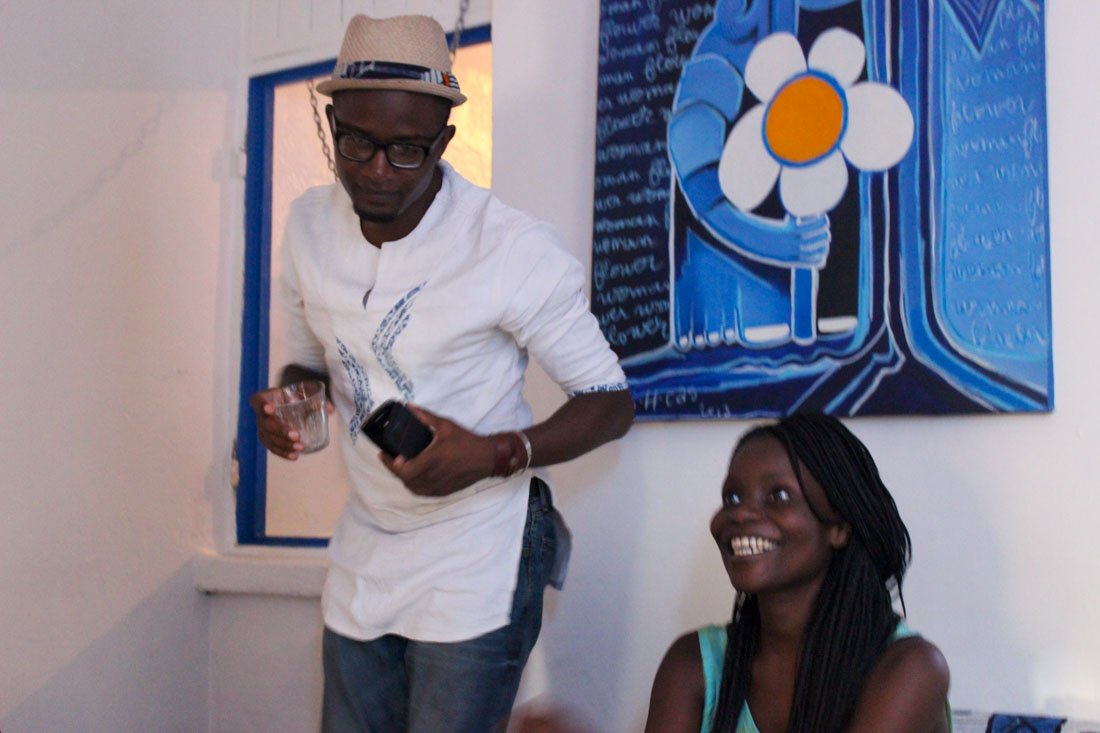
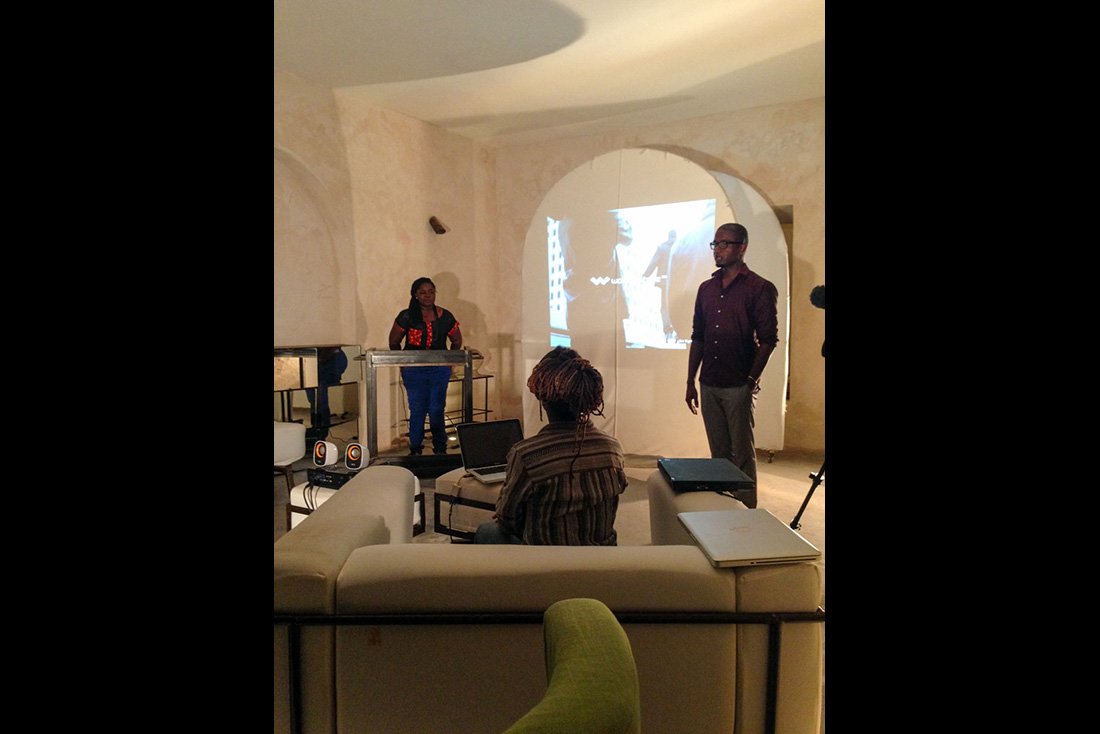
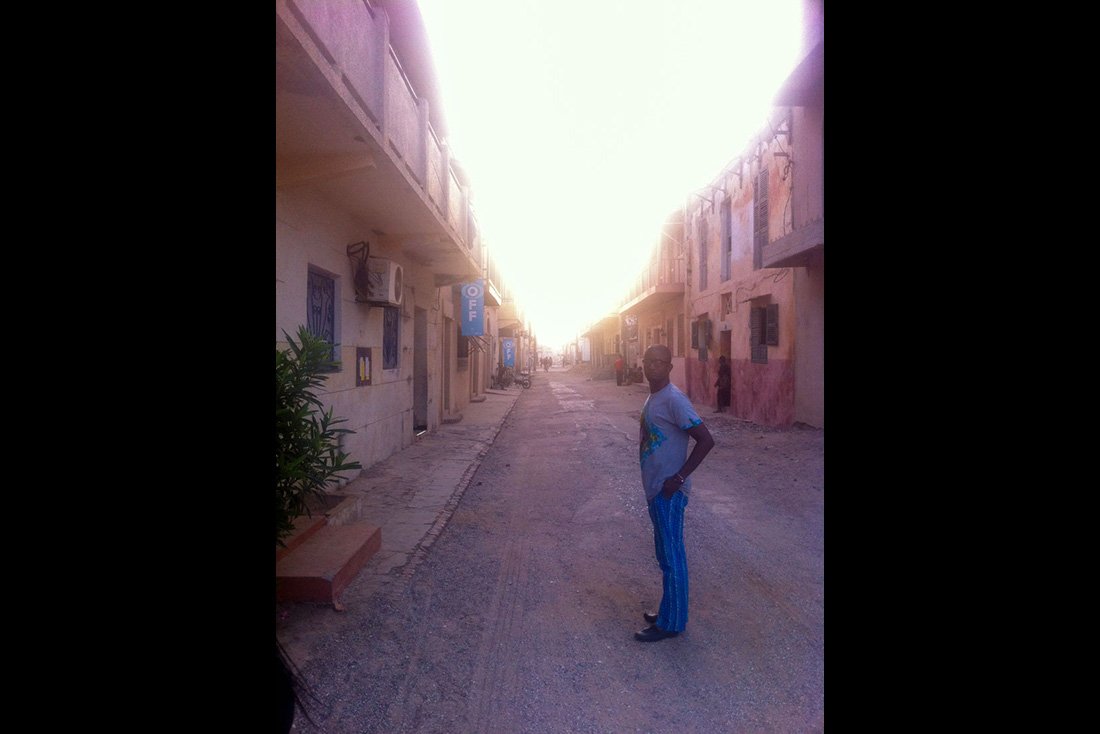
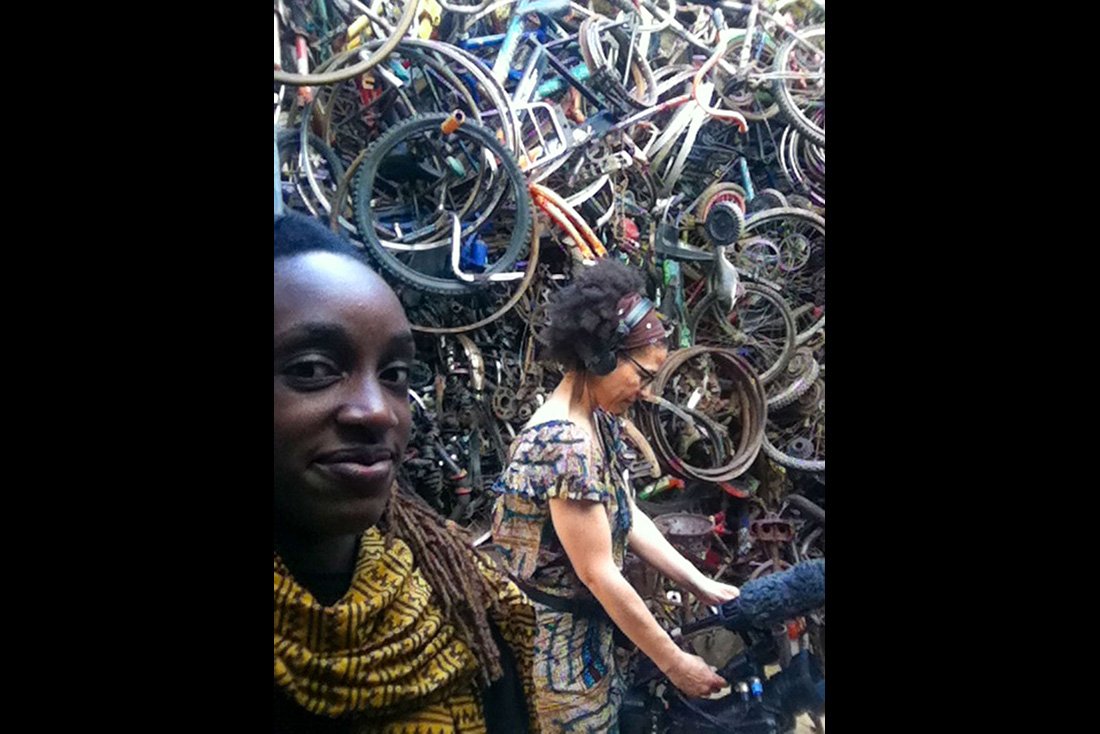
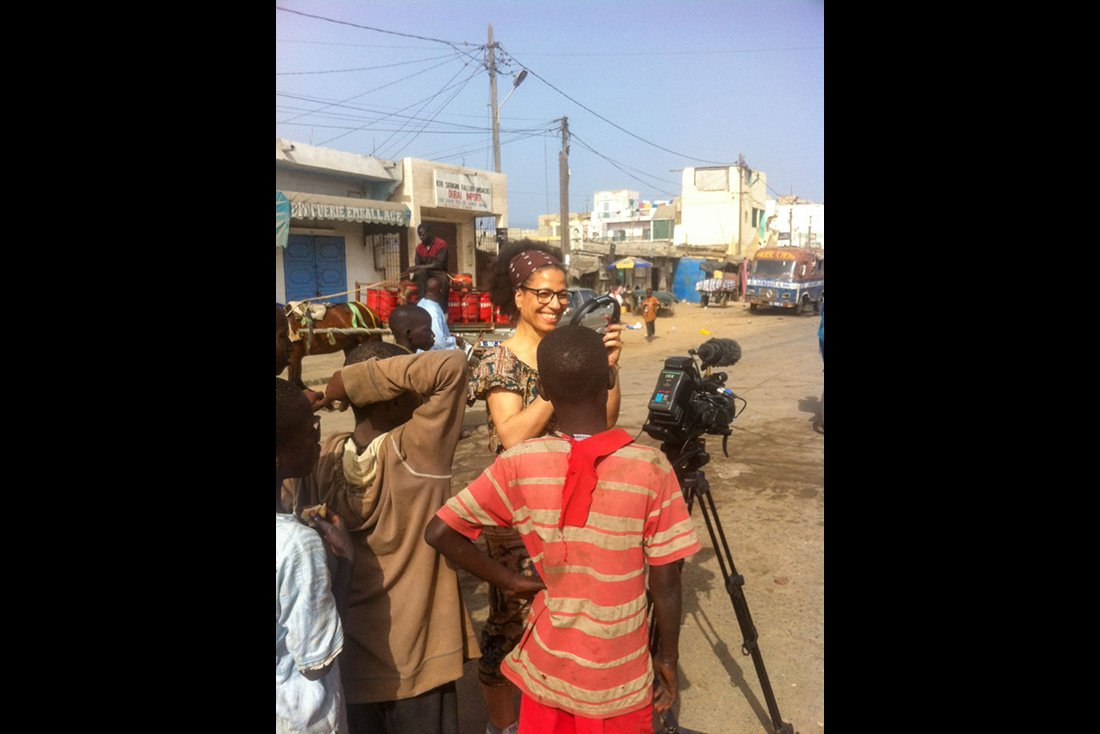
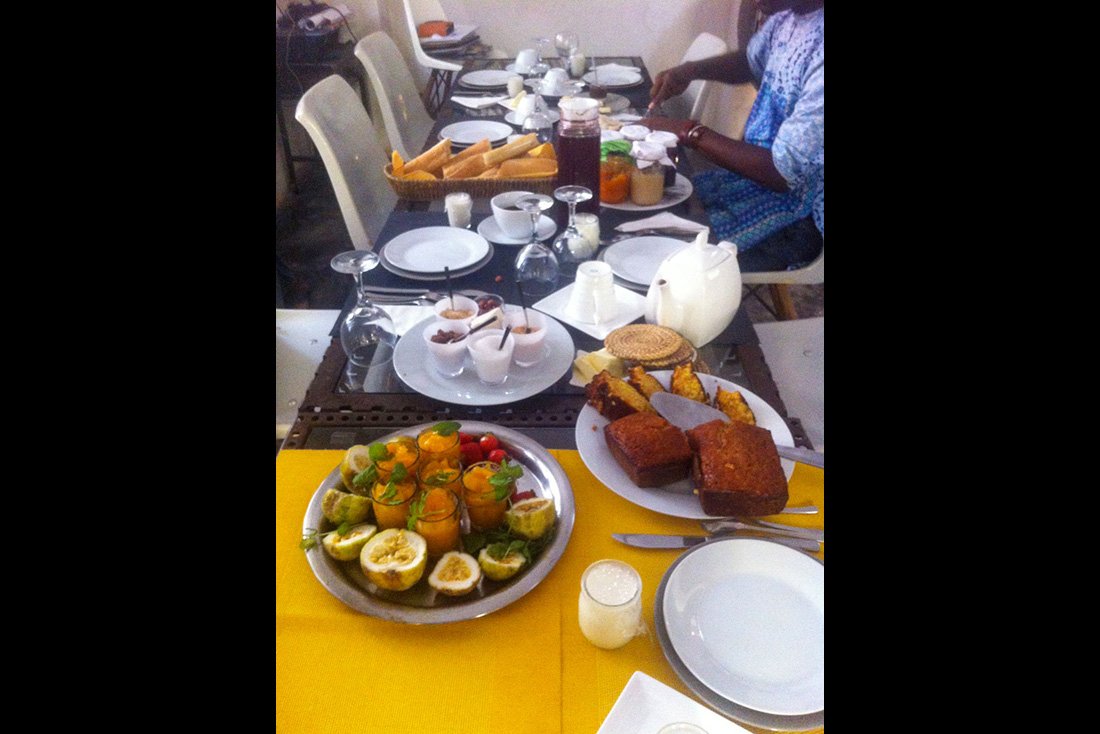
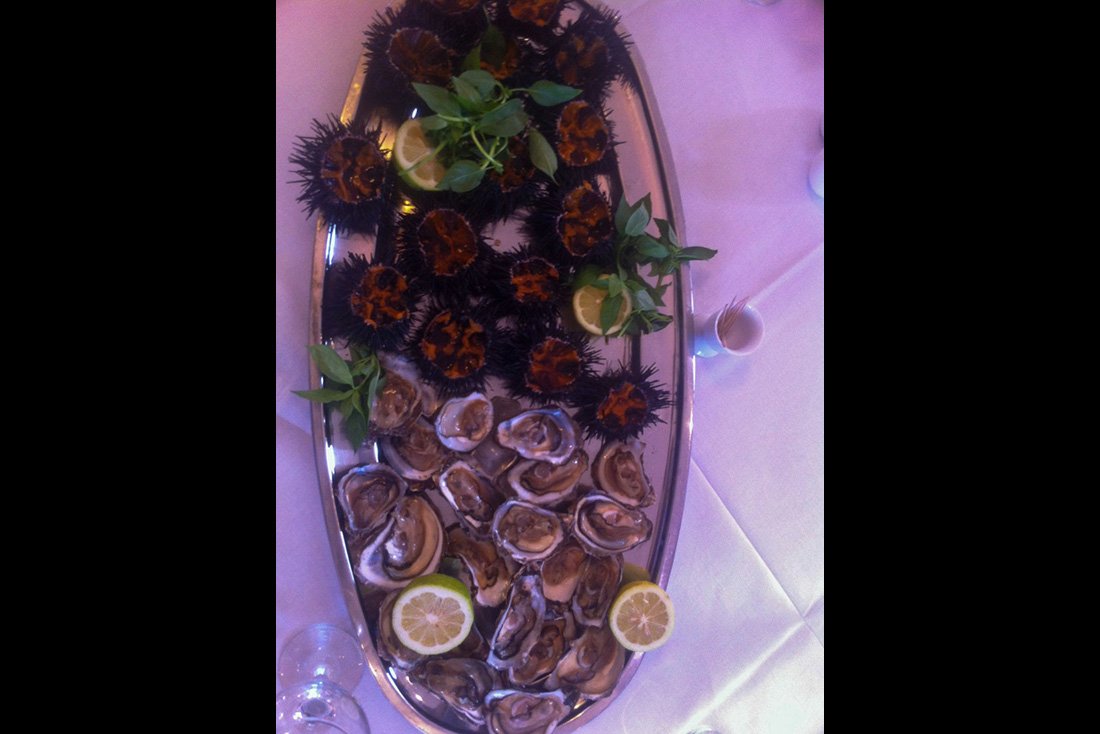

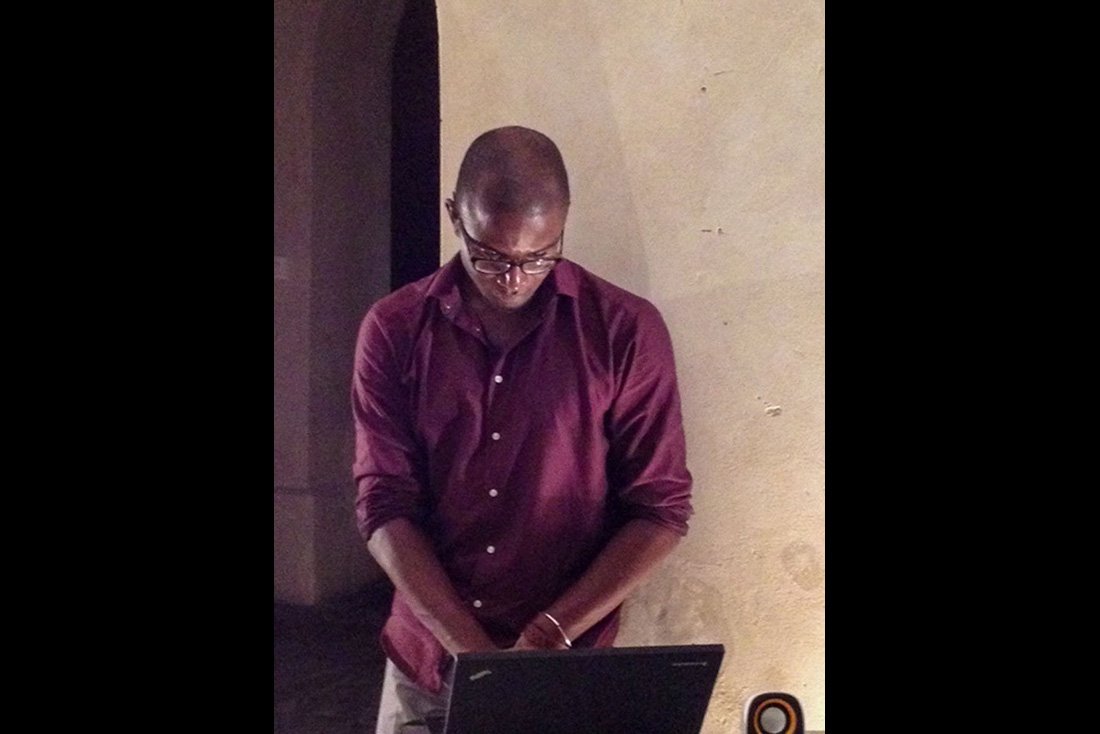

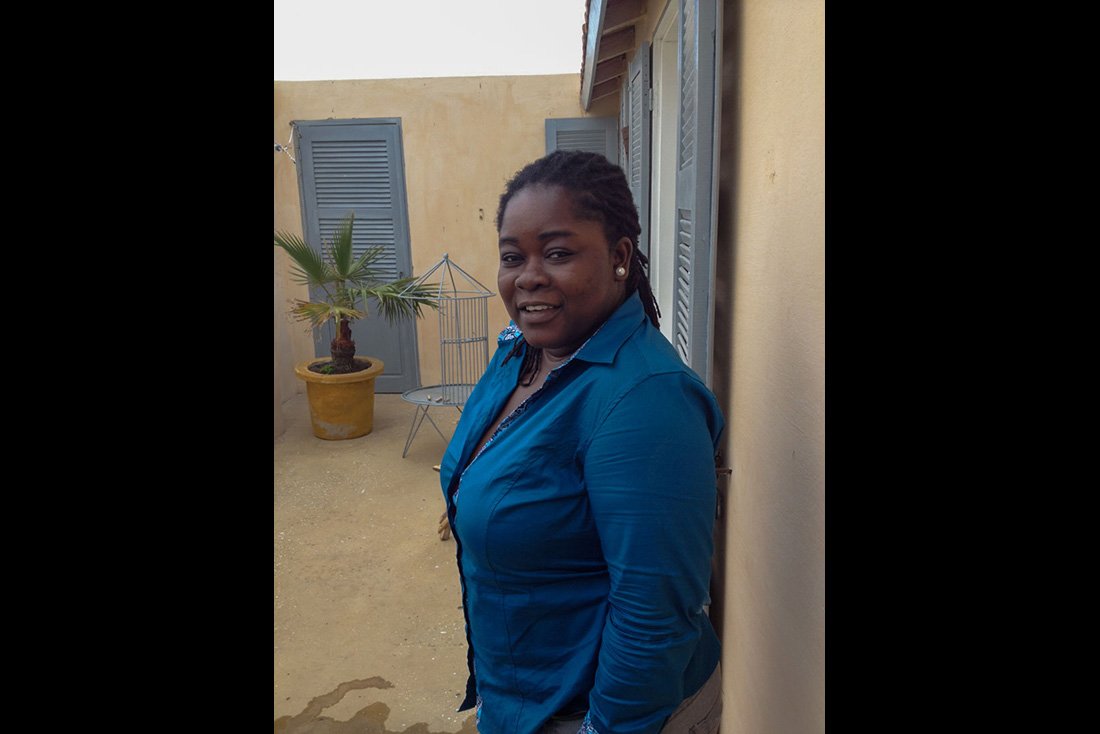


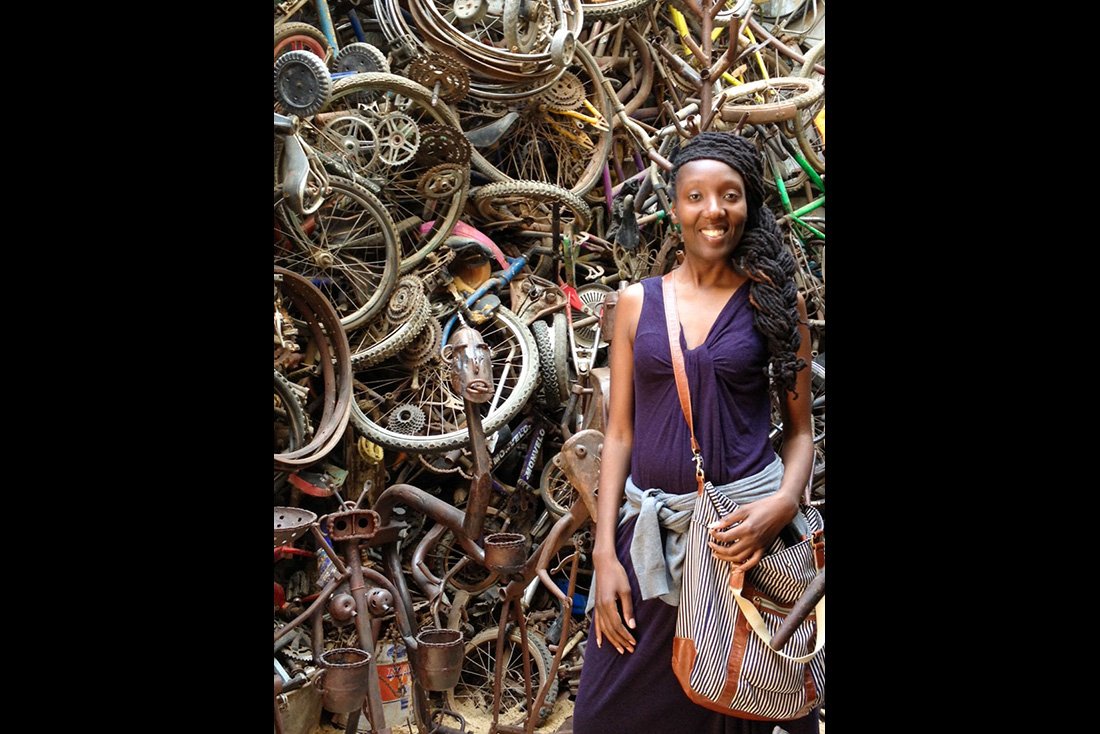













































































































































































Masking or the Masquerade is often as much about what it unmasks or reveals as what it masks or hides.
Every once in a while, a group of artists emerges whose work, though entirely disparate in form or place or methodology, is so in tune with the spirit of the moment that they seem to have been created in dialogue with one another. One such group is currently emerging through the roots of Ghana and the many branches of its Diaspora.
To be in Ghana now is to hear a chorus of many different textures, – music, design, theatre, – that through their forms, question seemingly accepted ways of being, whispering of new ways one; discarding, retaining what is useful and remoulding. One of these creative reimaginings is of the classical form of the Masquerade.
Often starting from the personal, with the I (like in classical narrative forms such as the Ayan of the Akan), then having it represent the many. In Larry Achiampong’s work, his Cloudface, embedded in his personal, but also the ubiquitous and recognisable iconography of West African homes in the Diaspora, – the thick soft carpet, the glint frames, the patterned wallpaper, – becomes a form of protest, of marking out difference.
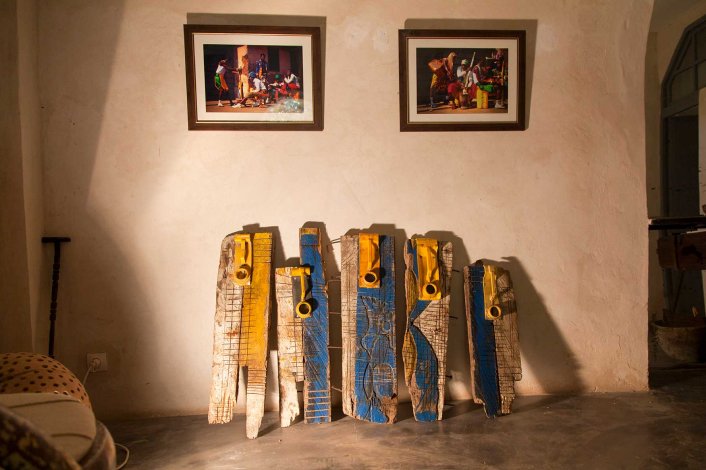
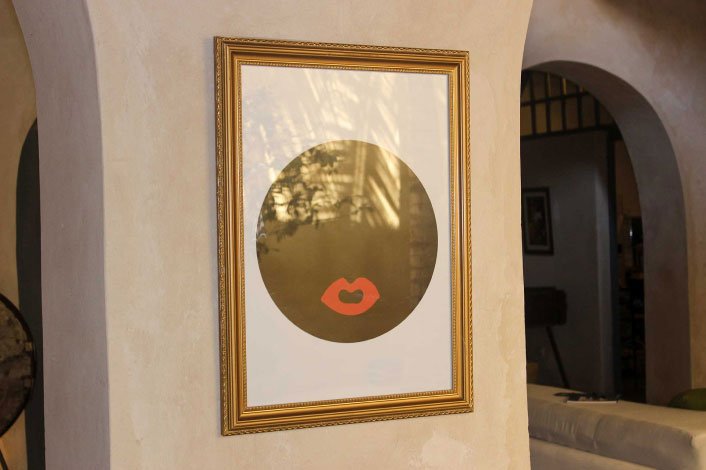

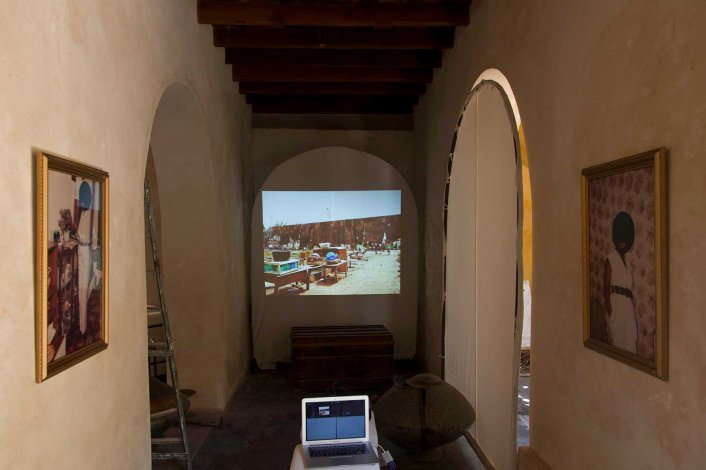
In Zohra Opoku’s work, with its starting point of growing up Ghanaian in the former East Germany with no reference or image to represent herself; masks as protection, materials and fabrics as armour; markers, of identity, of layered communication.
Serge Attukwei Clottey uses sculpture and his theatre group Golokal to explore one of the concrete purposes of masquerade, the peformative retelling and passing down of history, to delve into the stories of his own personal provenance as well as more collective ones, adding his own embellishments and marks so that though the essence comes through, each time it is constituted anew.
In Elisabeth Efua Sutherland’s experimental play Dreamscape, masked dancing figures traverse six worlds, following through the premise of what happens if the abstract, in the shape of our fears, is made real.
Ibrahim Mahama masks market places, railway bridges, museums with commonplace jute cloth, repurposed sacks used first for cocoa and then charcoal, renders the familiar unfamiliar, so that unconsciously perhaps we begin to see things as we might not have before.
The exhibition takes place for the inaugural workshop of the long-term Cultural Encyclopaedia project. Frustrated by the context within which our work was received, either too simply or erroneously complicated, I conceived of the Cultural Encyclopaedia as a means of providing a wider spectrum, of taking back control of our own narratives. Both digitally and in print form, the Cultural Encyclopaedia will be a space of information, innovation, discovery and depth. Inspired by some of the historical ways of passing down knowledge, particularly the Adae ceremonies of the Akan, in which youths were able to learn from their elders.

The structure of the Cultural Encyclopaedia is such that researchers gather and document material (articles, essays, books, theses etc.) in a number of subject areas ranging from Art and Archaeology to Maths, Science and Economics, which form the cultural foundations of a country. The editors, accomplished, emerging specialists in their fields, make selections from the database of material published online for the printed versions; with the editorial guidance of recognised and well-established authorities. The Cultural Encyclopaedia aims in no way to be definitive, but rather heuristic, a starting point, and will eventually span 54 volumes to represent the countries of Africa. The first one, Ghana, is in progress, and the workshop will bring together its editors to discuss process and methodologies, as well as to connect them with the editors of the next Encyclopaedia, Senegal, putting in place a network, or stream of moving knowledge.
Artists:
Larry Achiampong
Serge Attukwei Clottey
Ibrahim Mahama
Zohra Opoku
Elisabeth Sutherland


